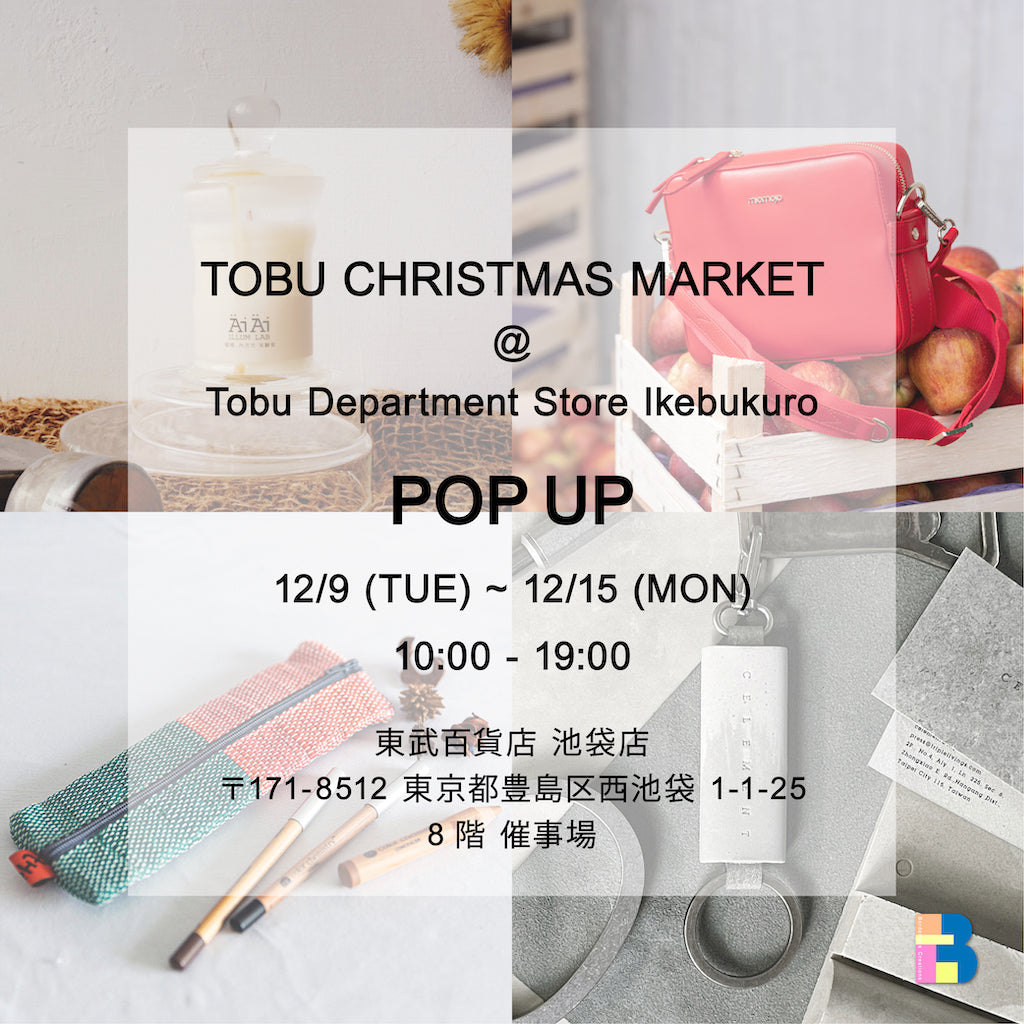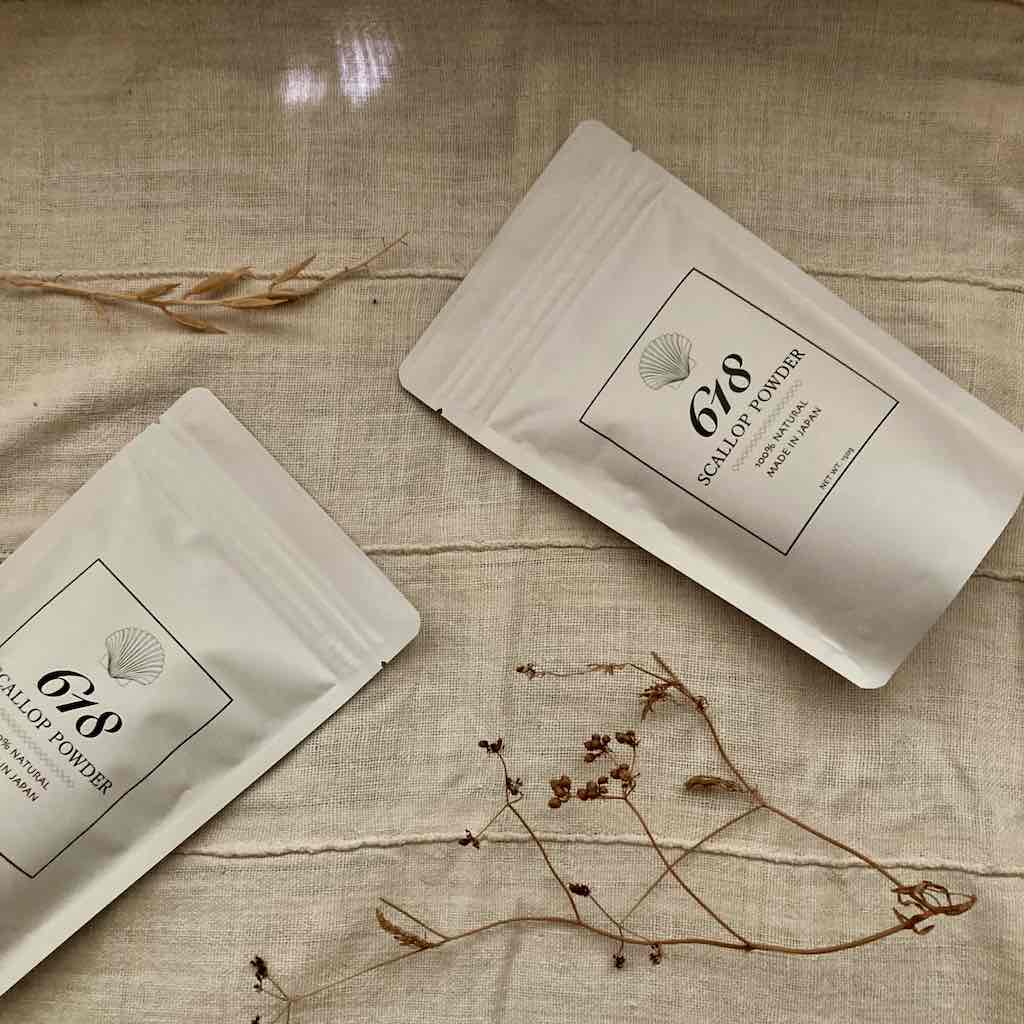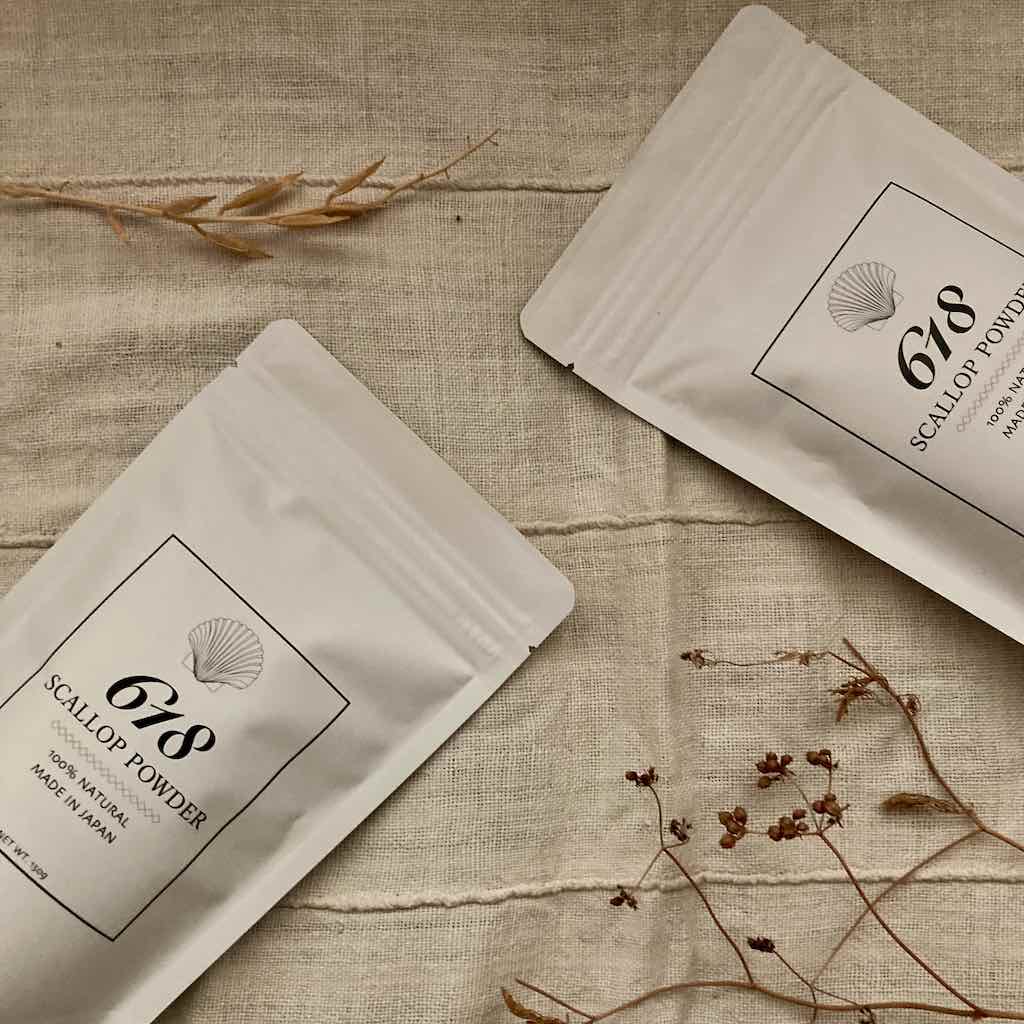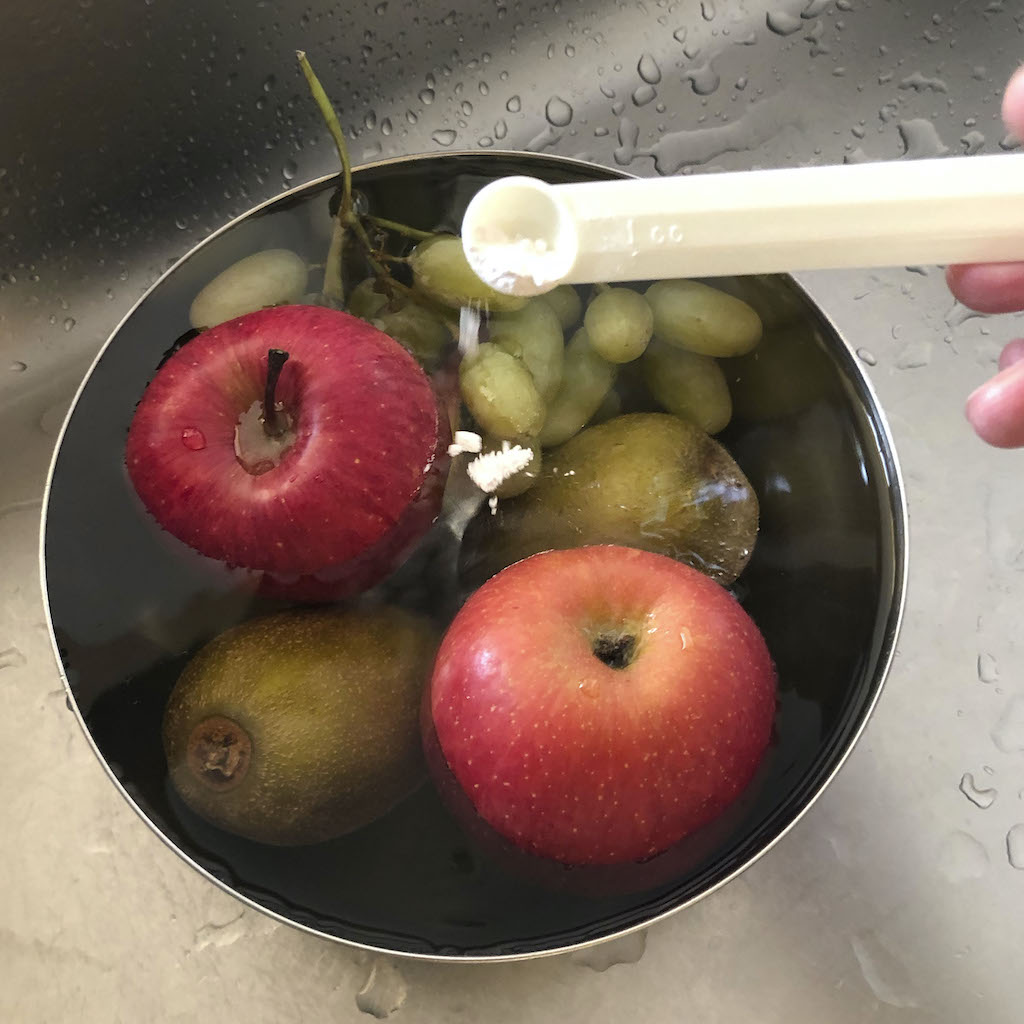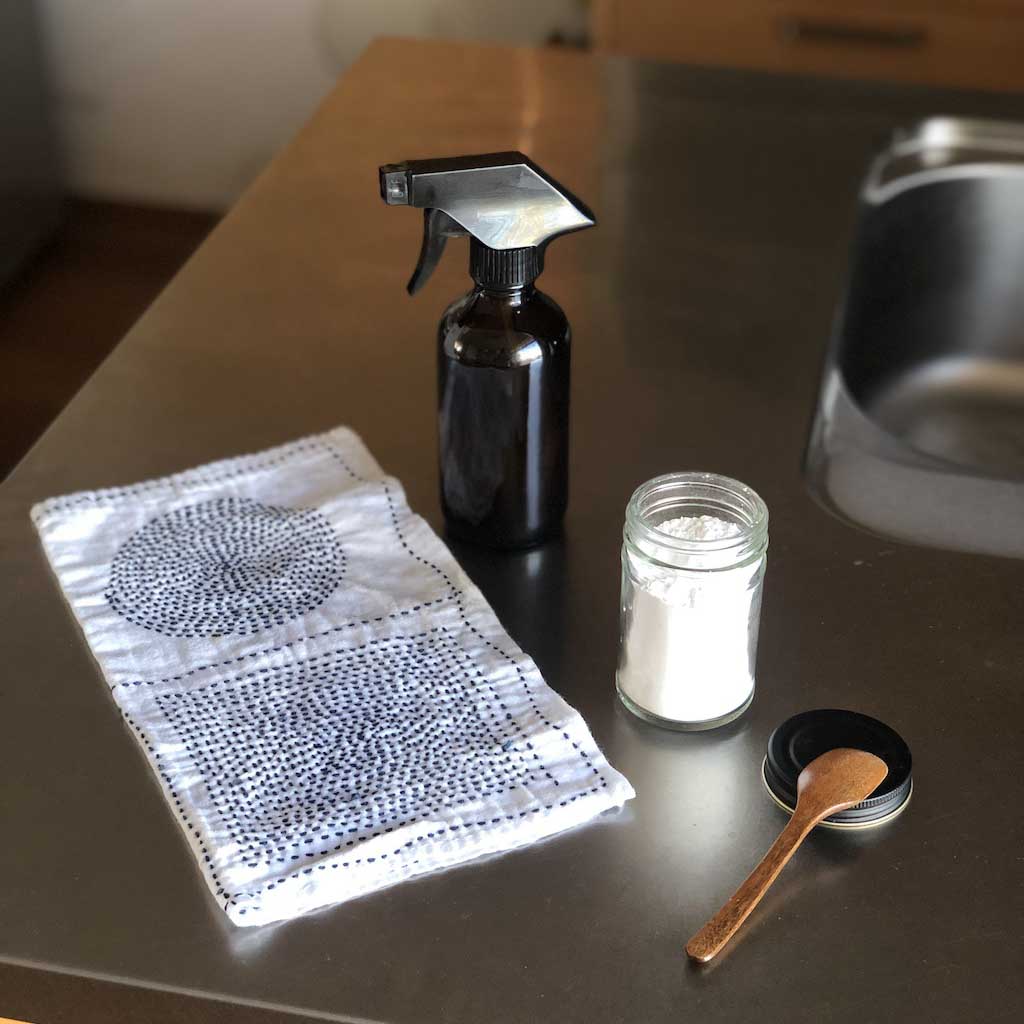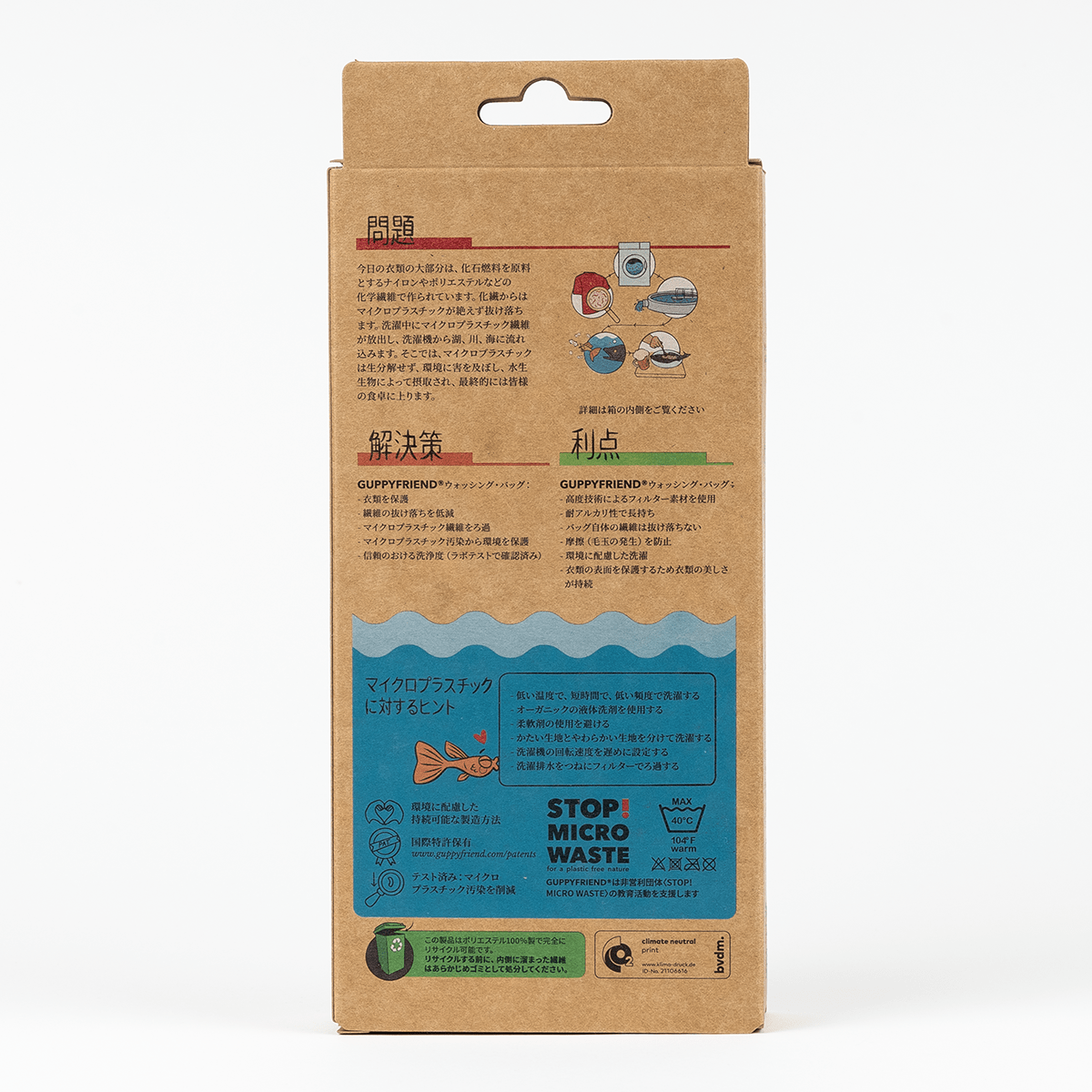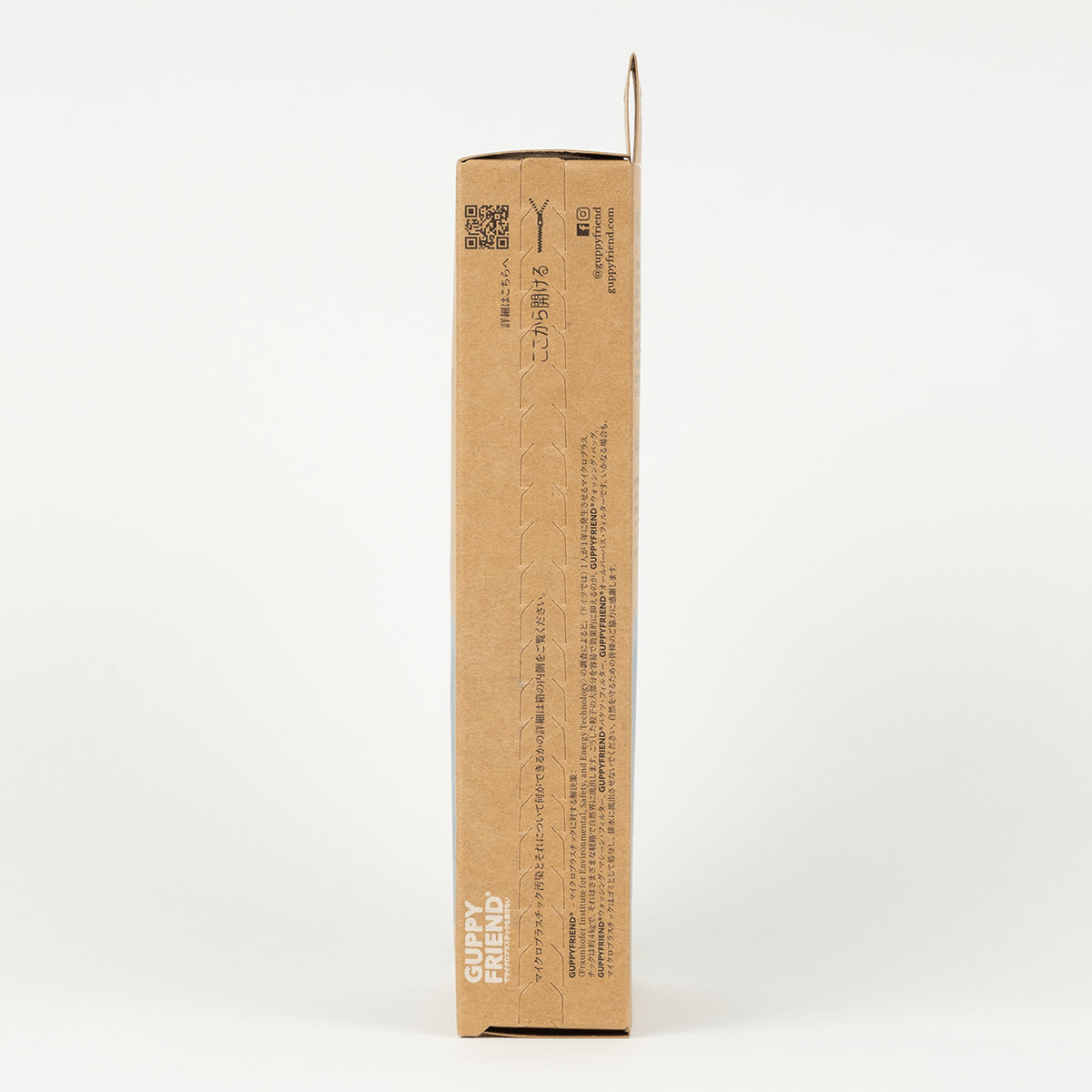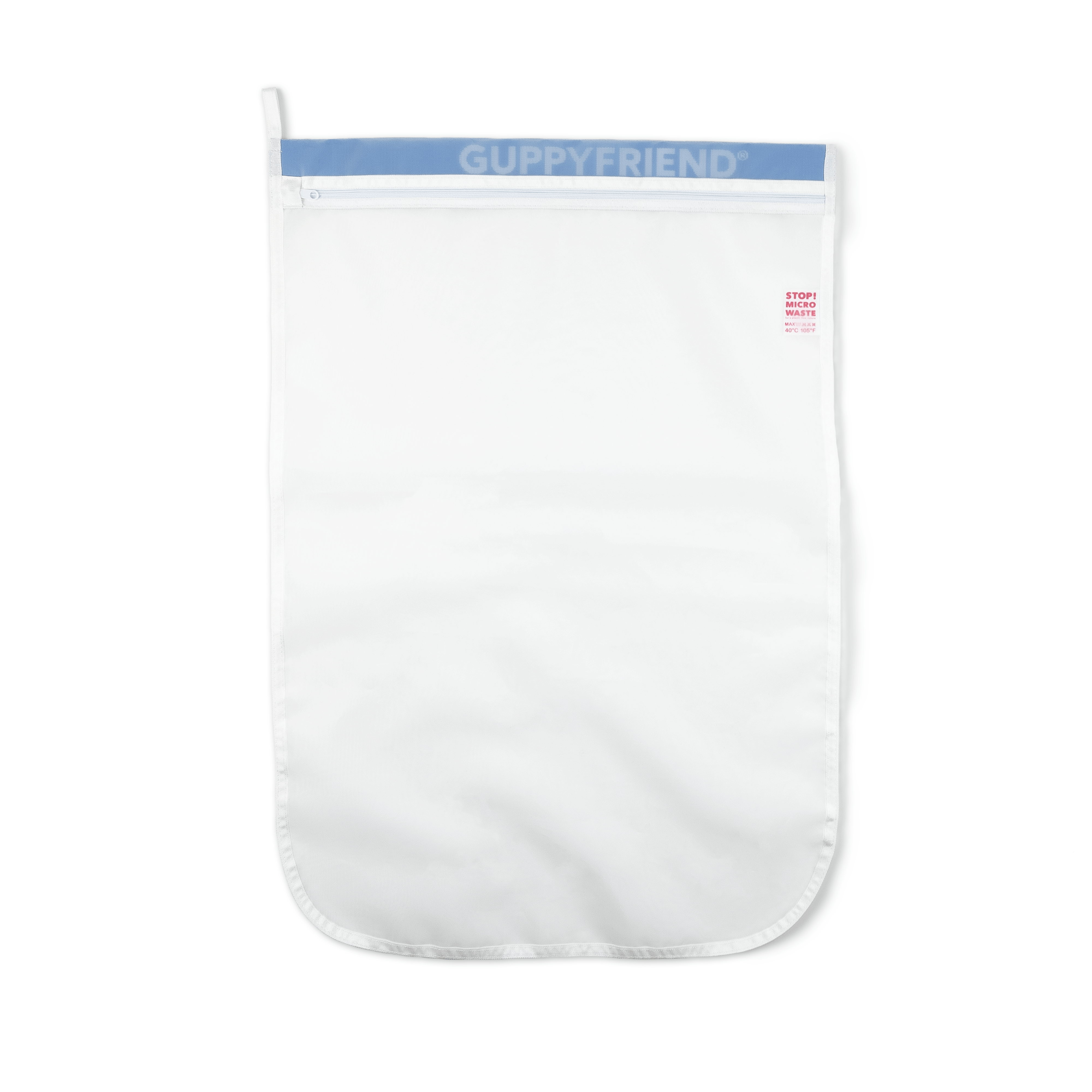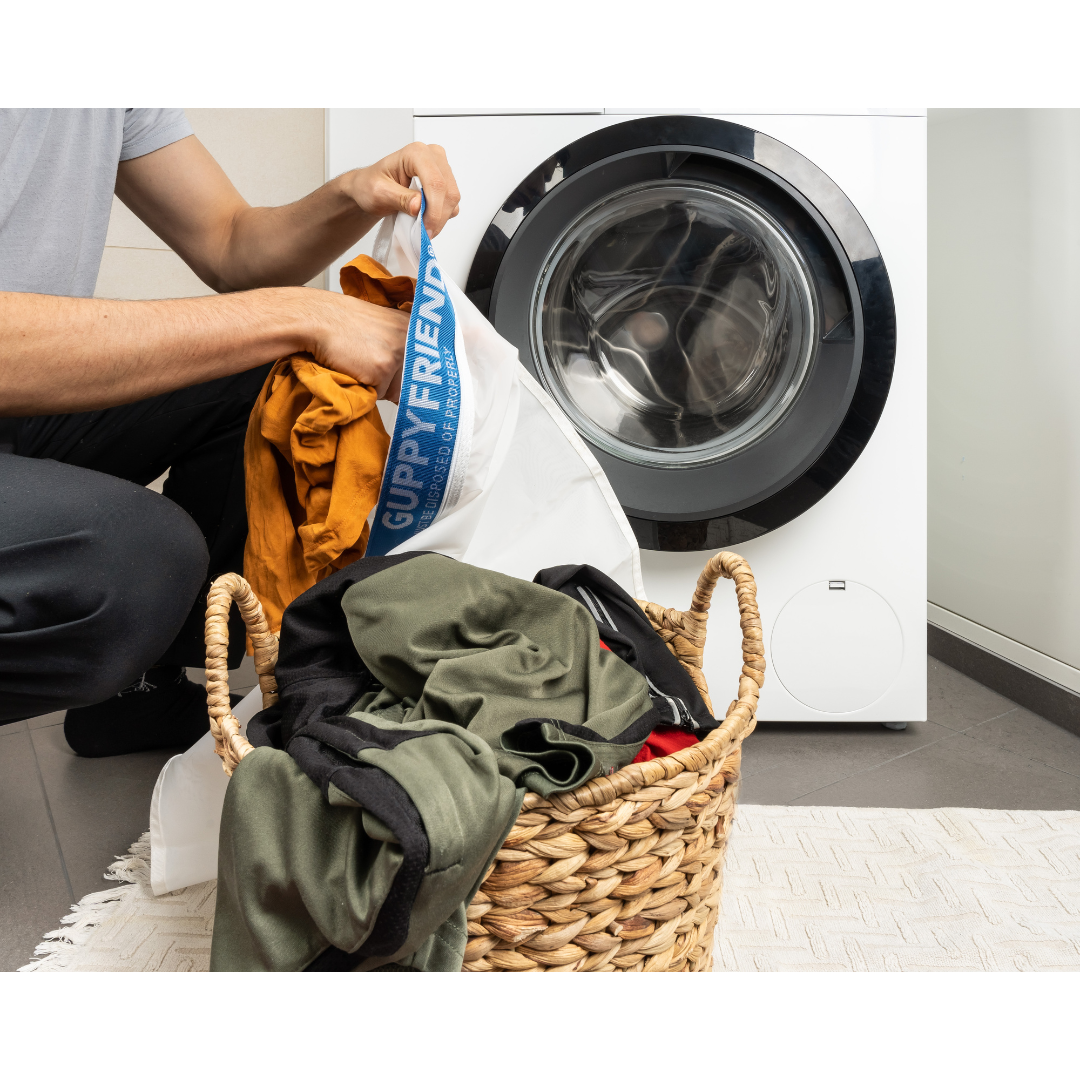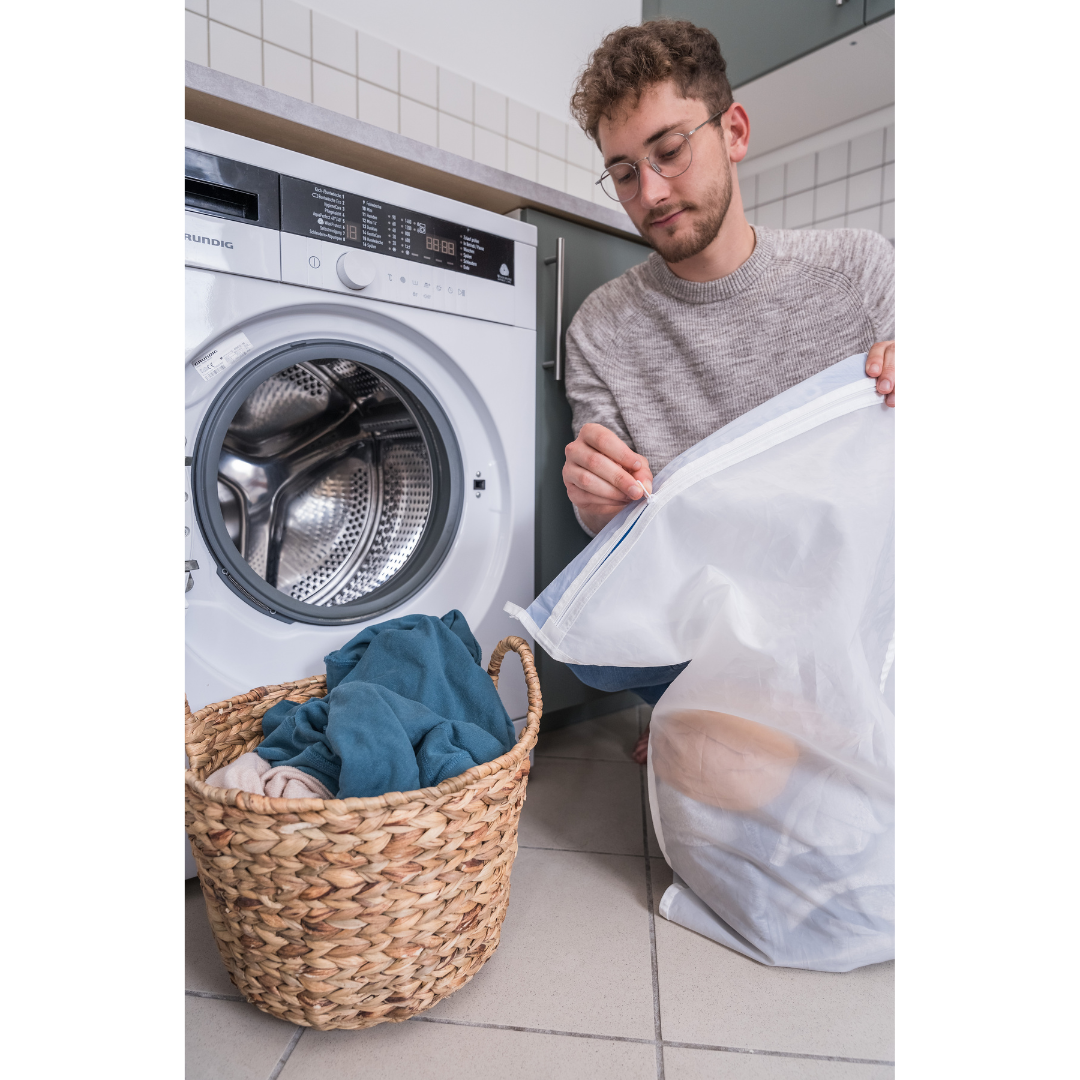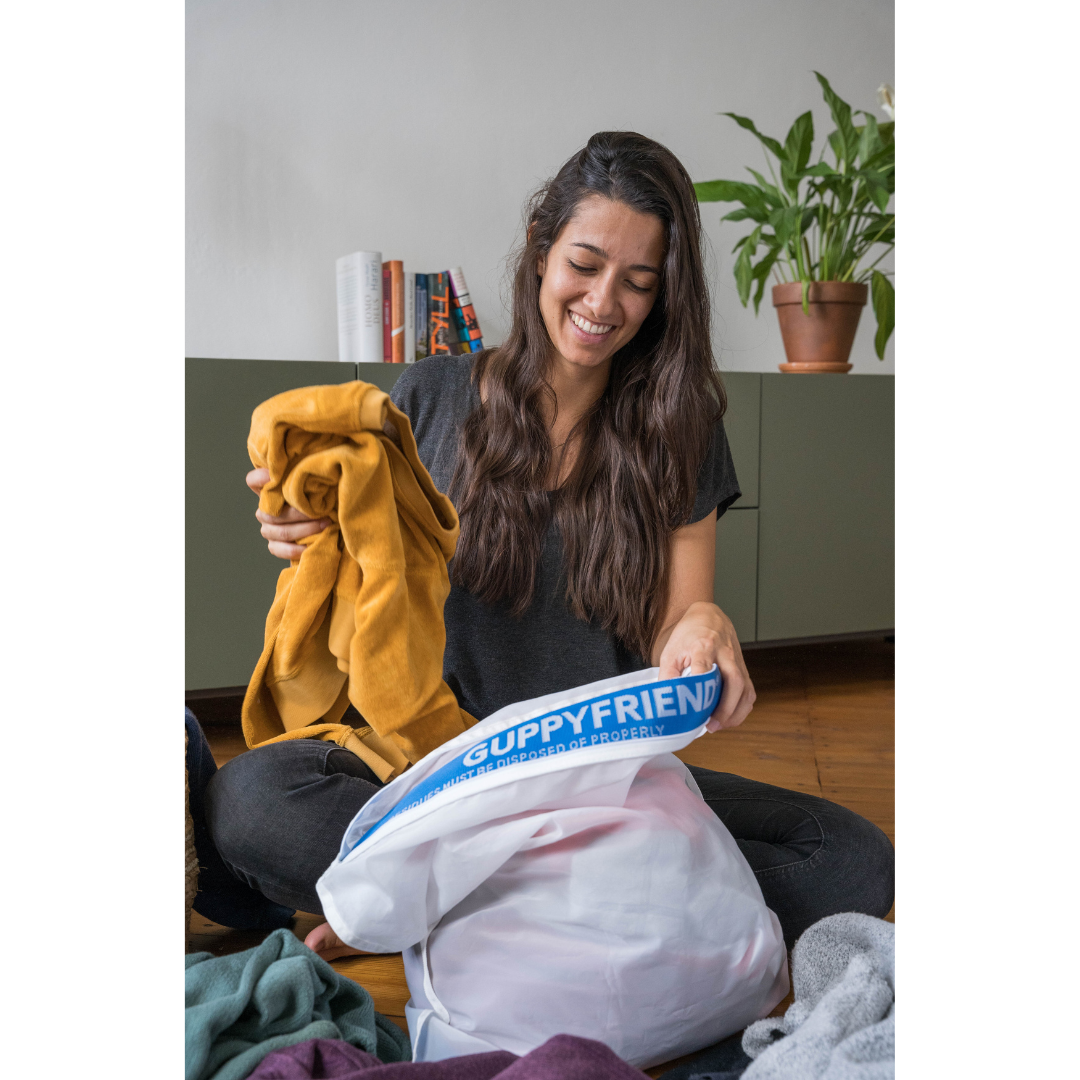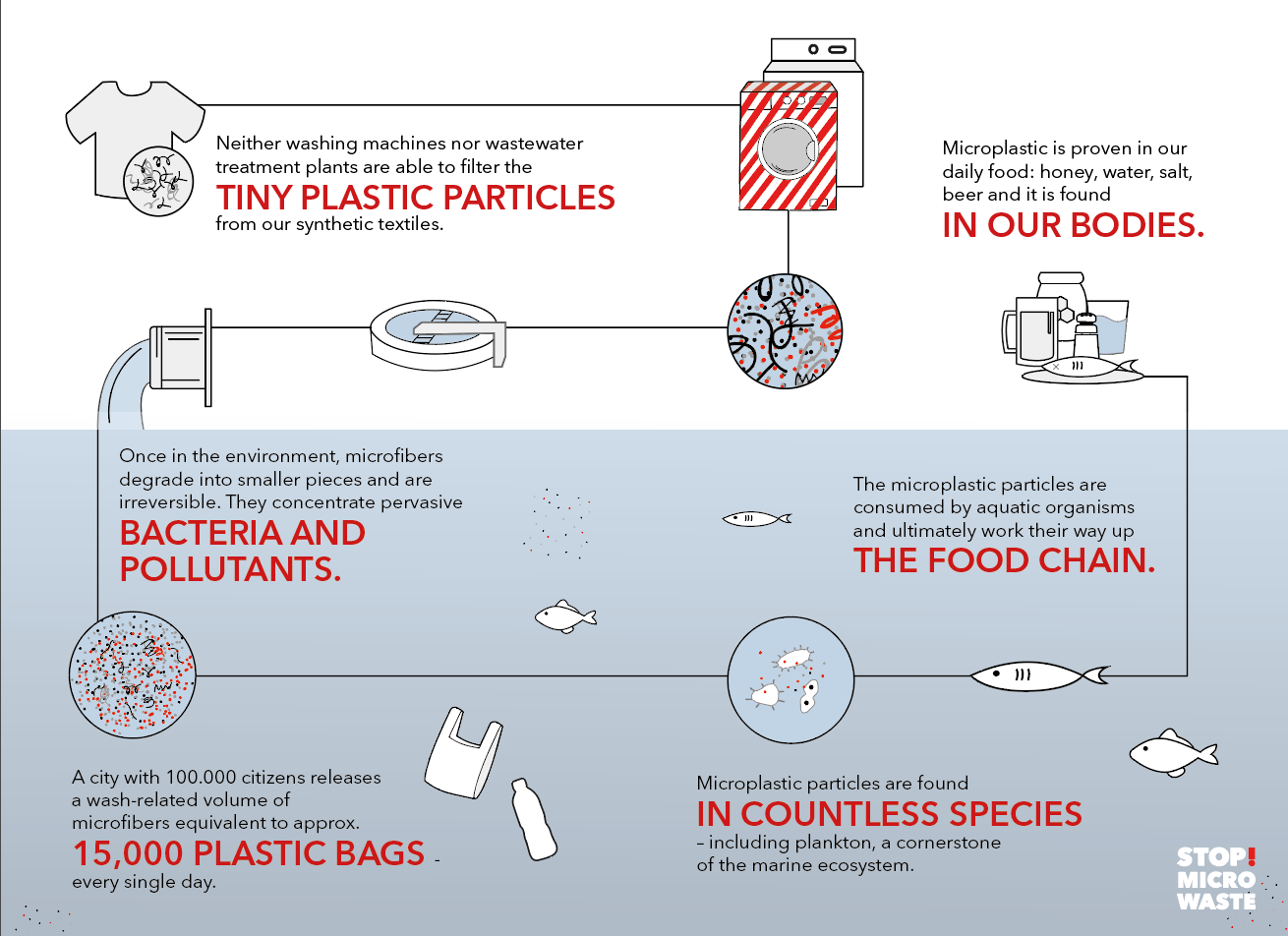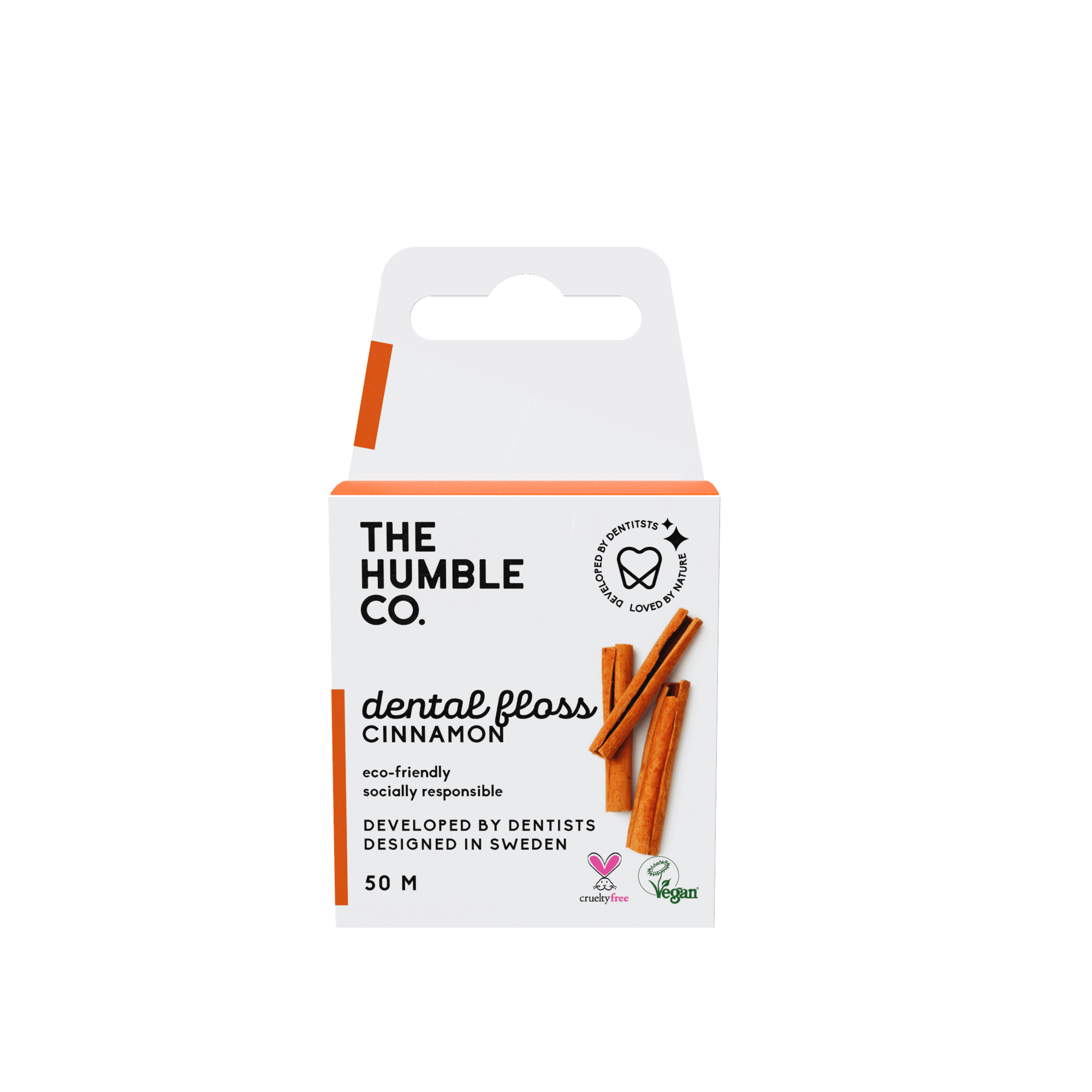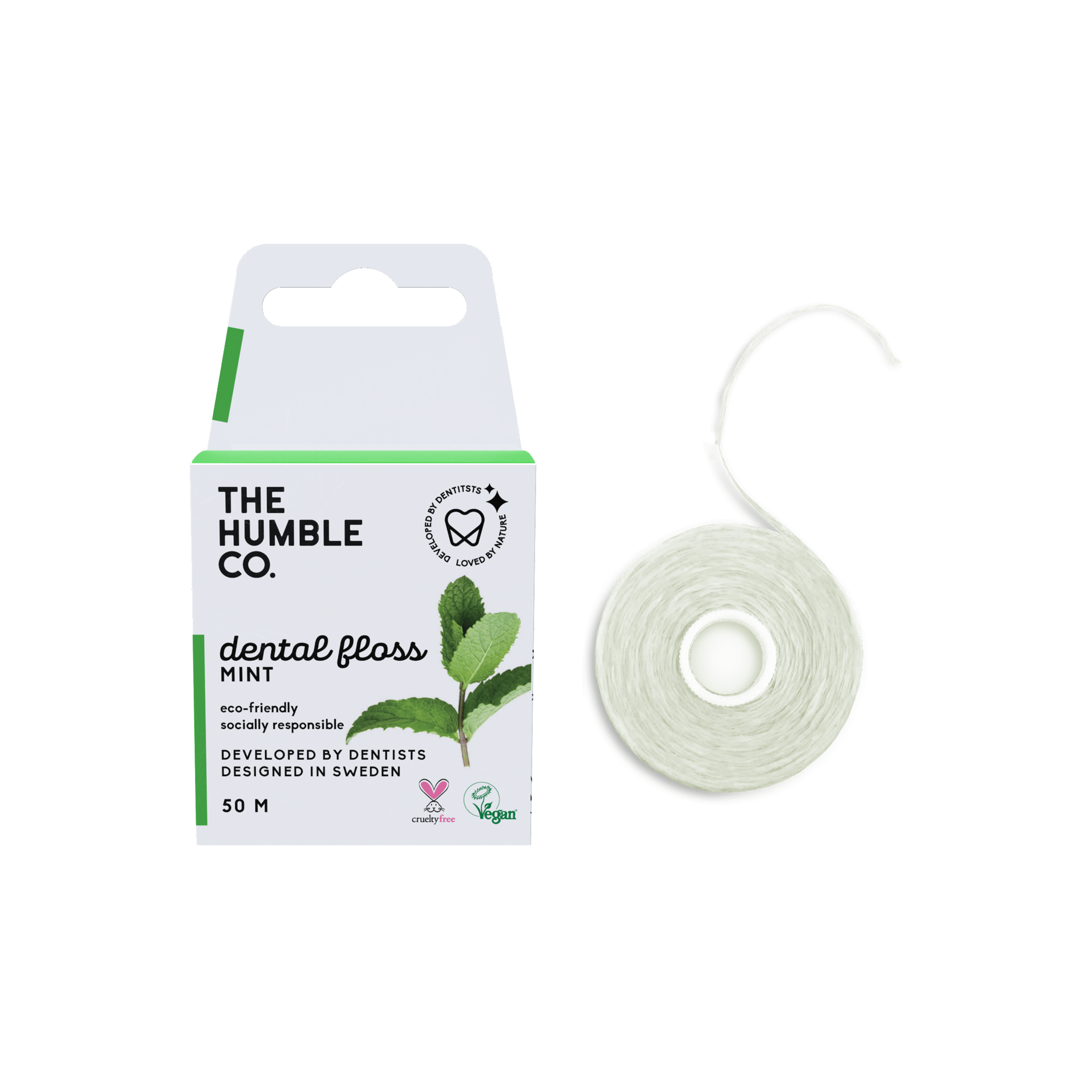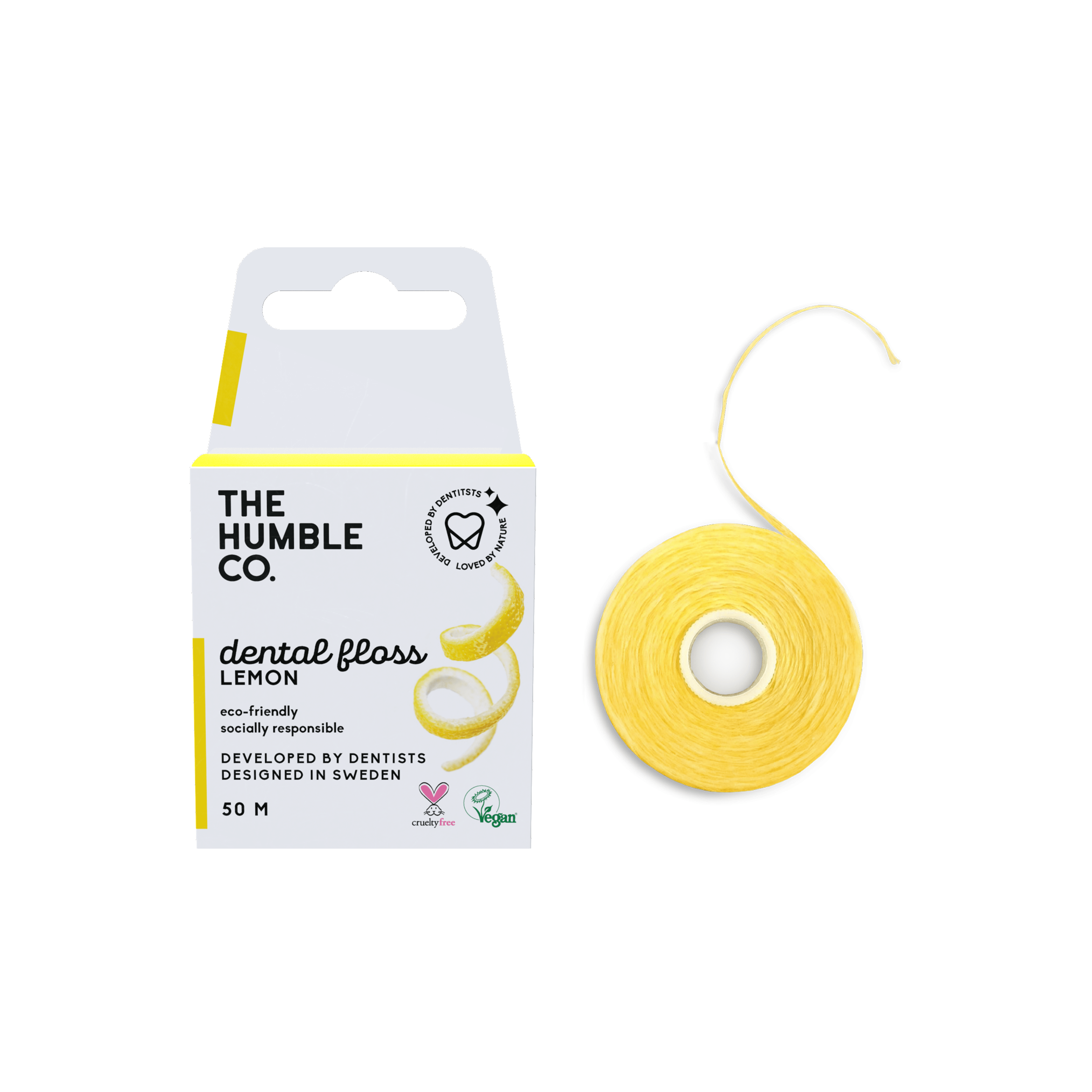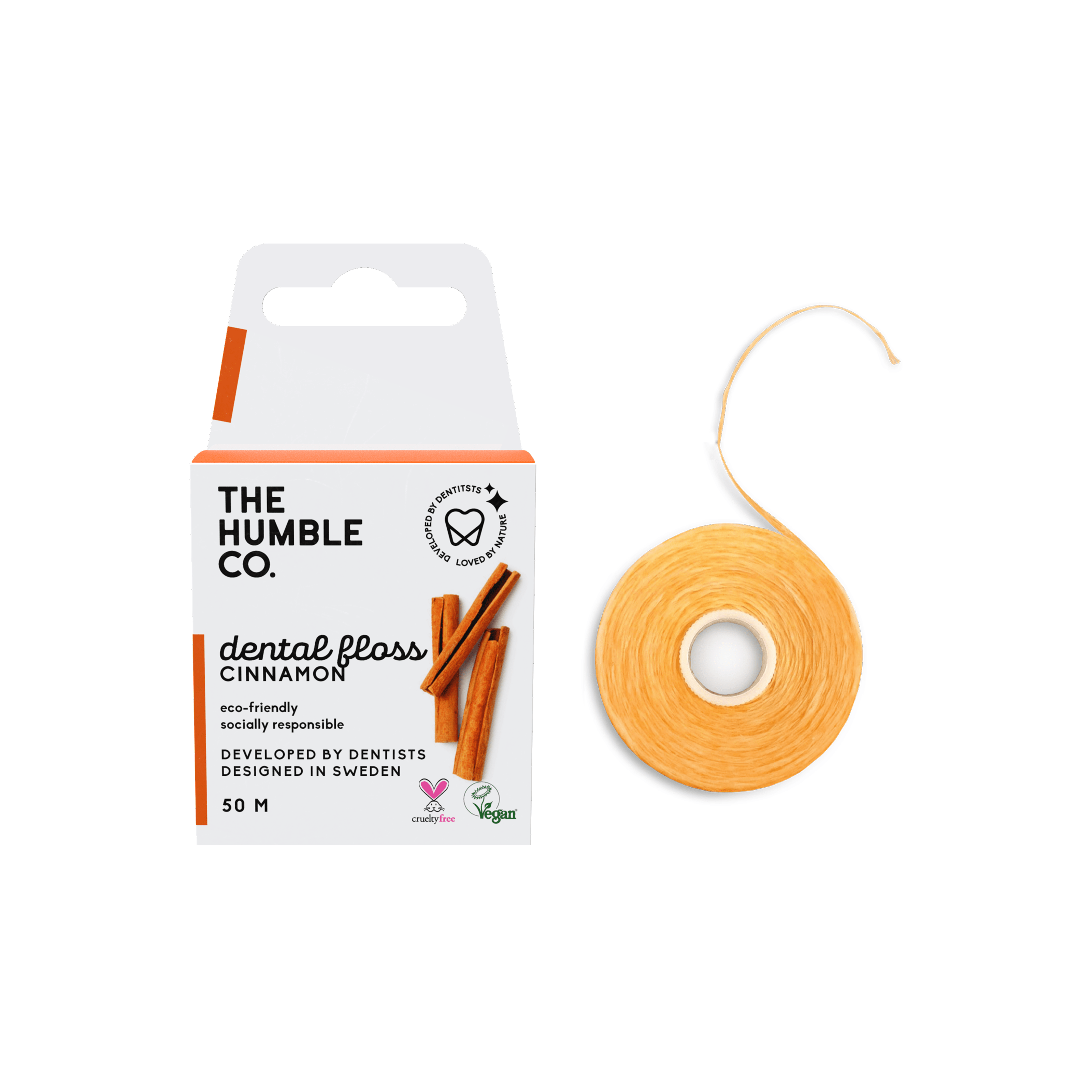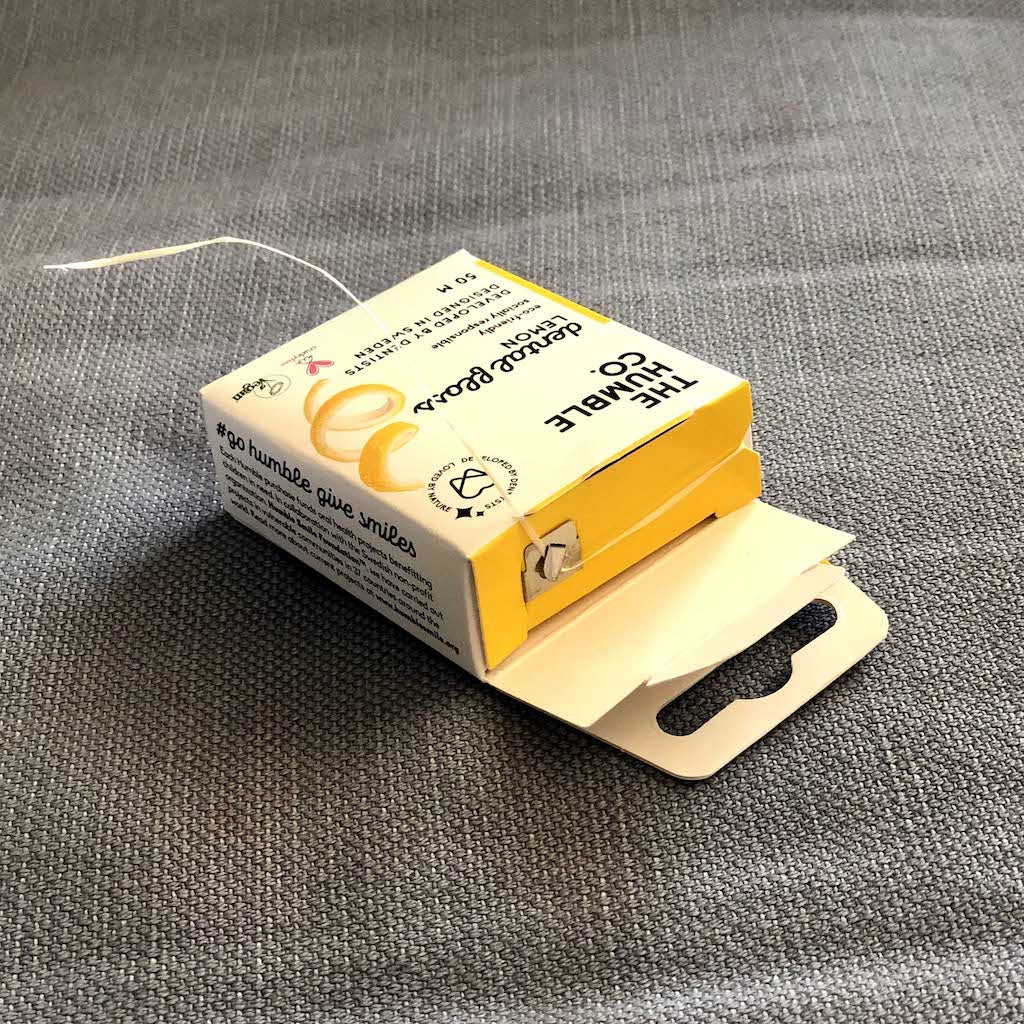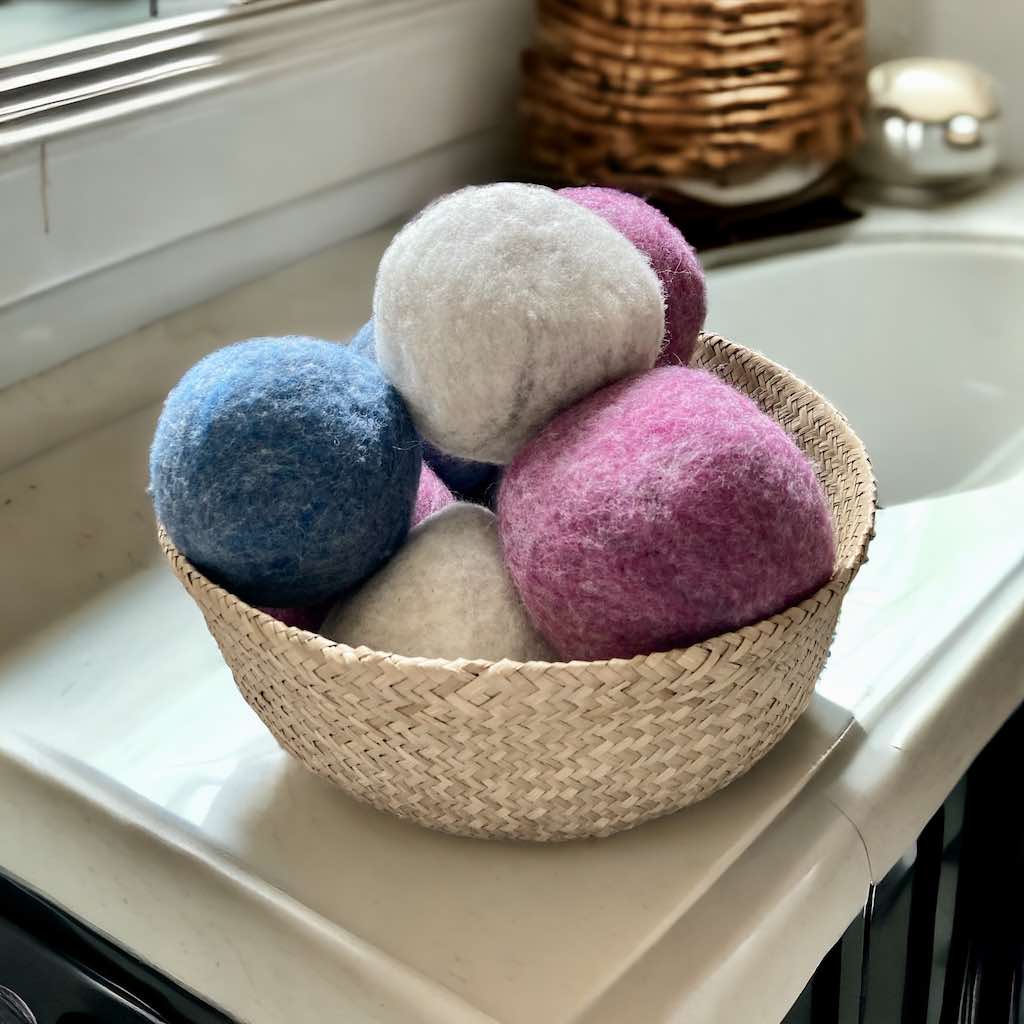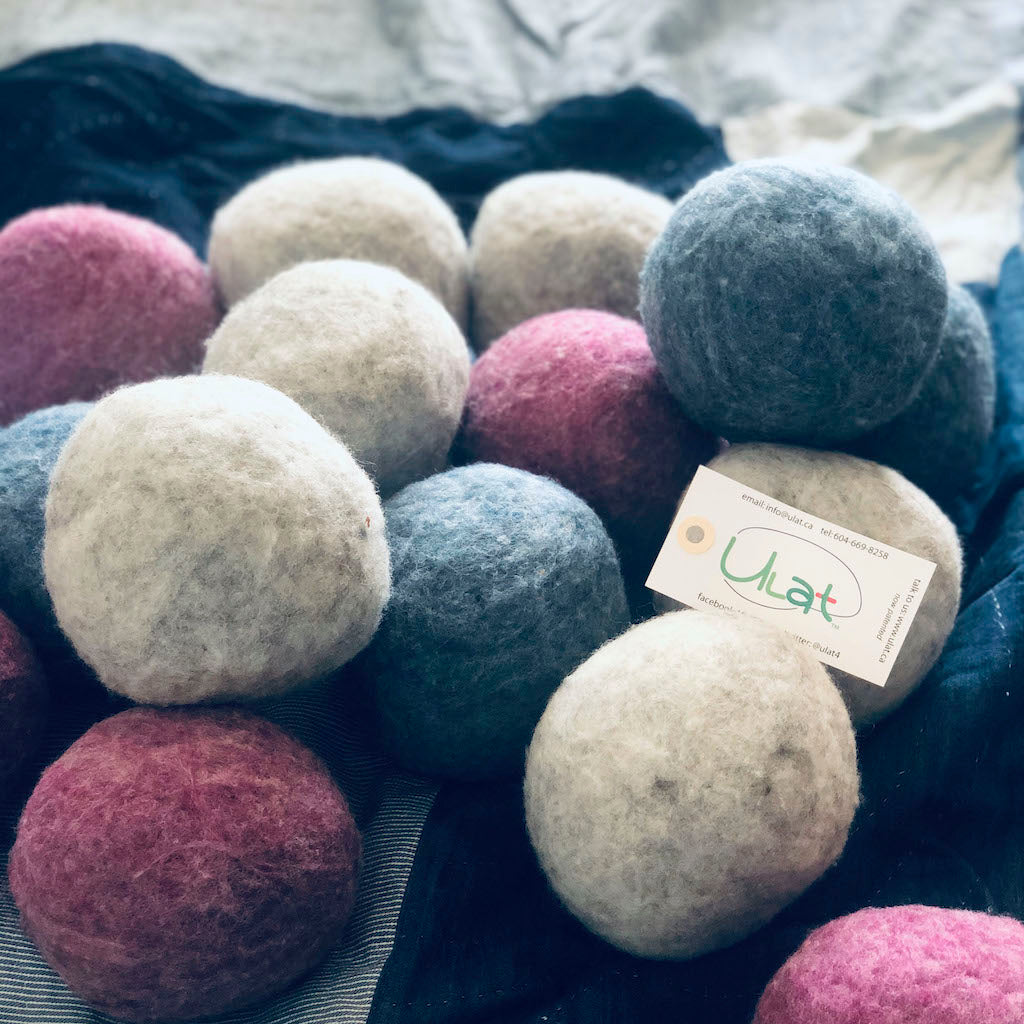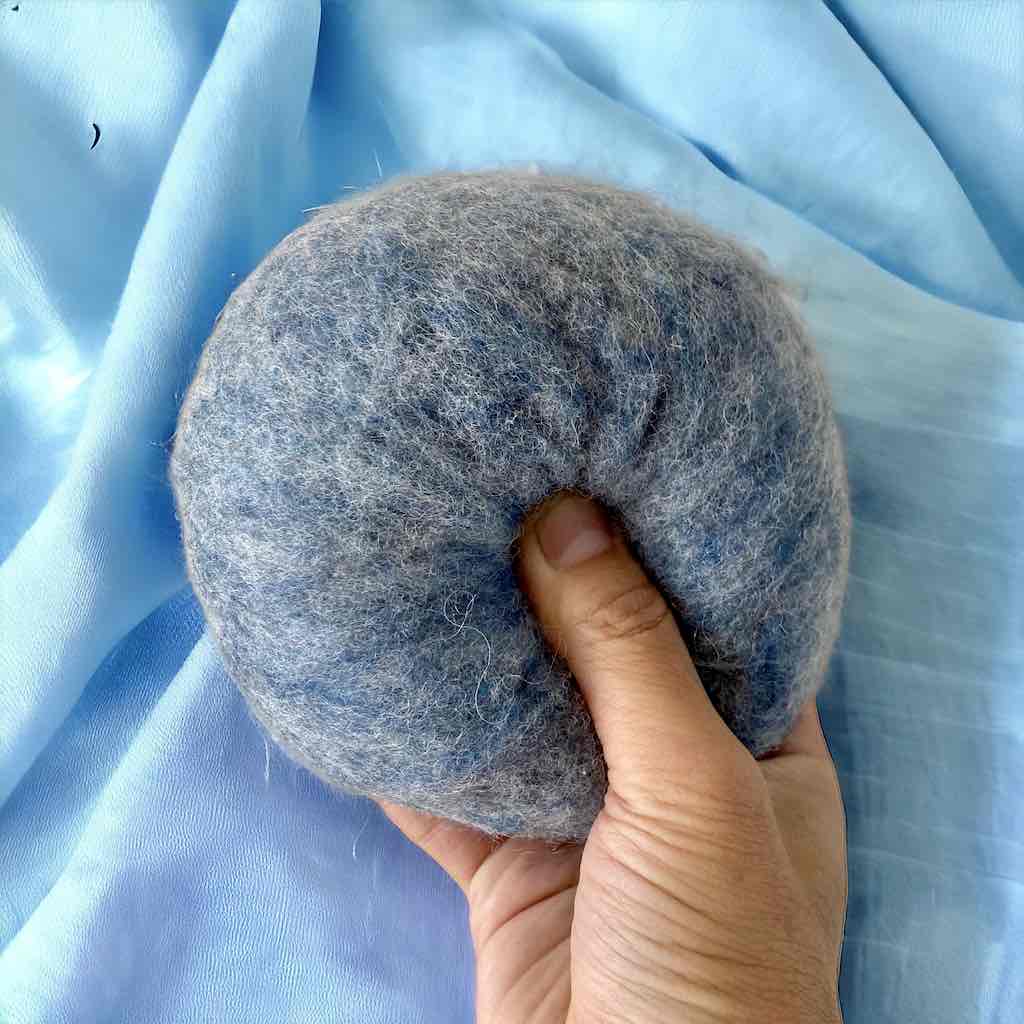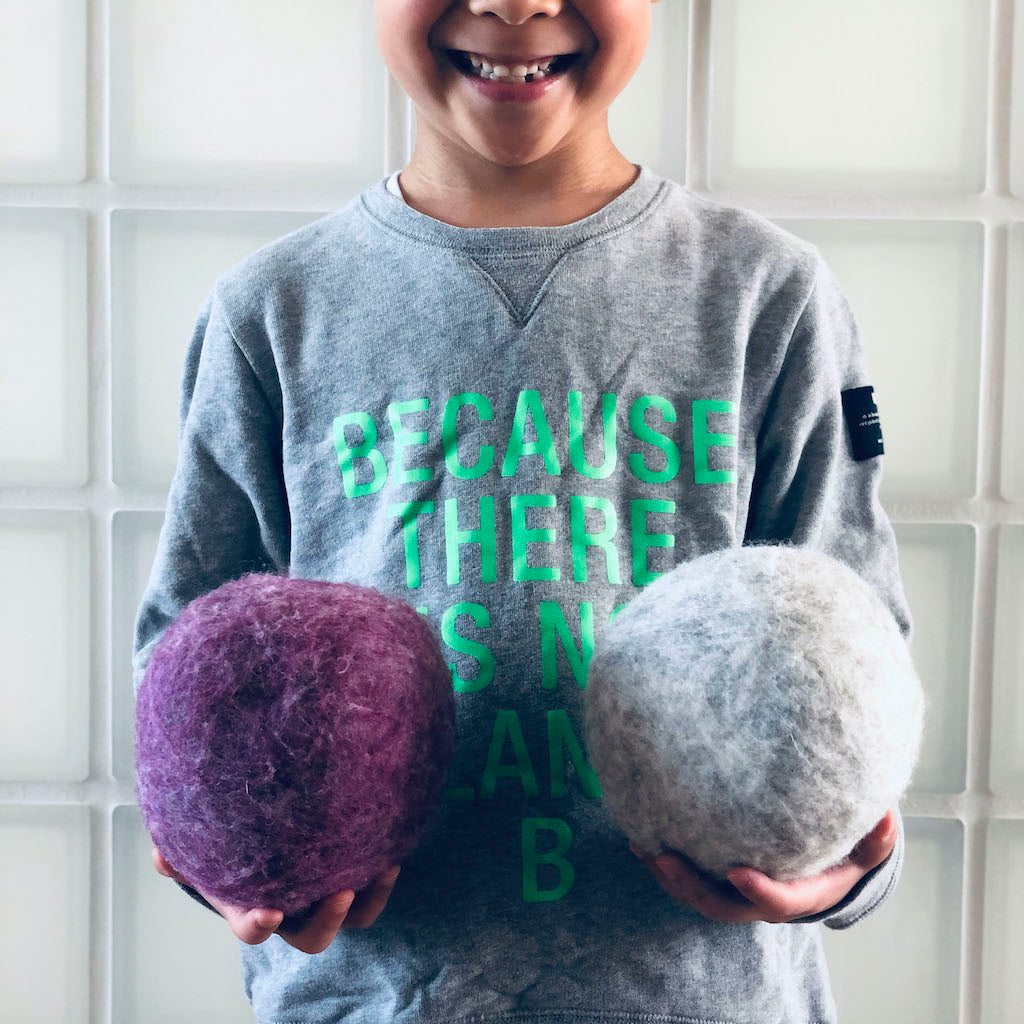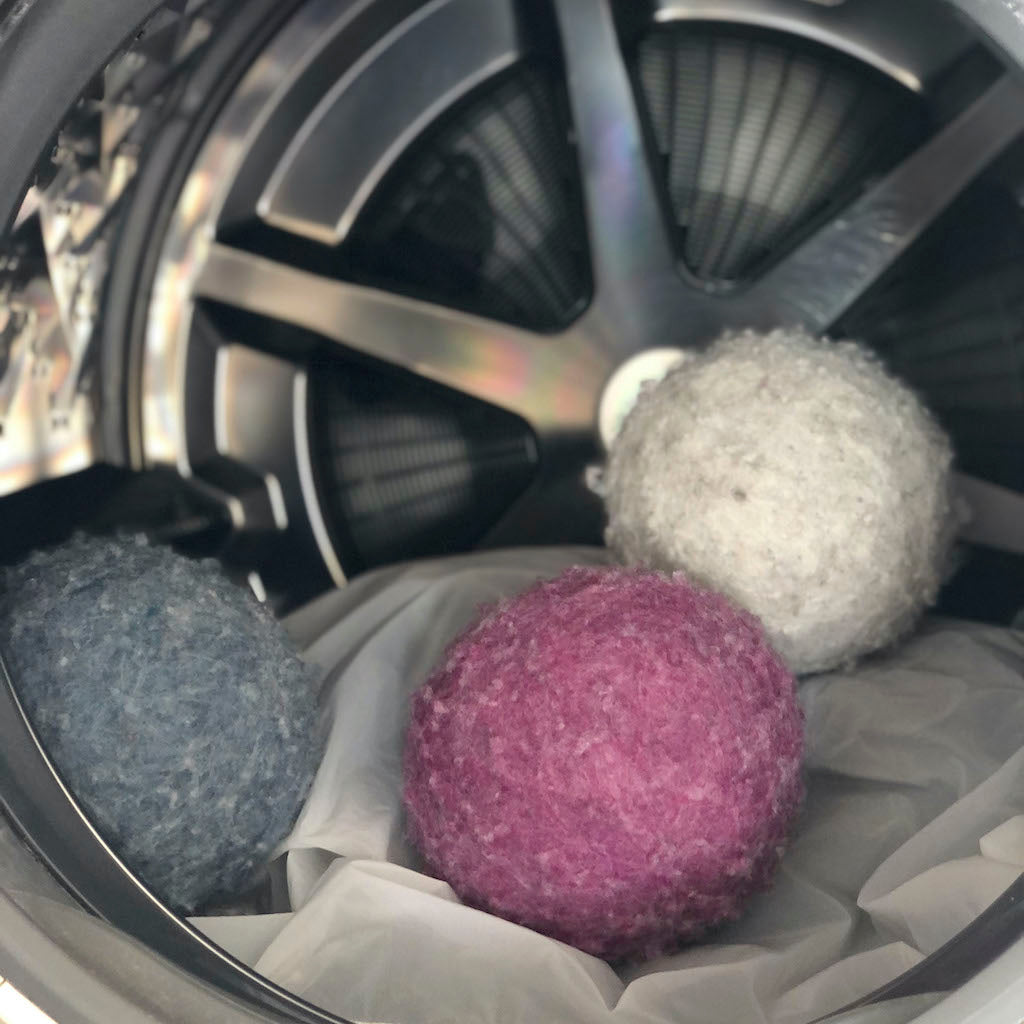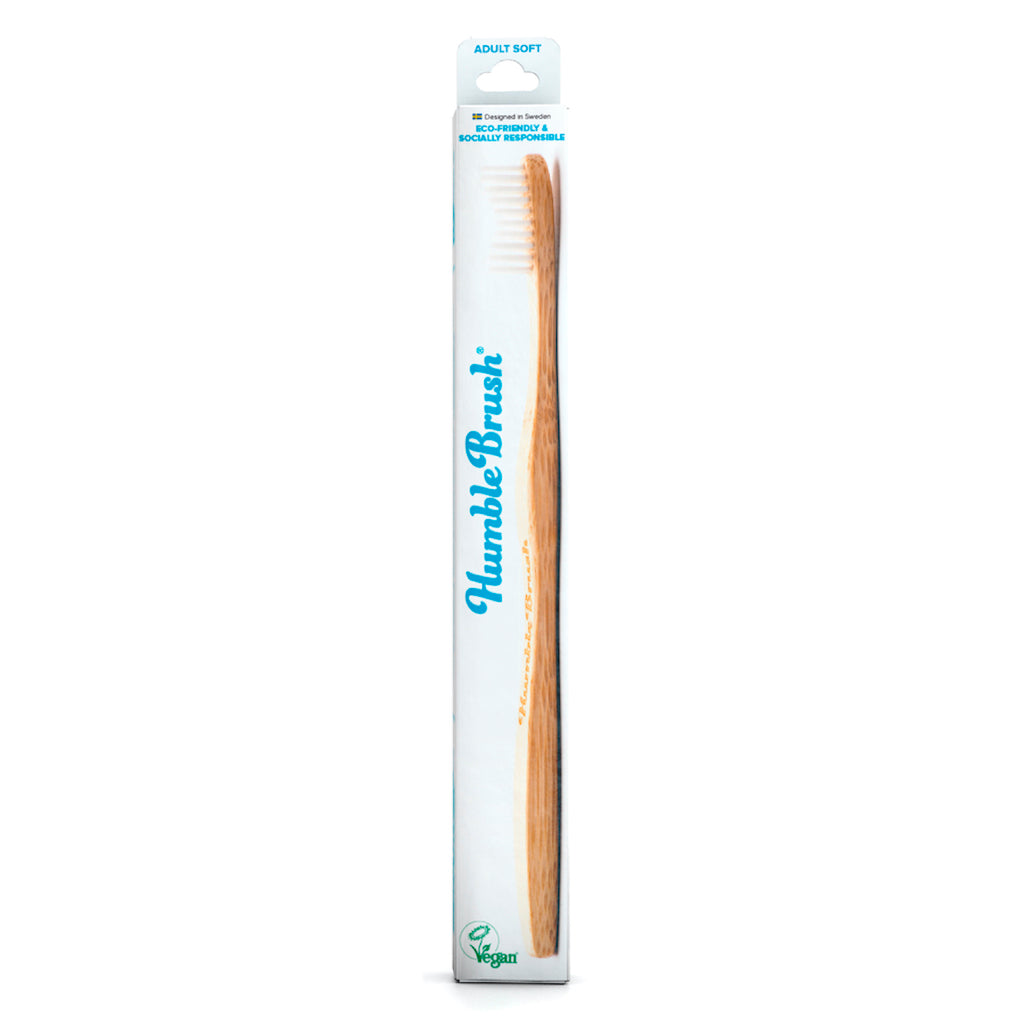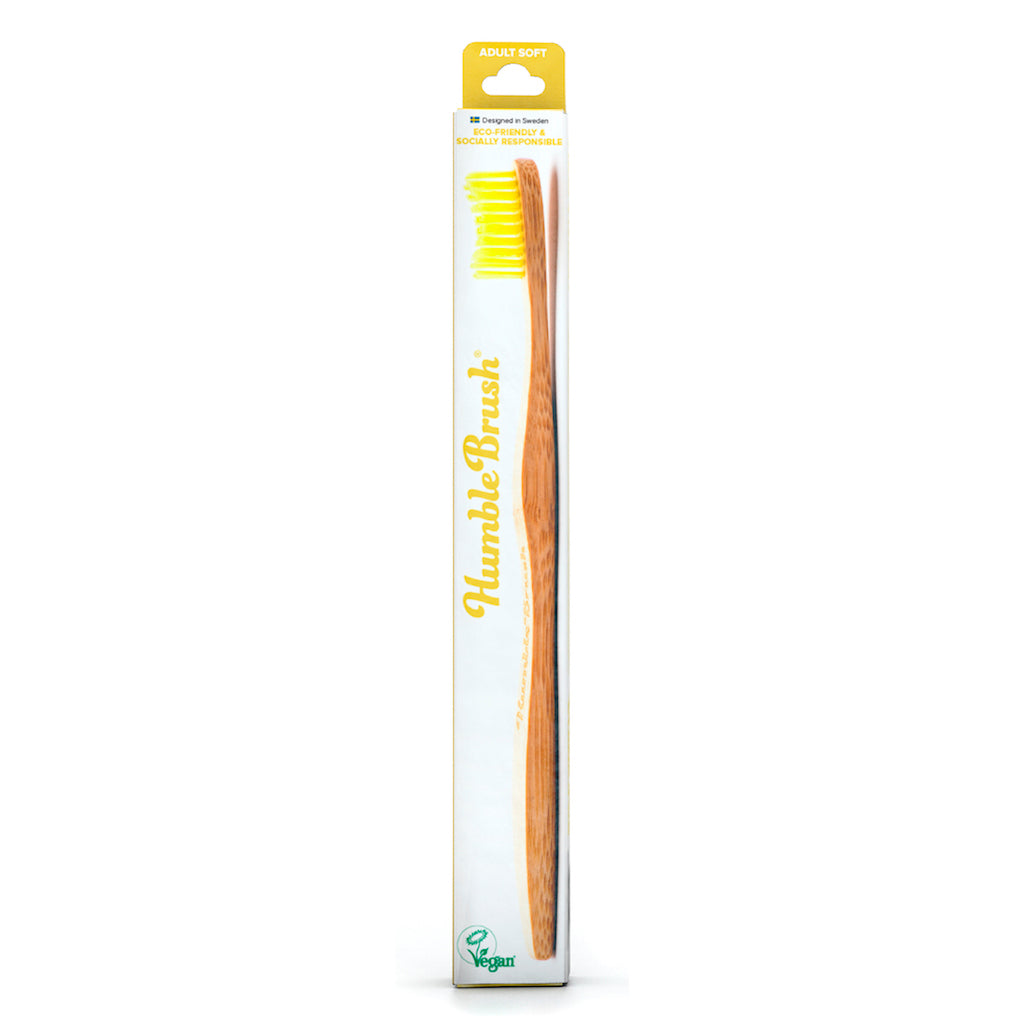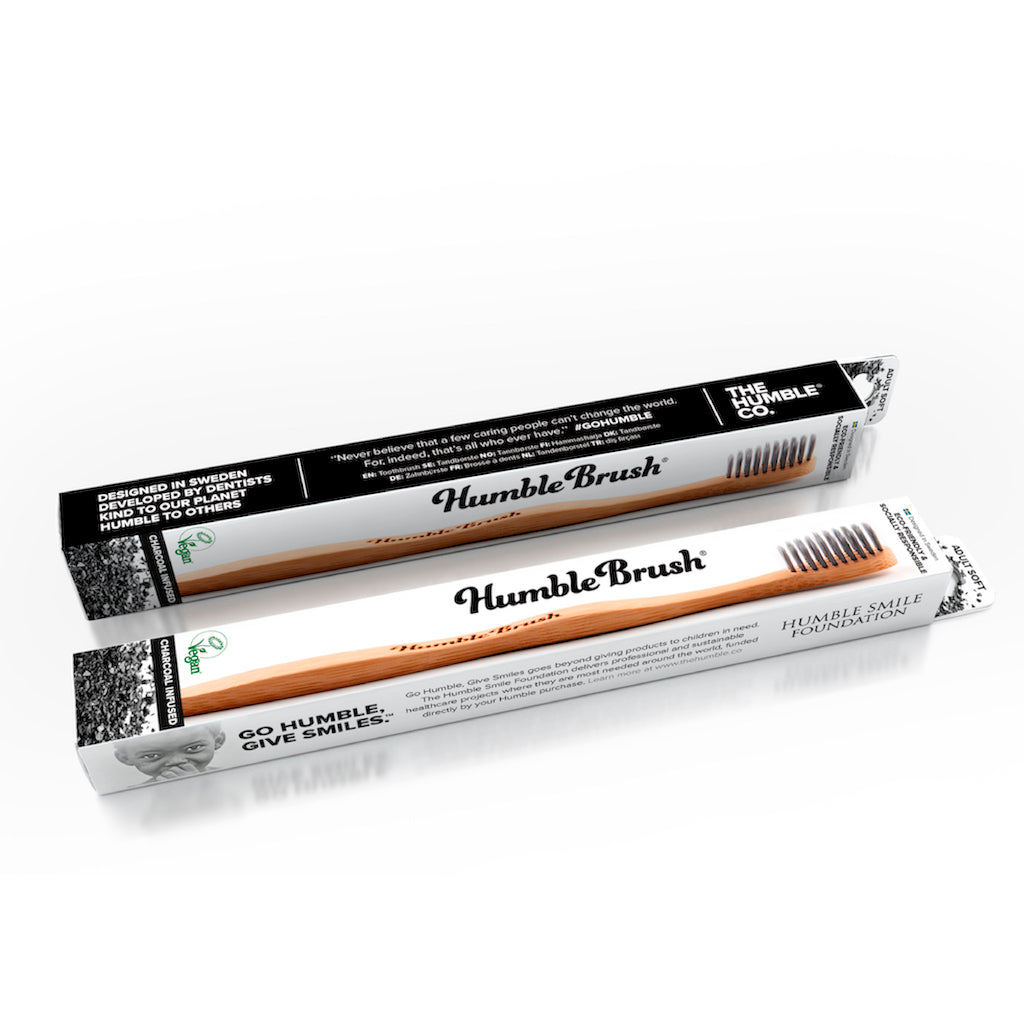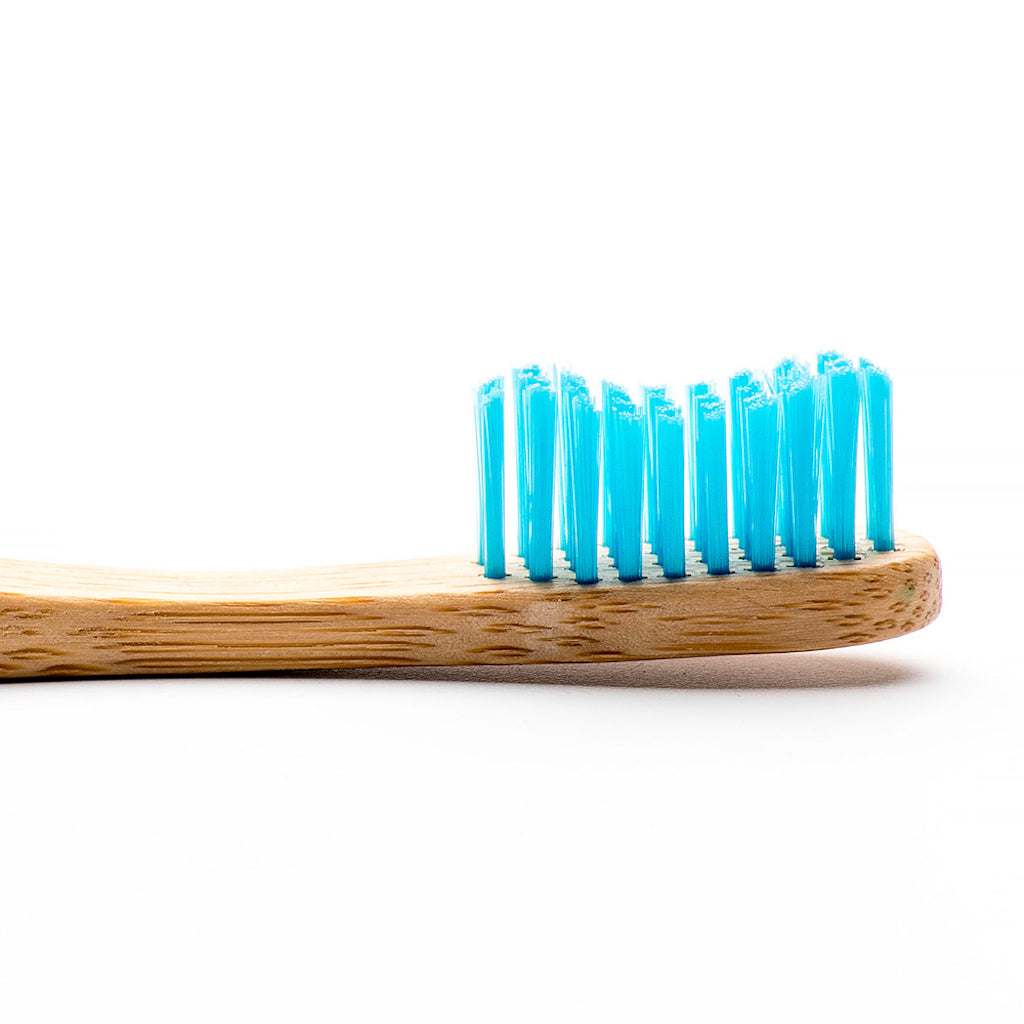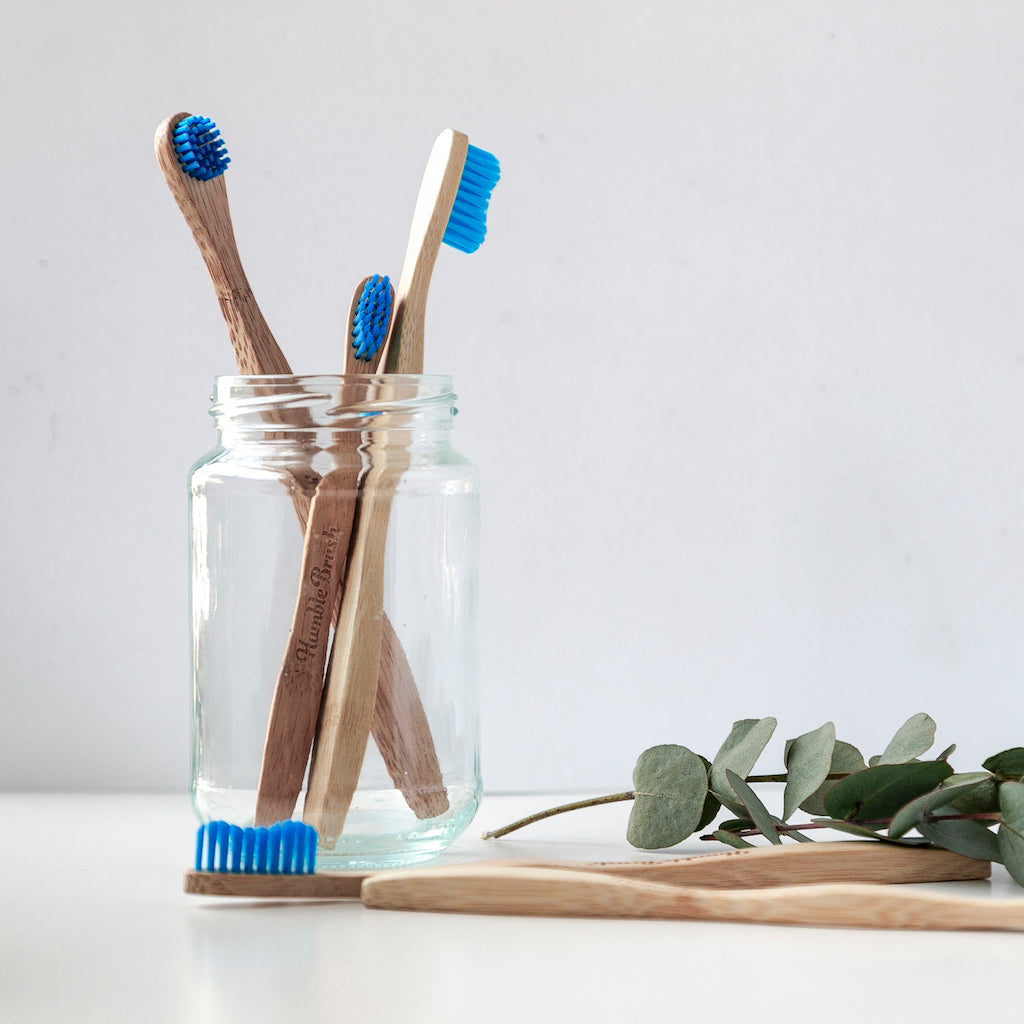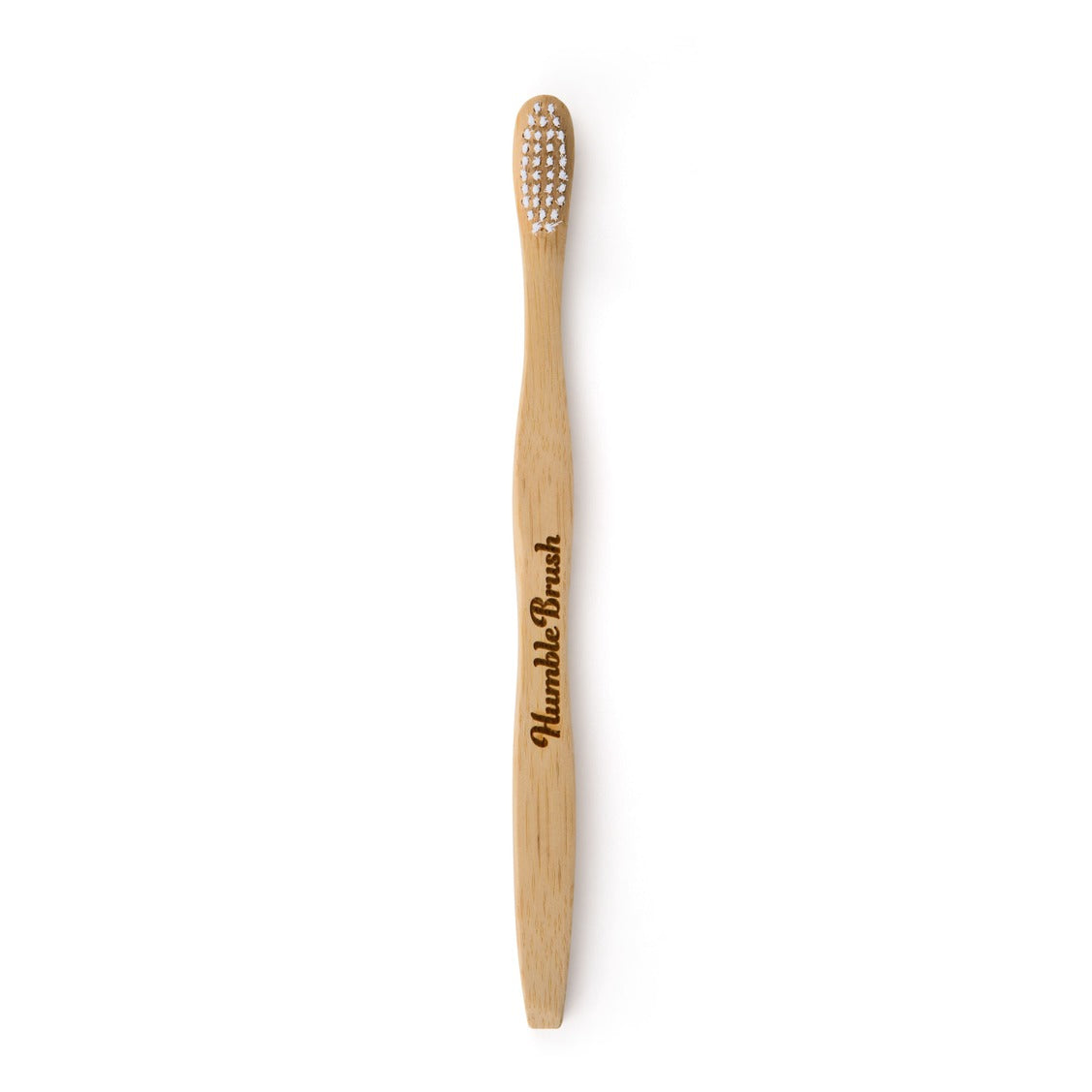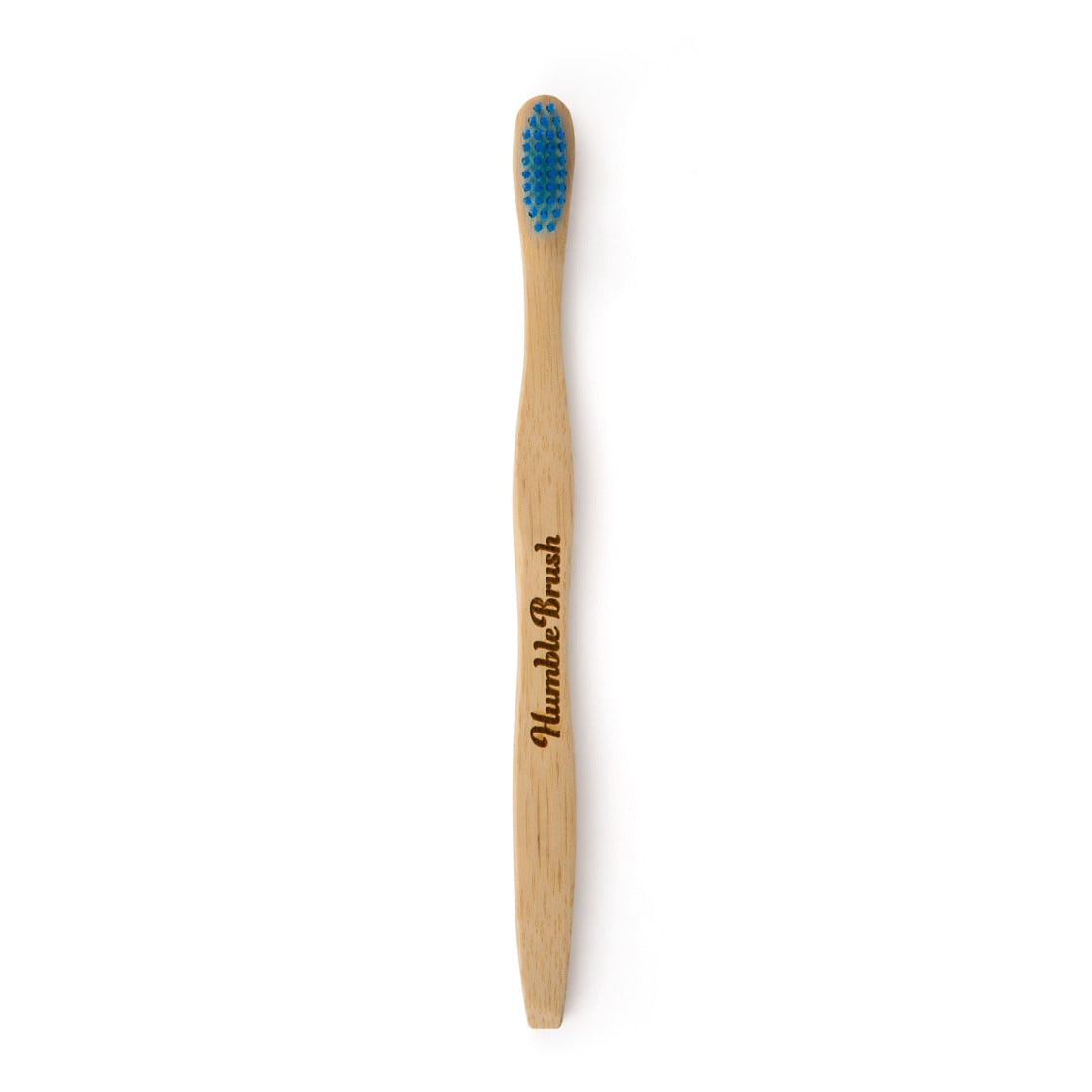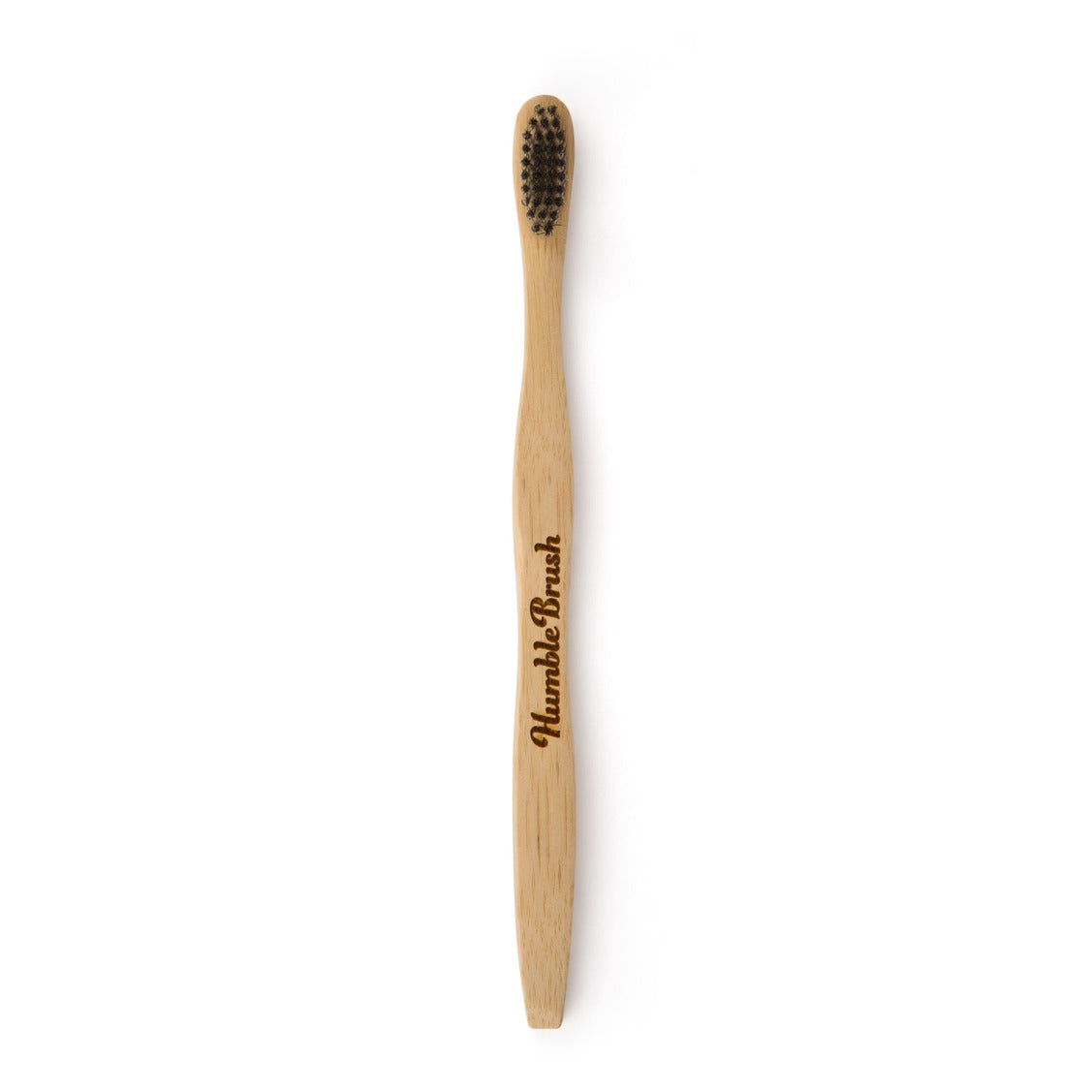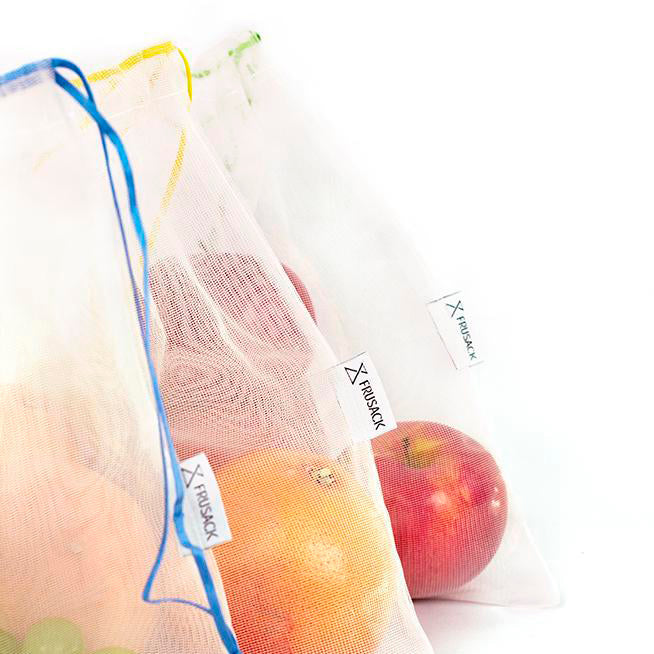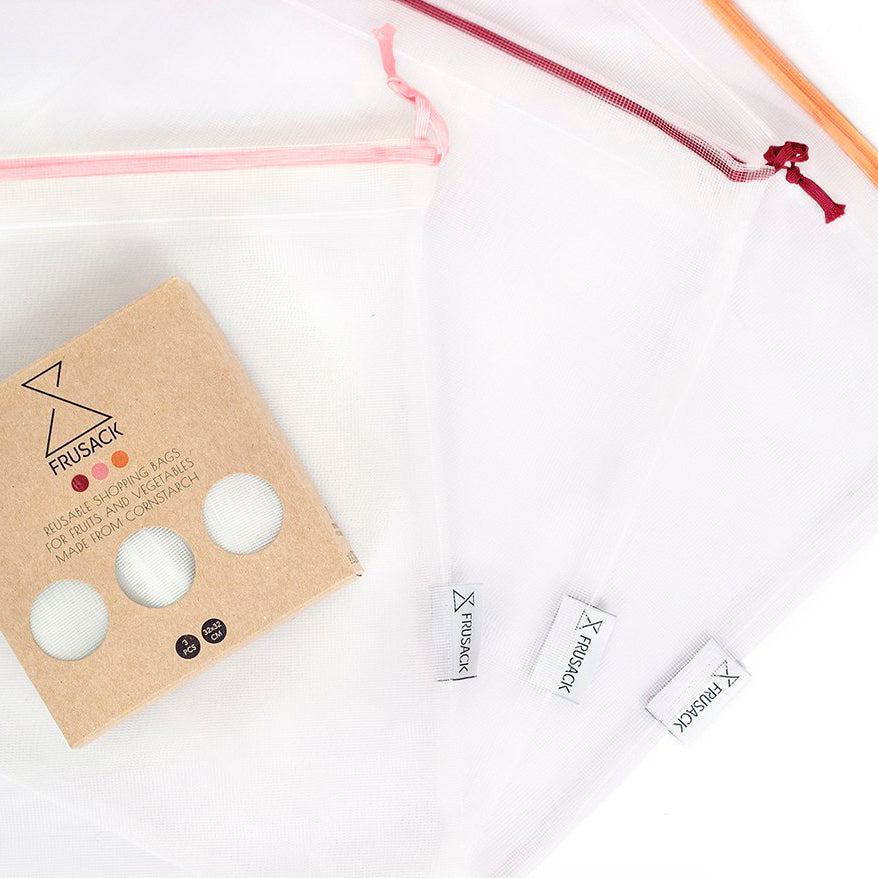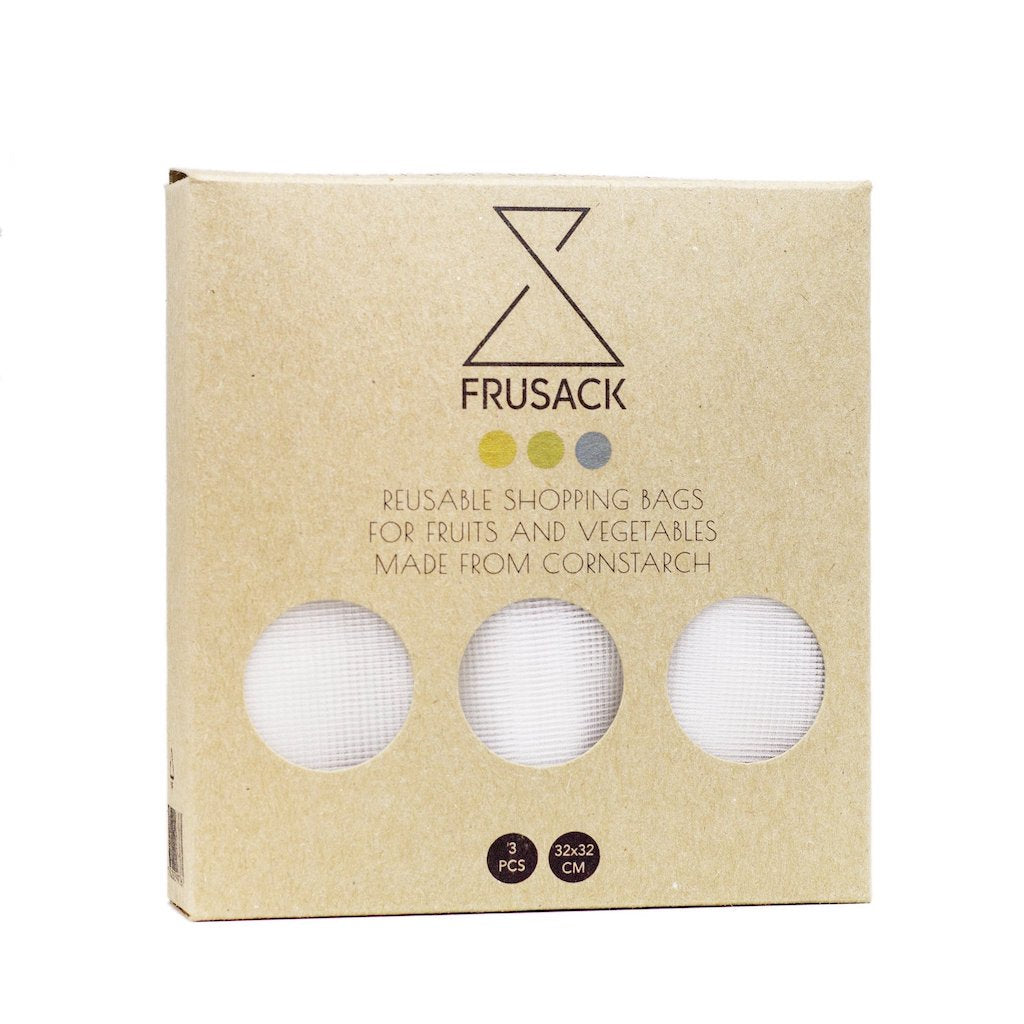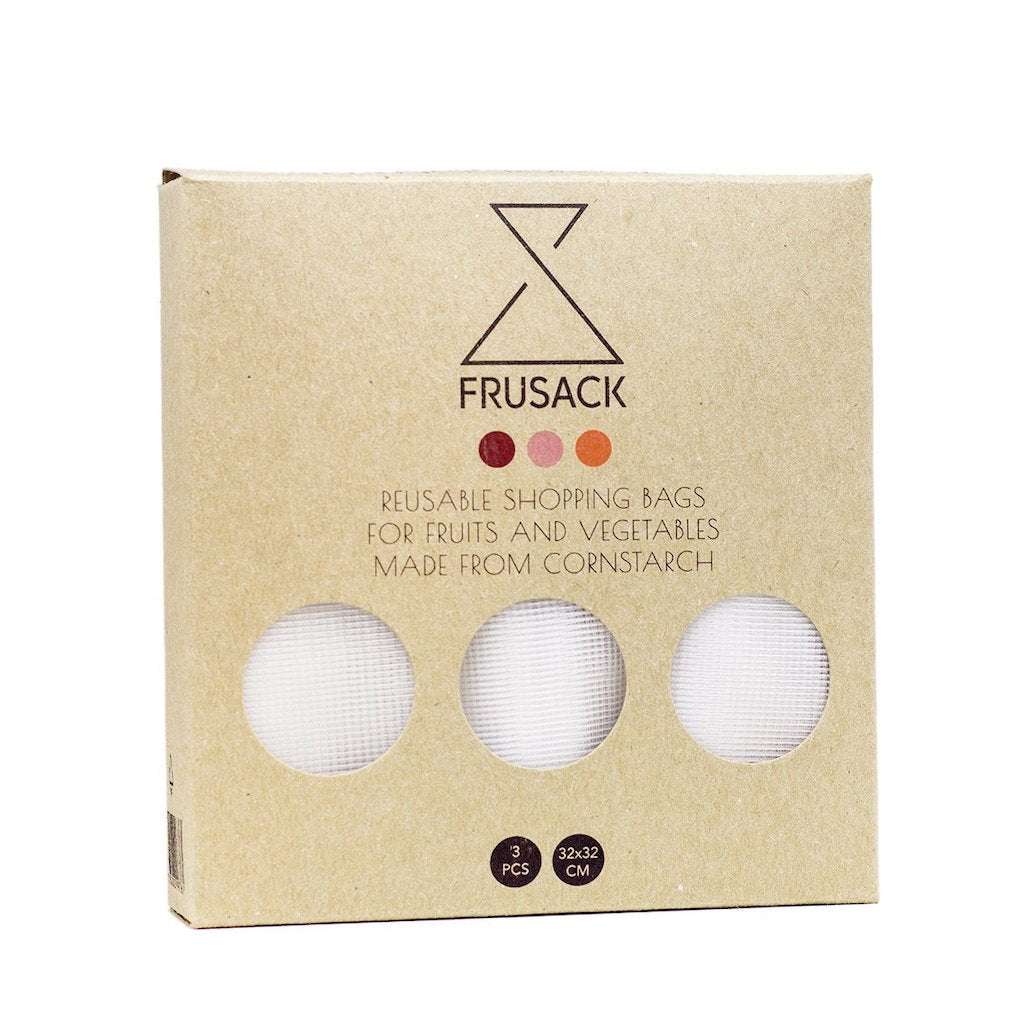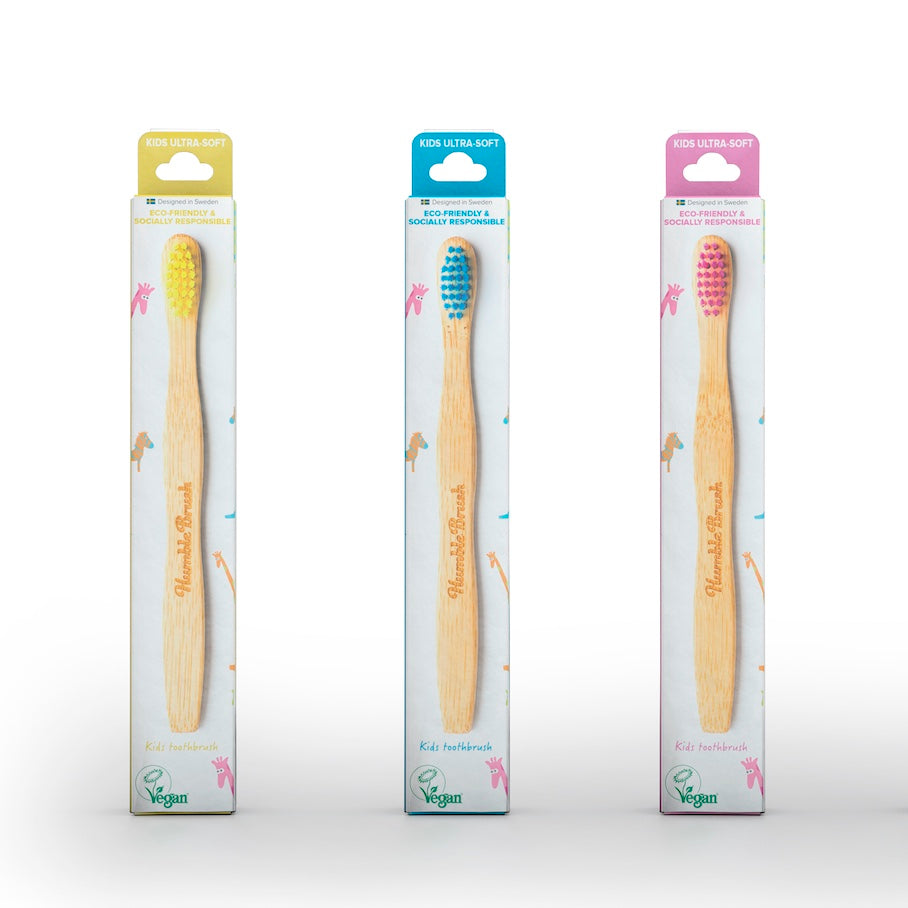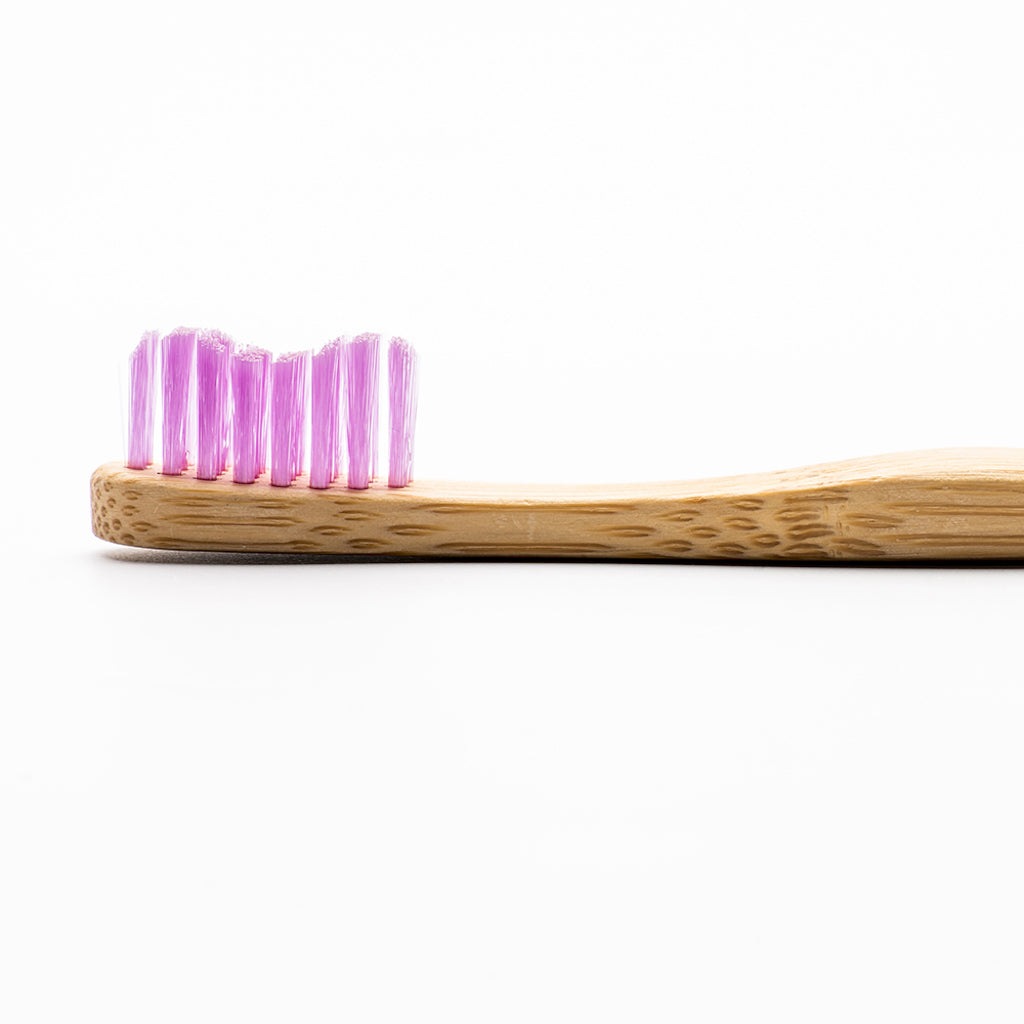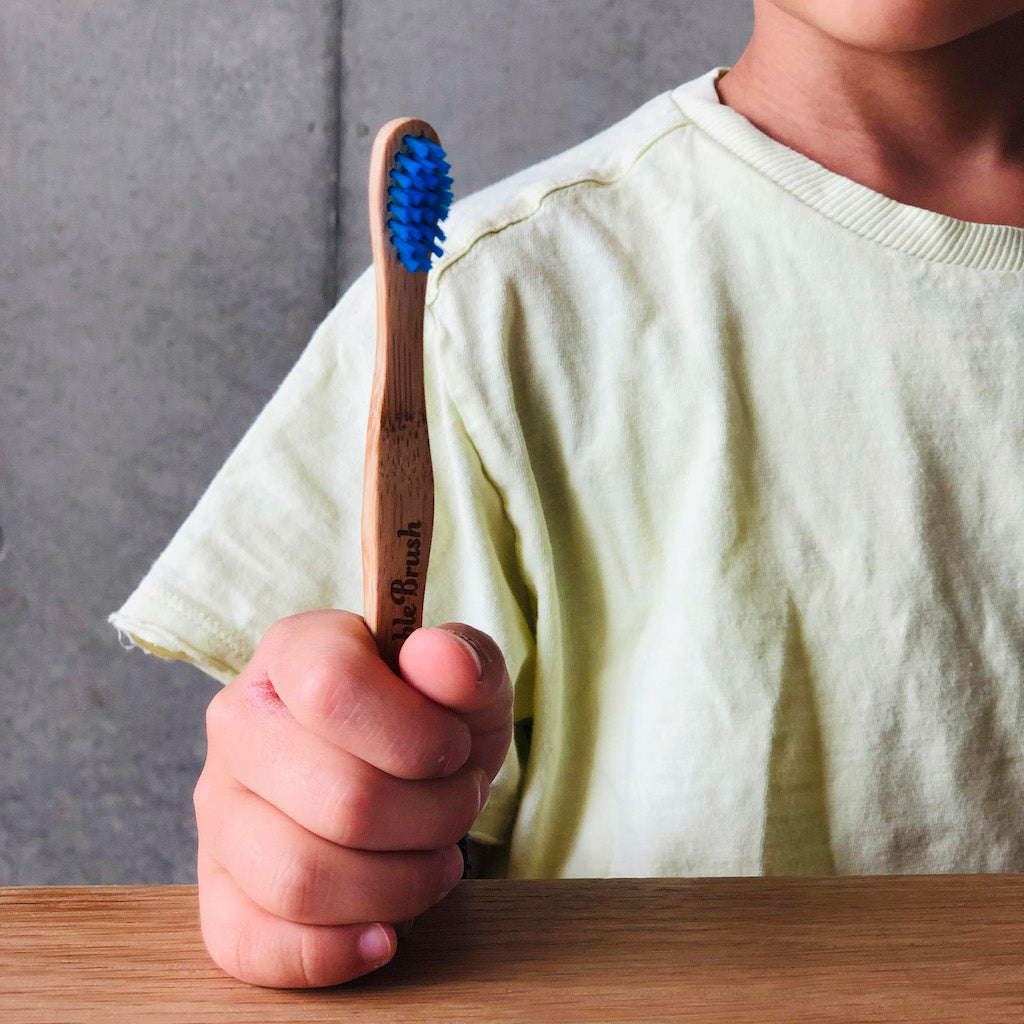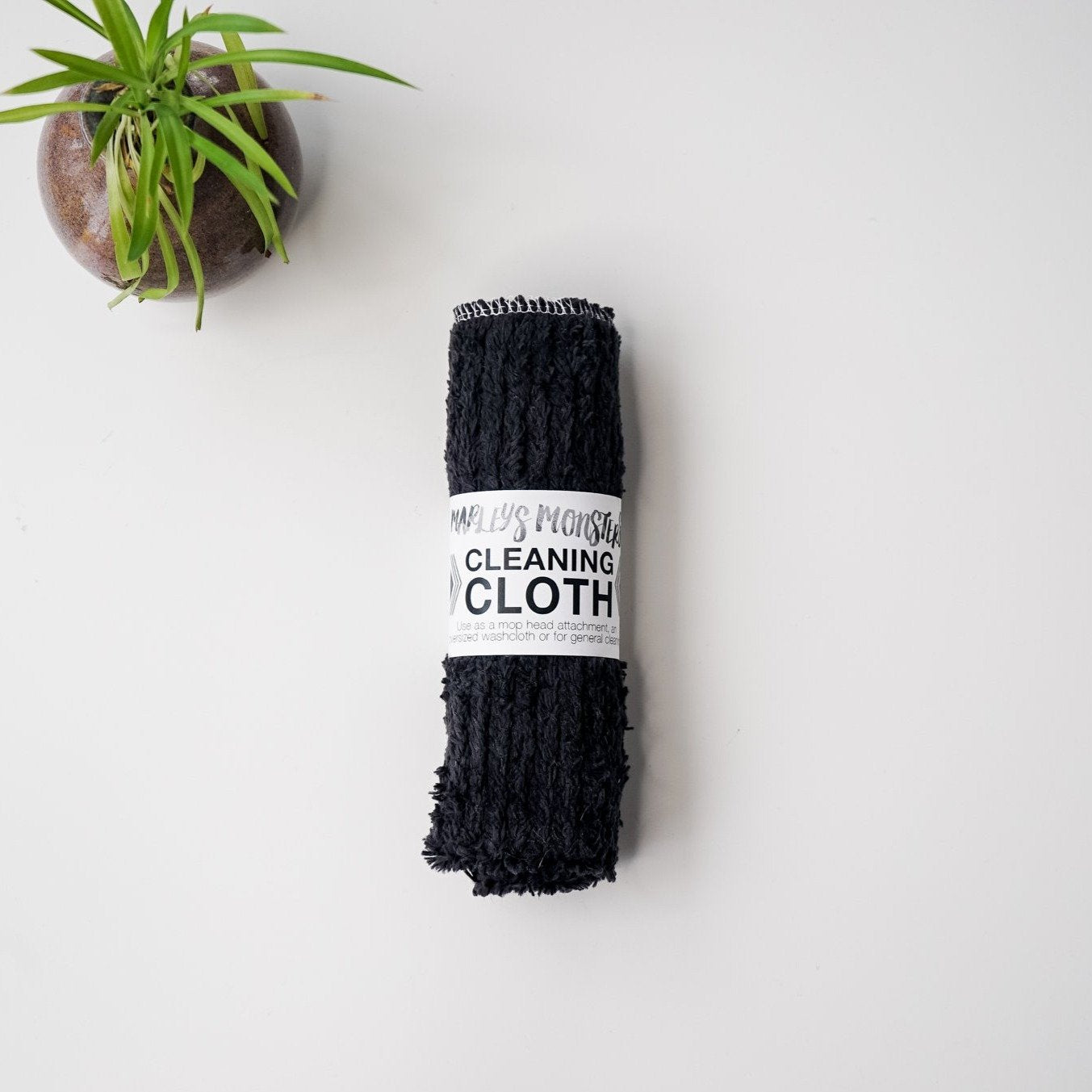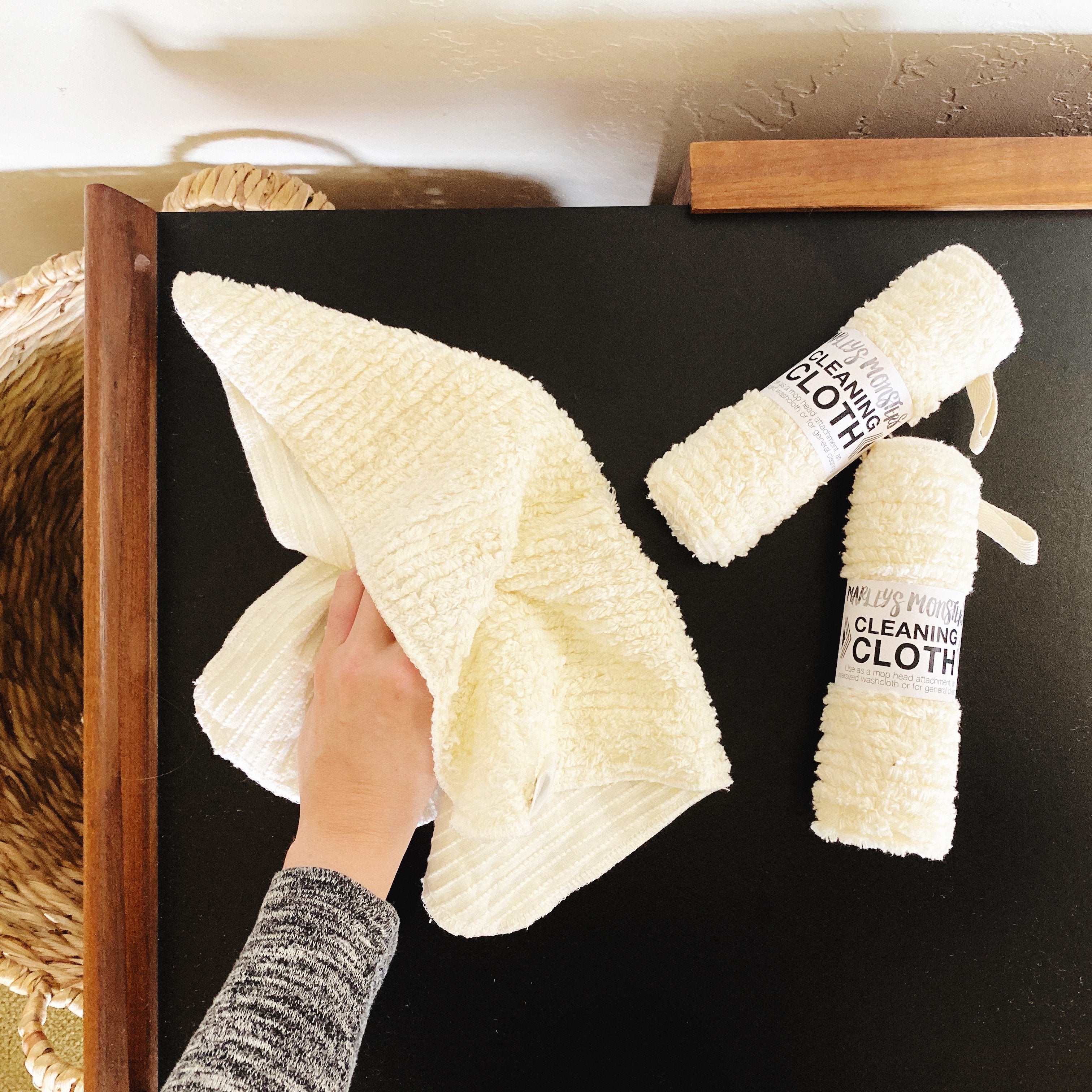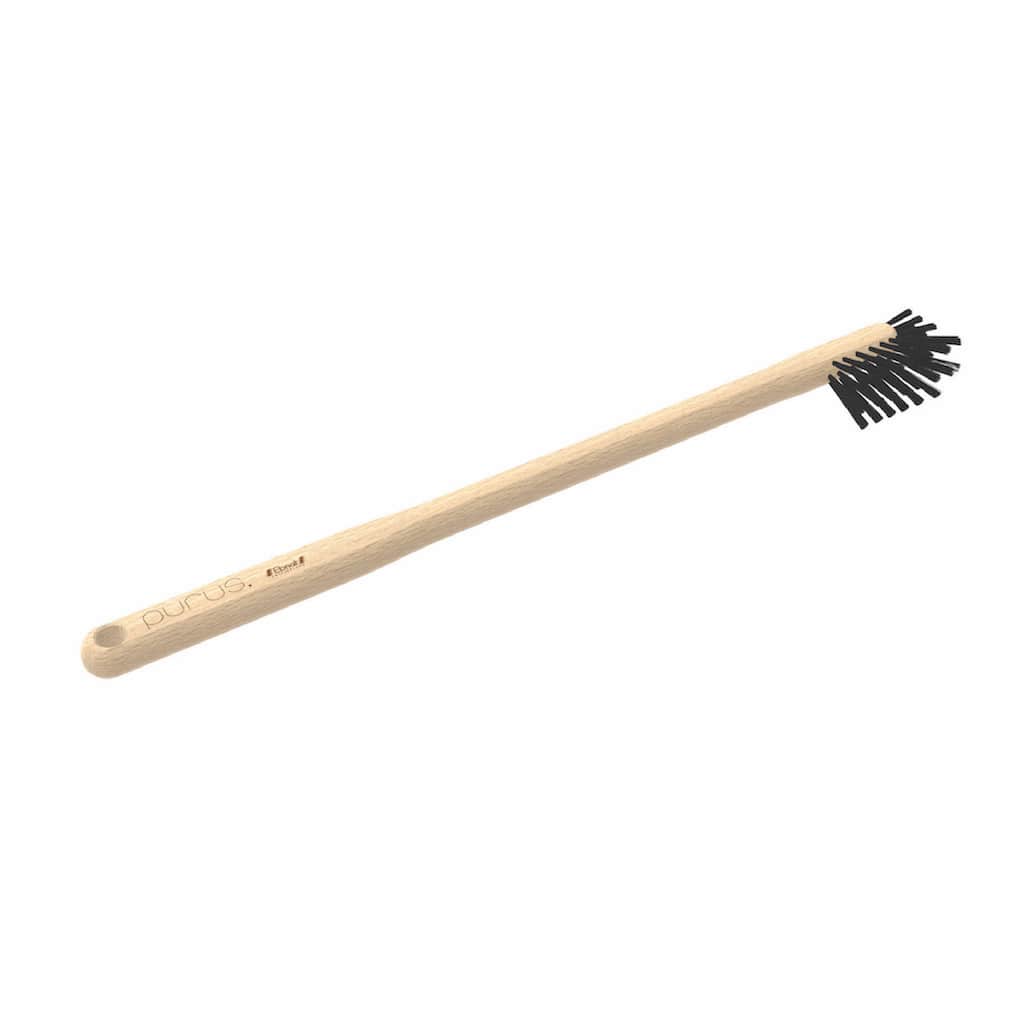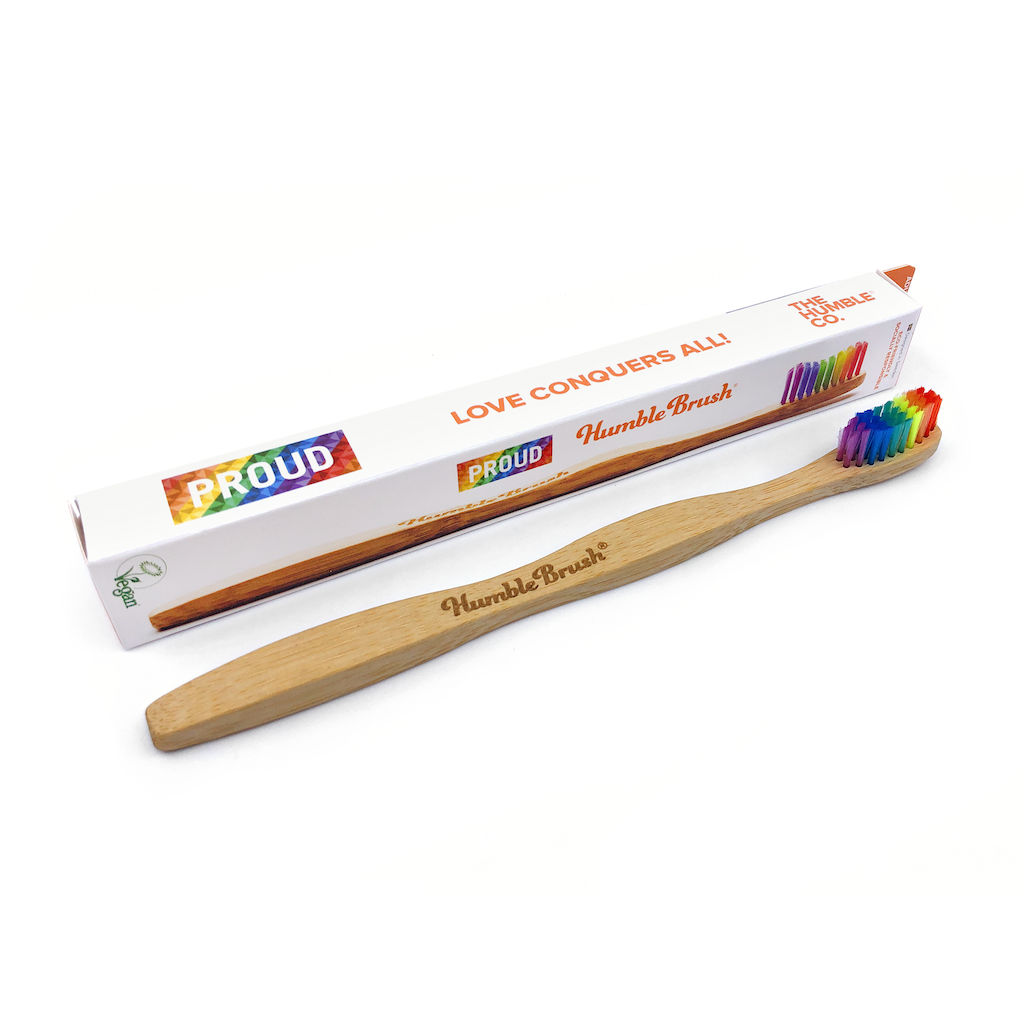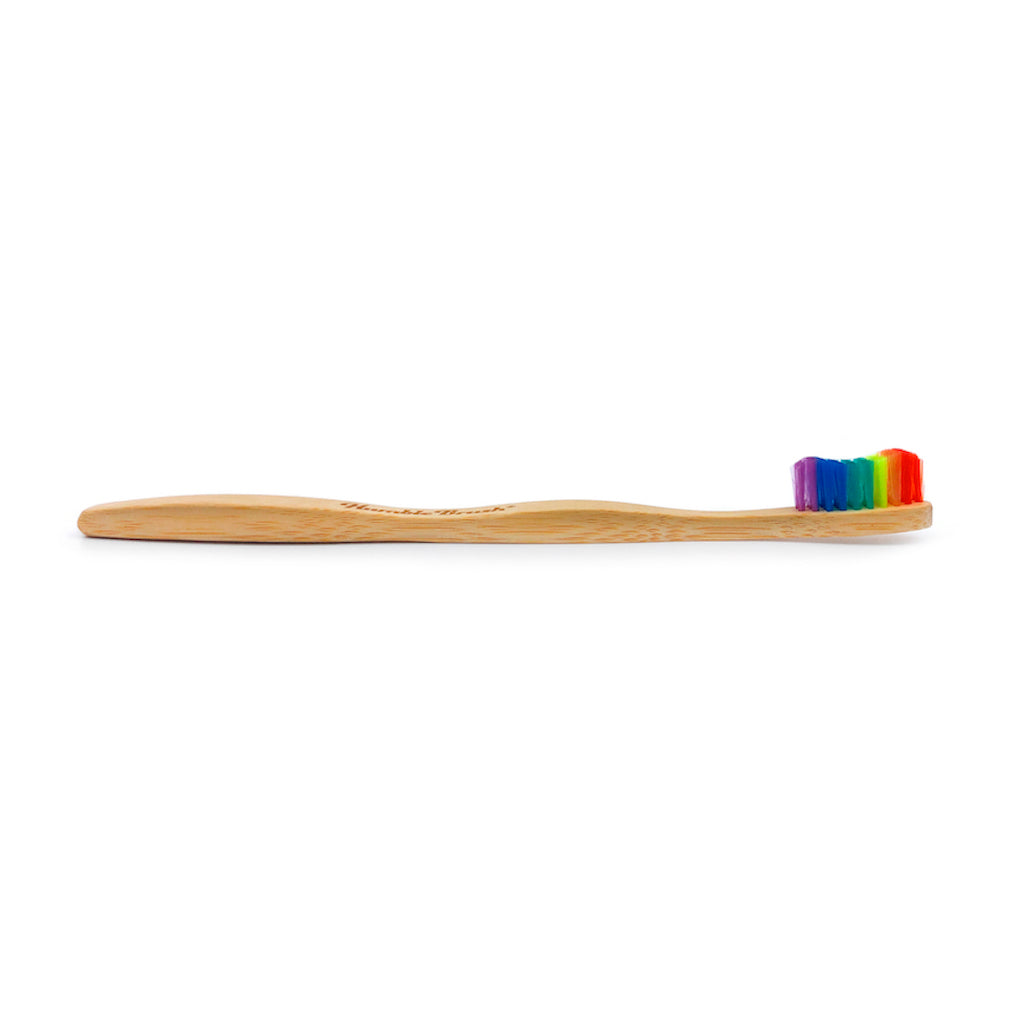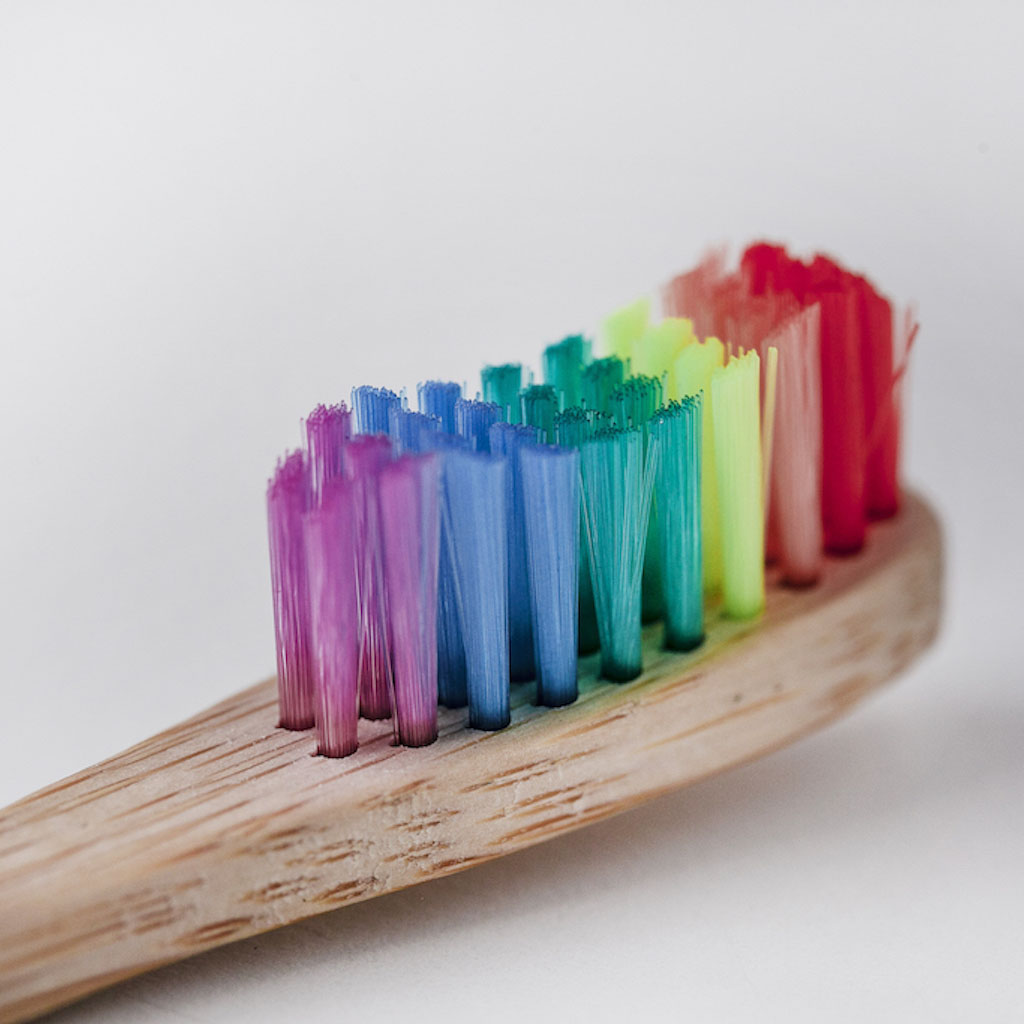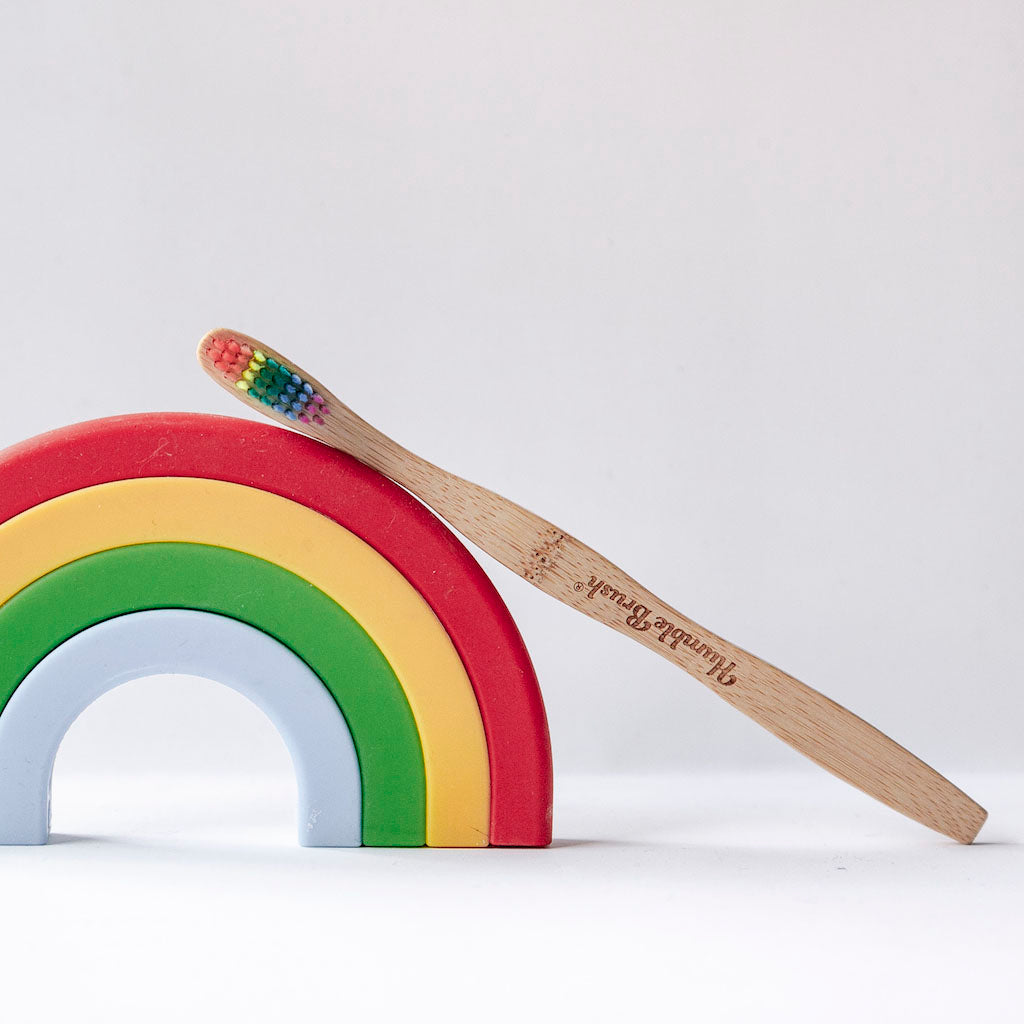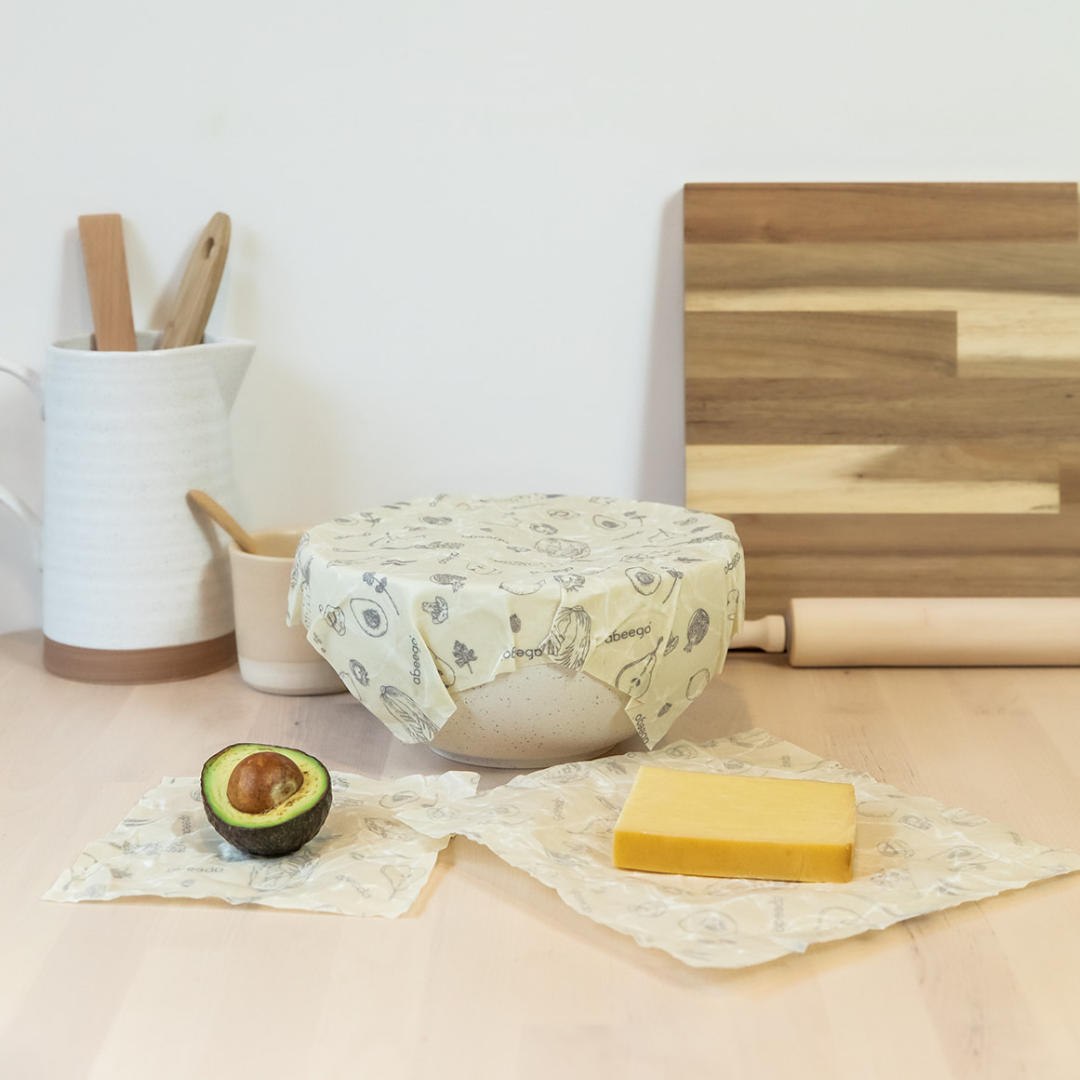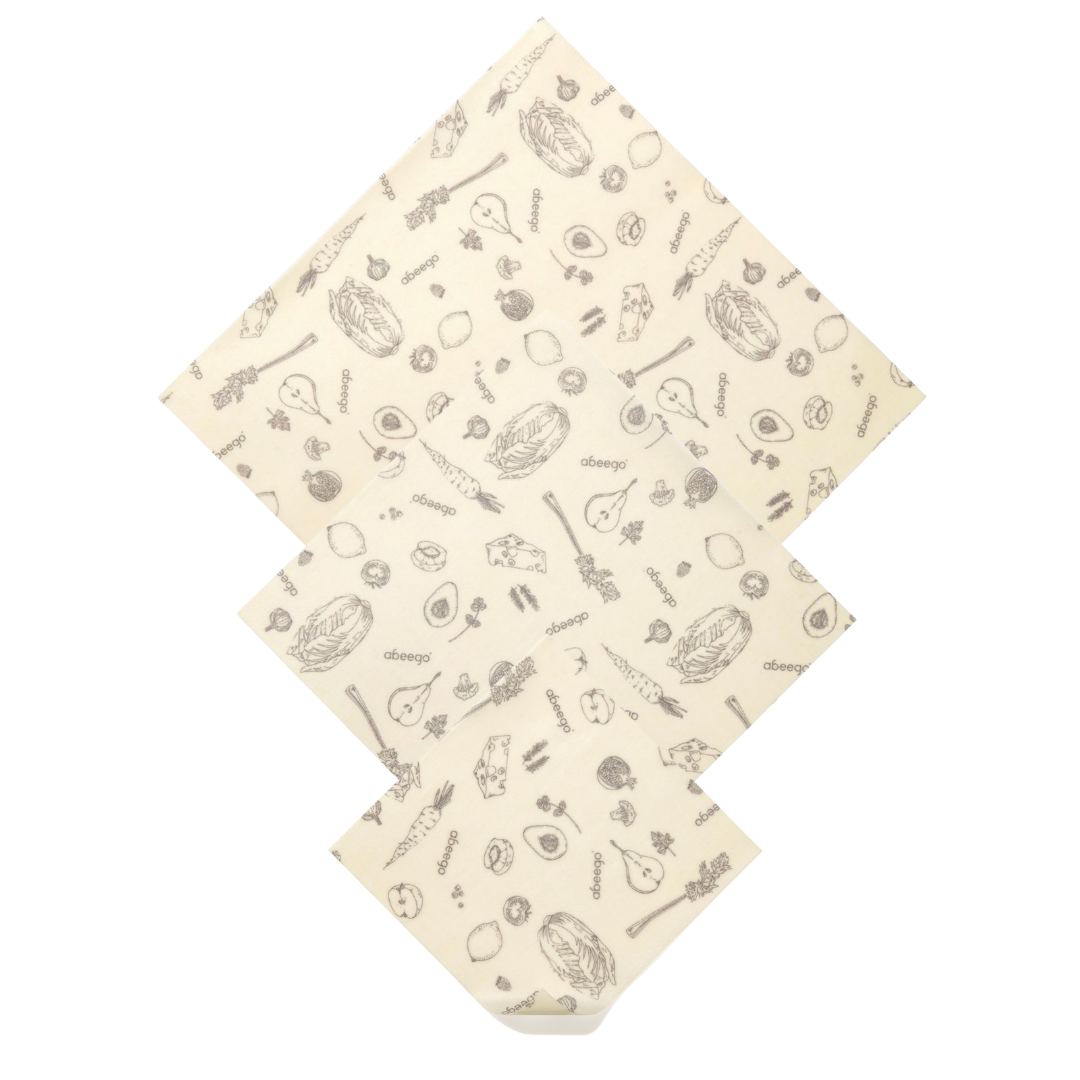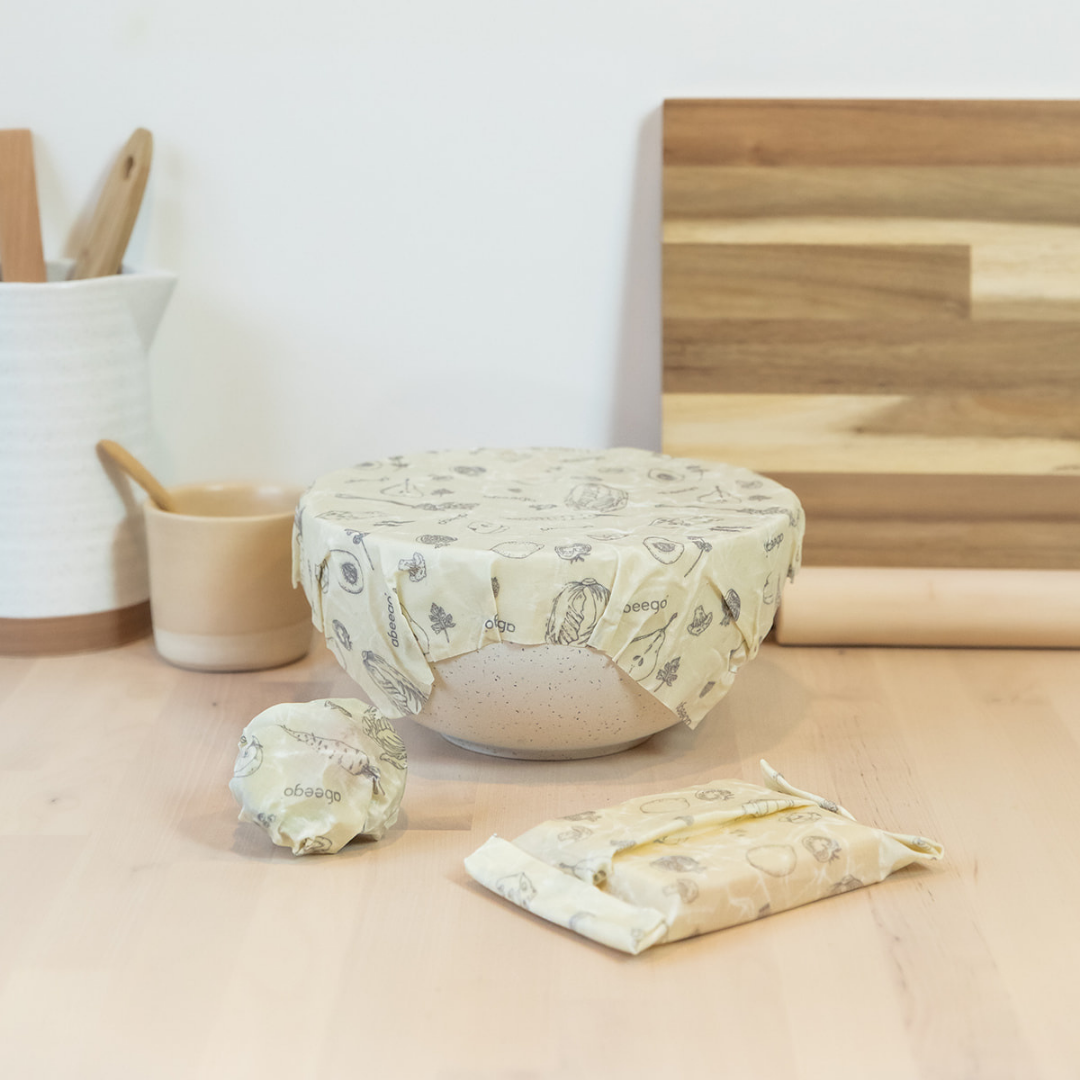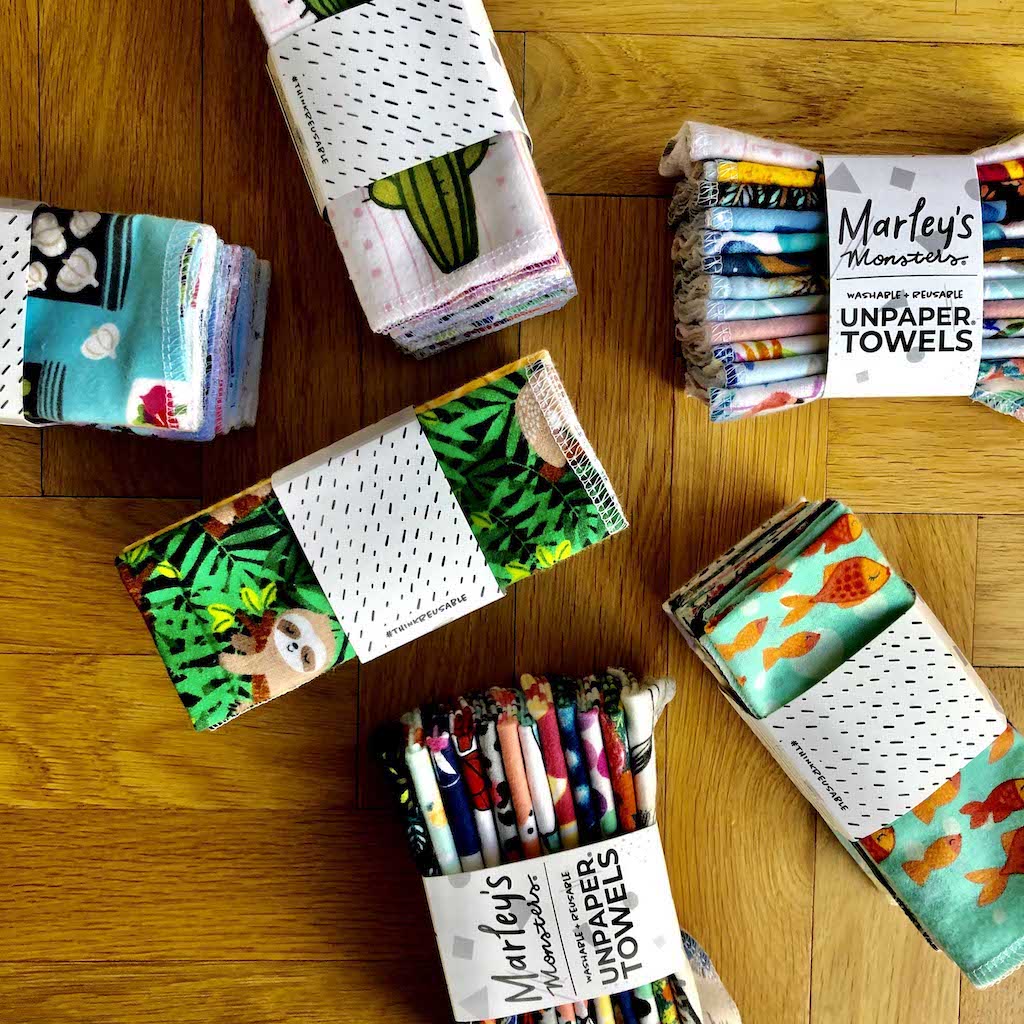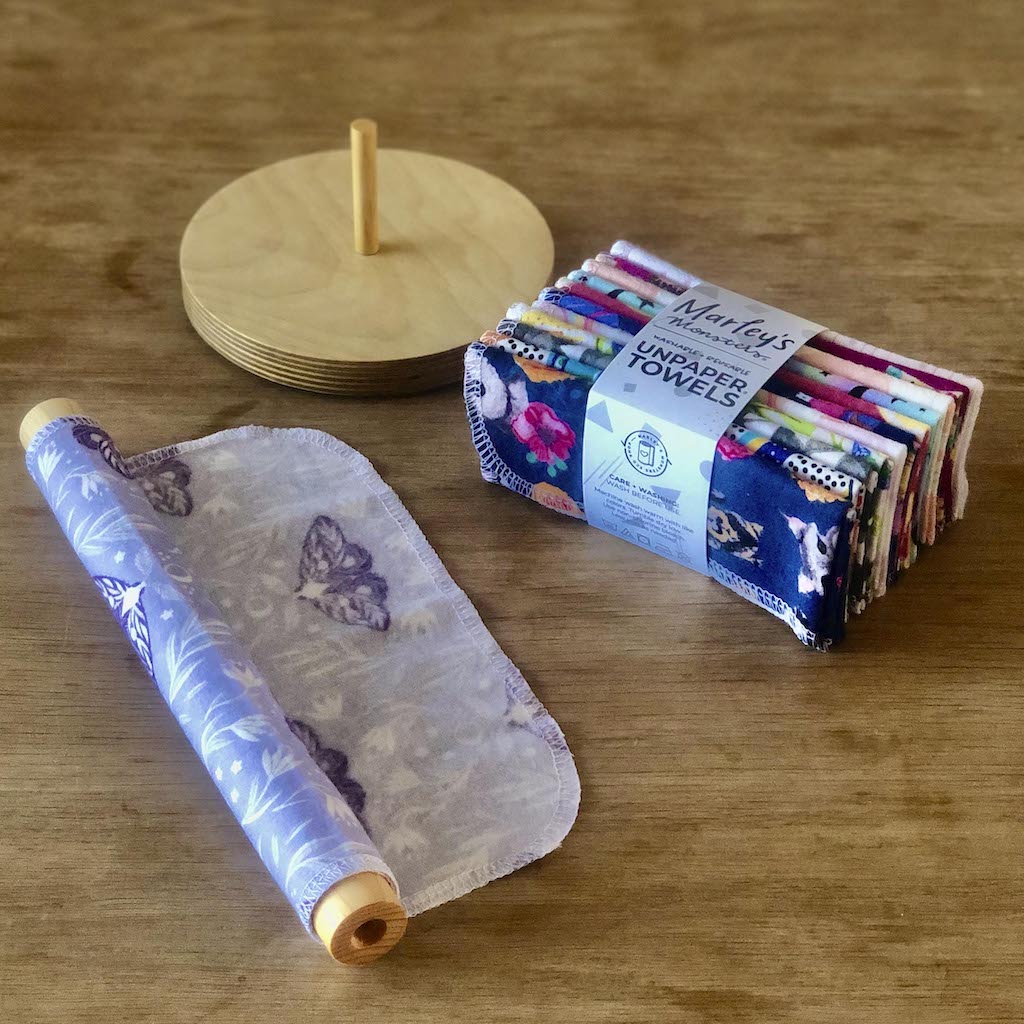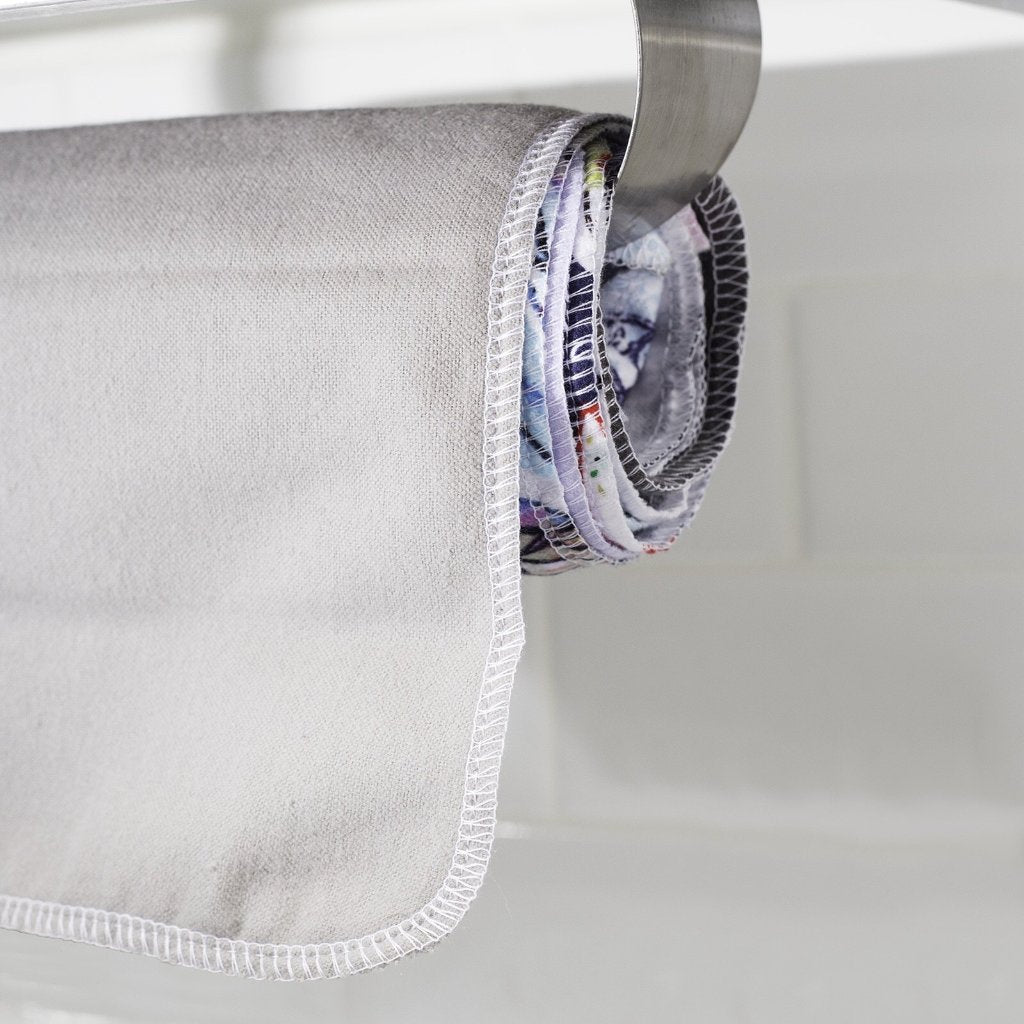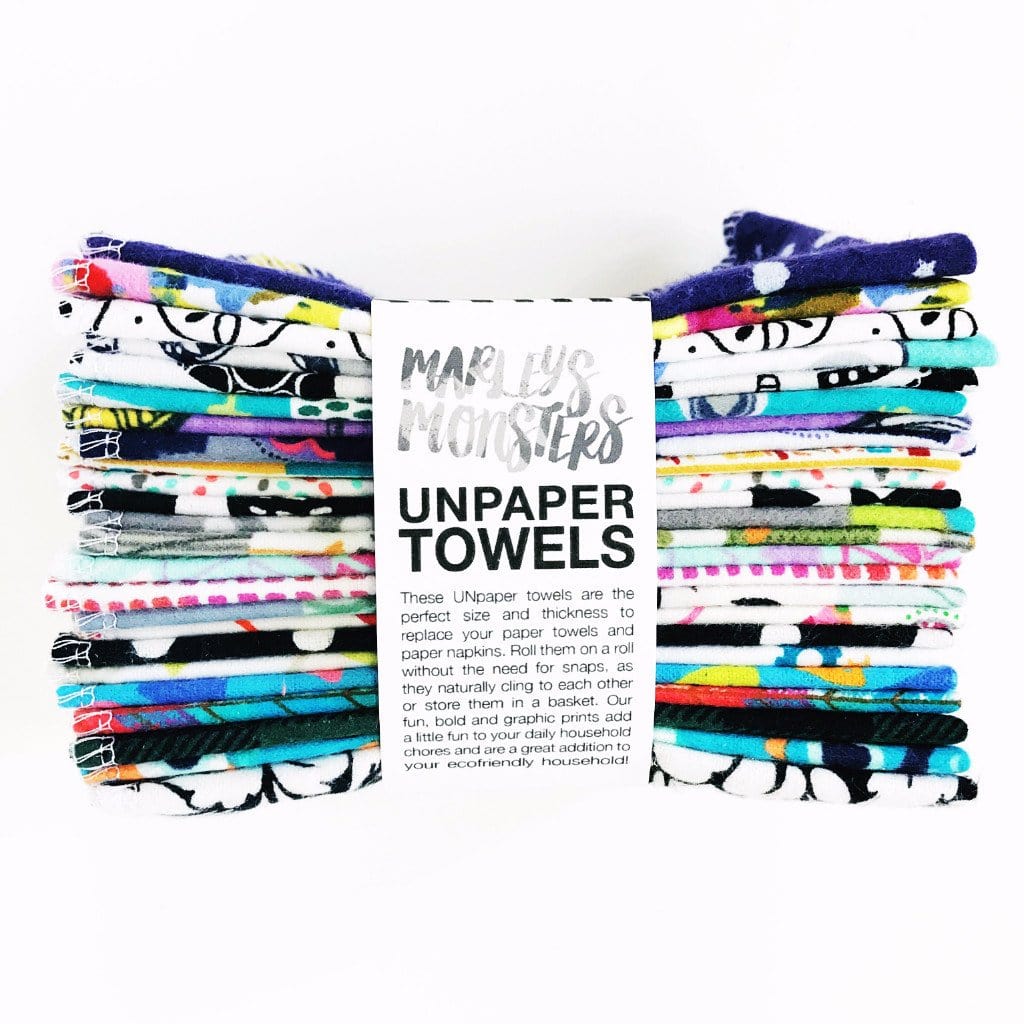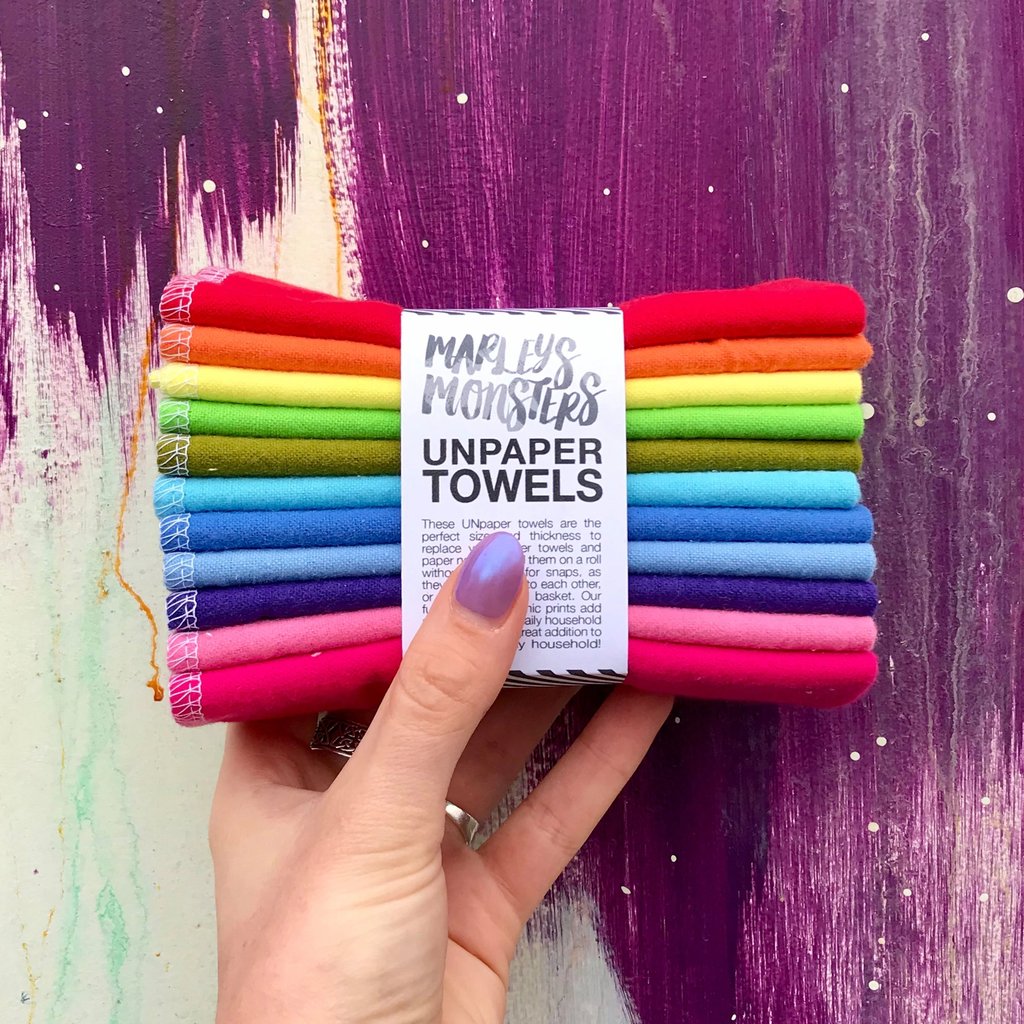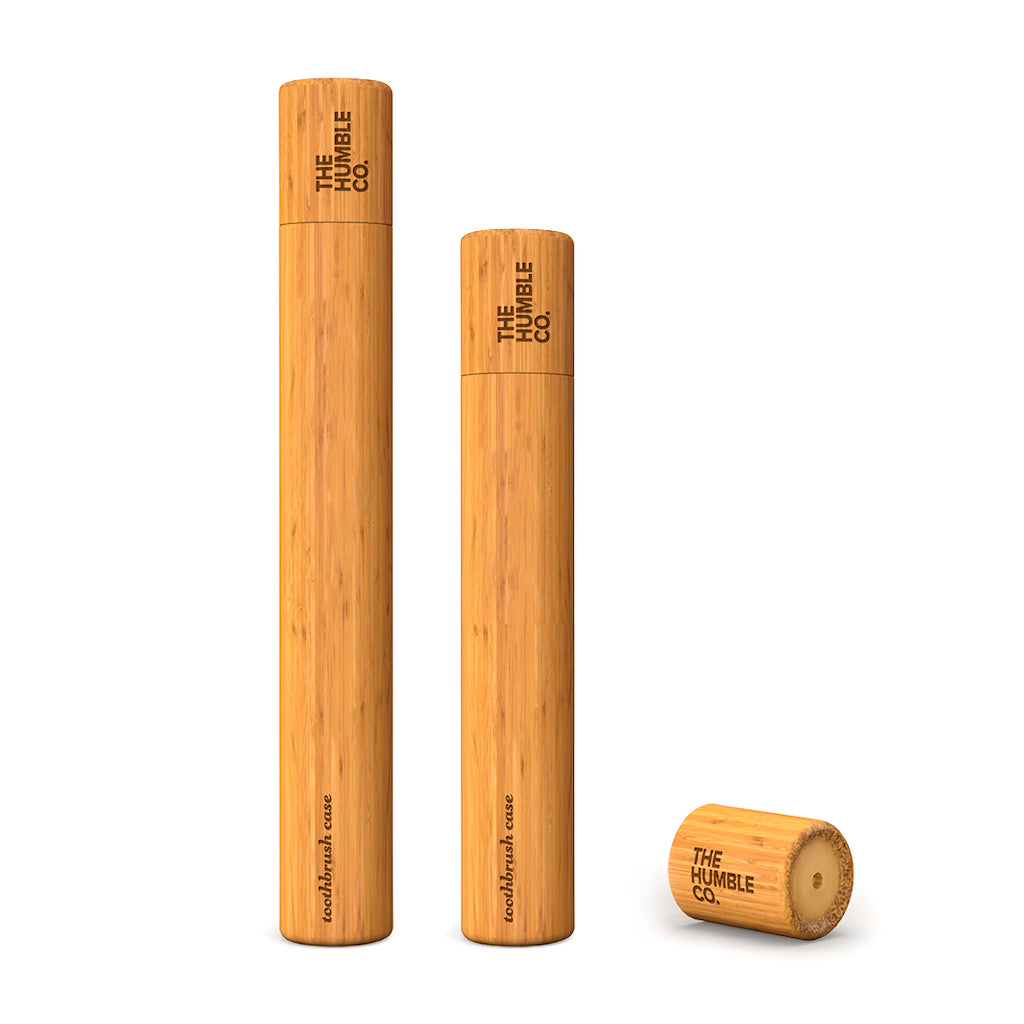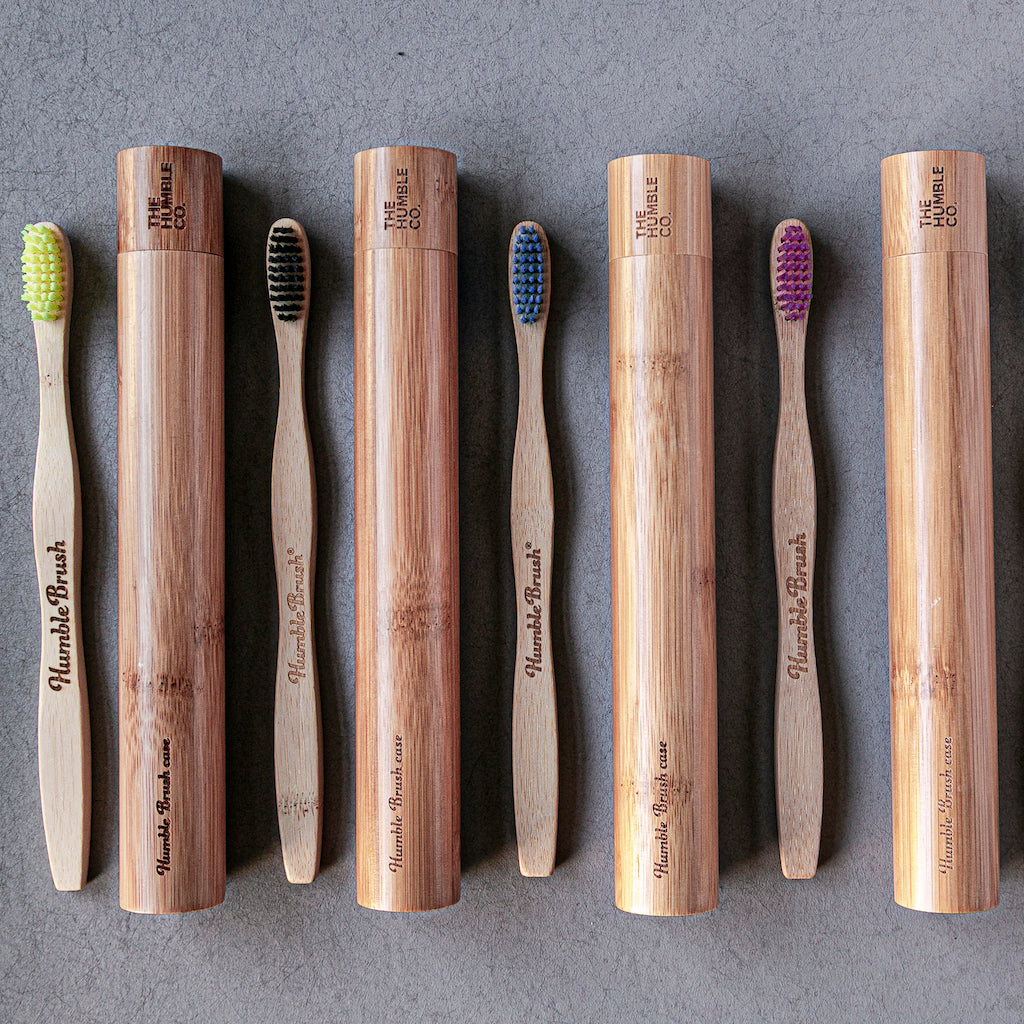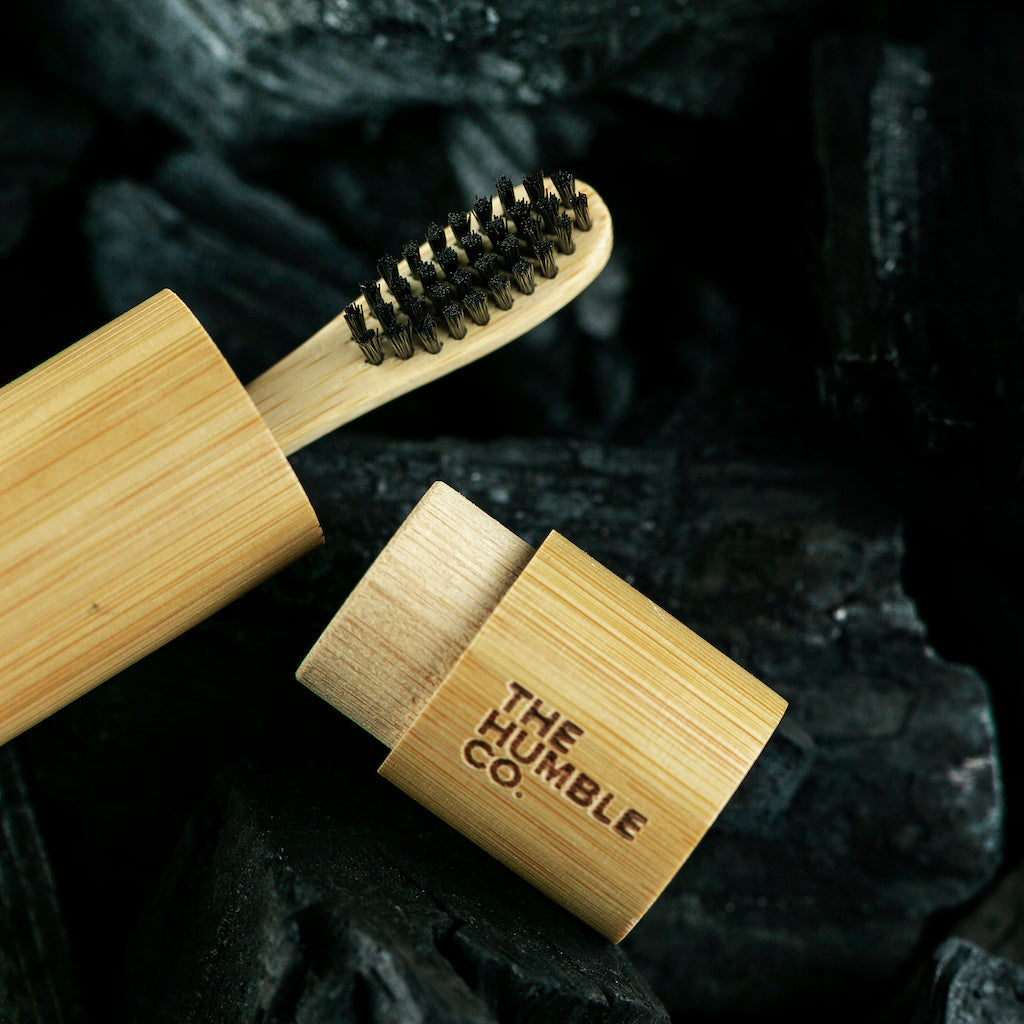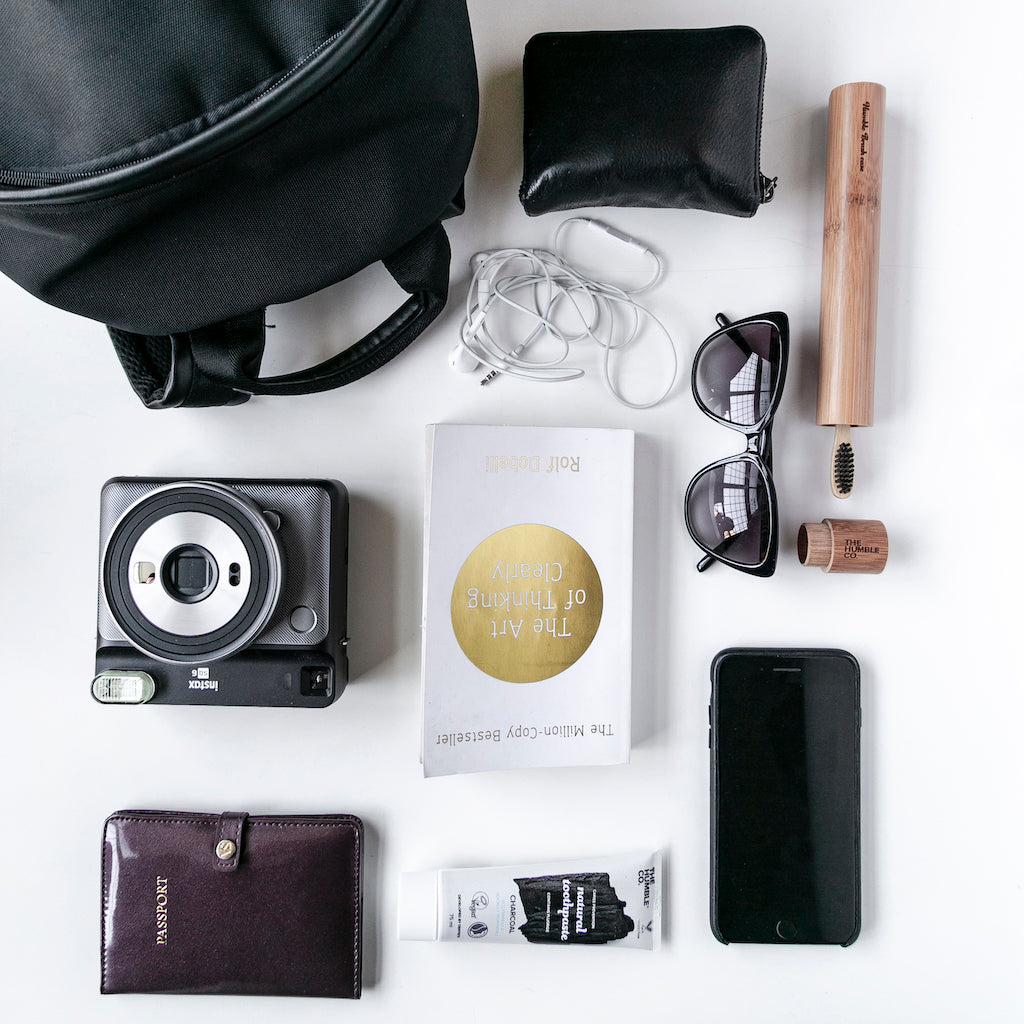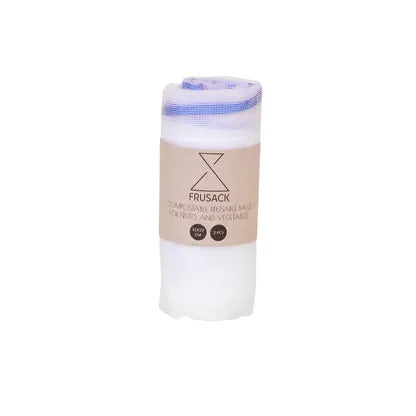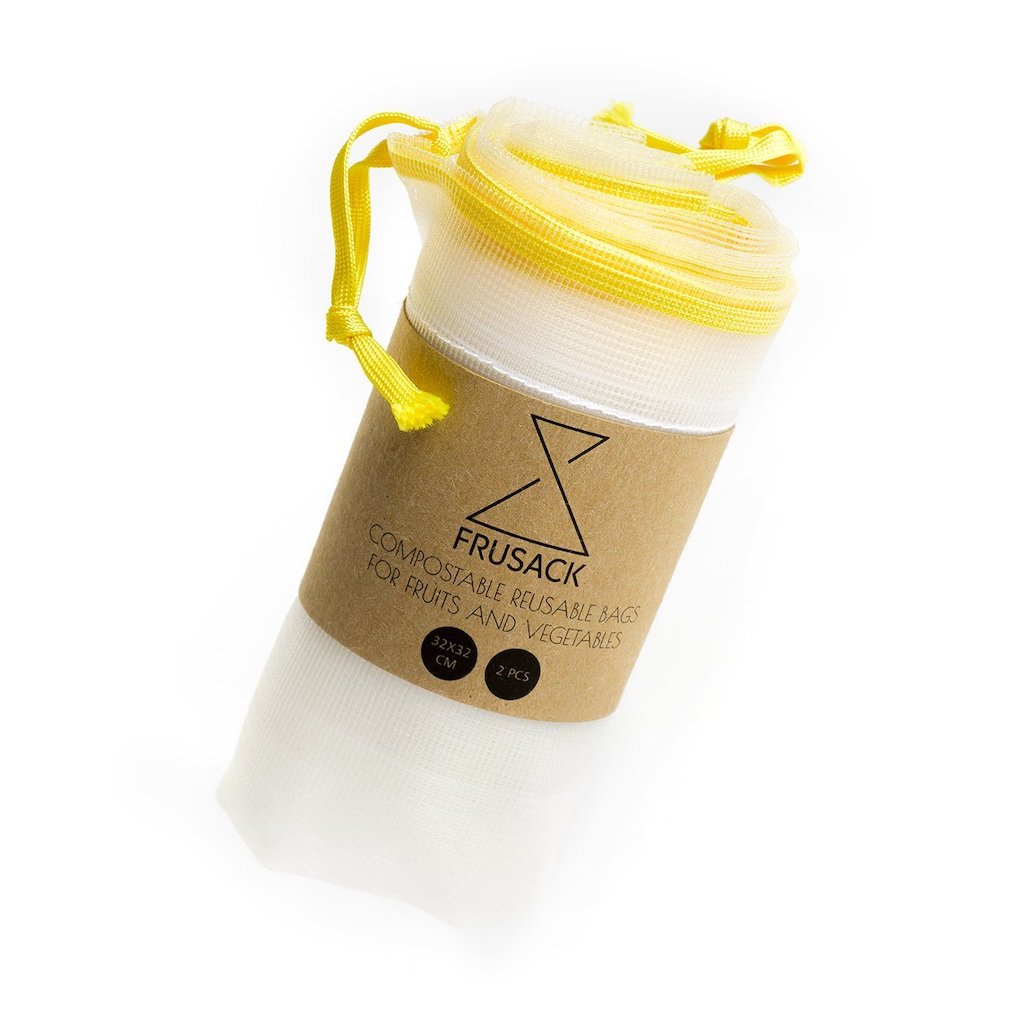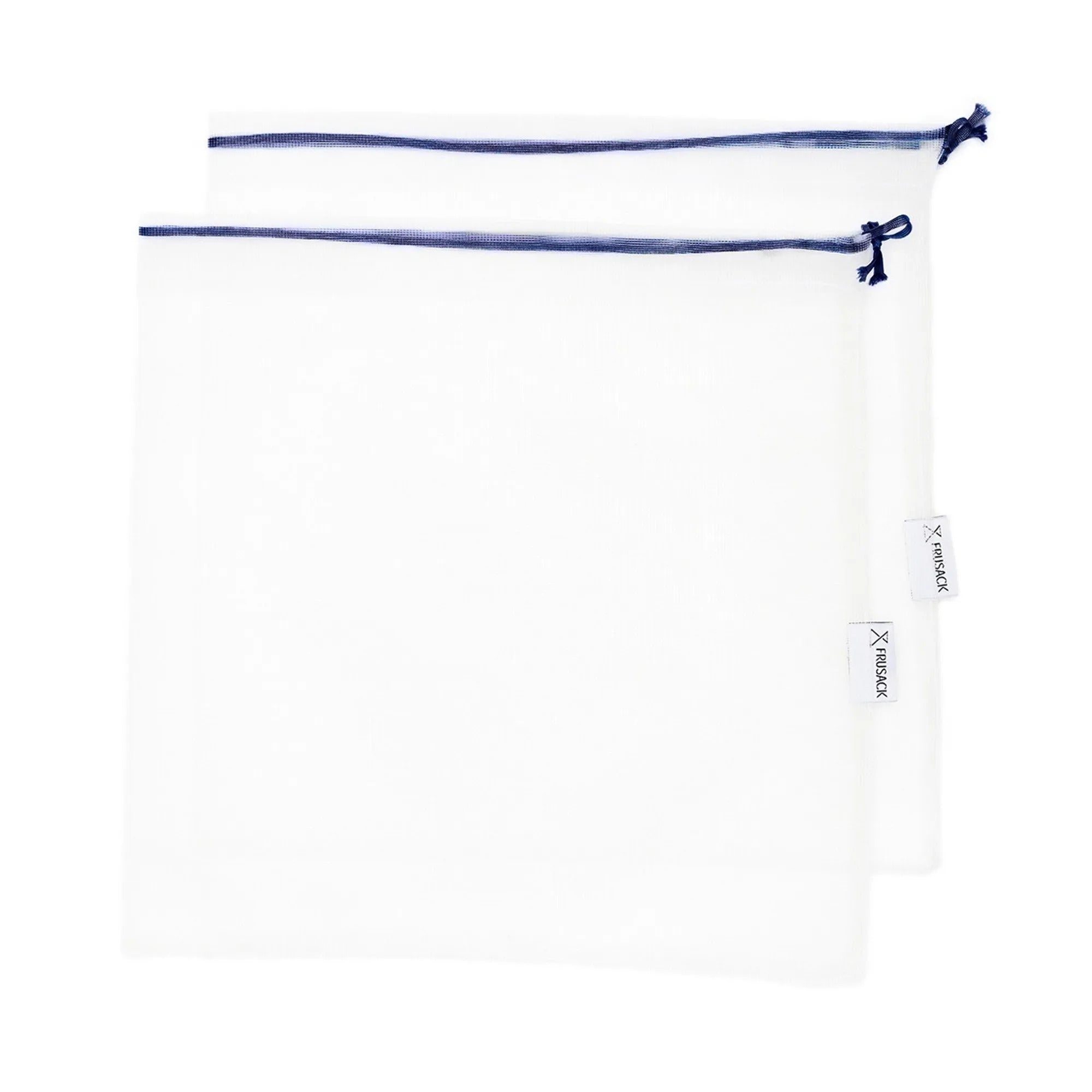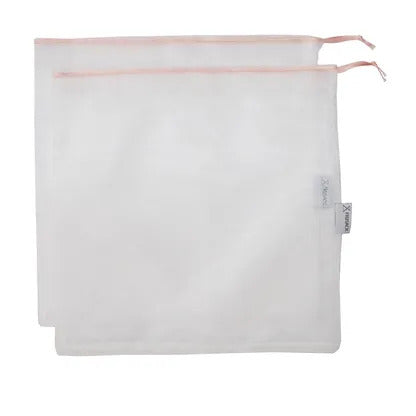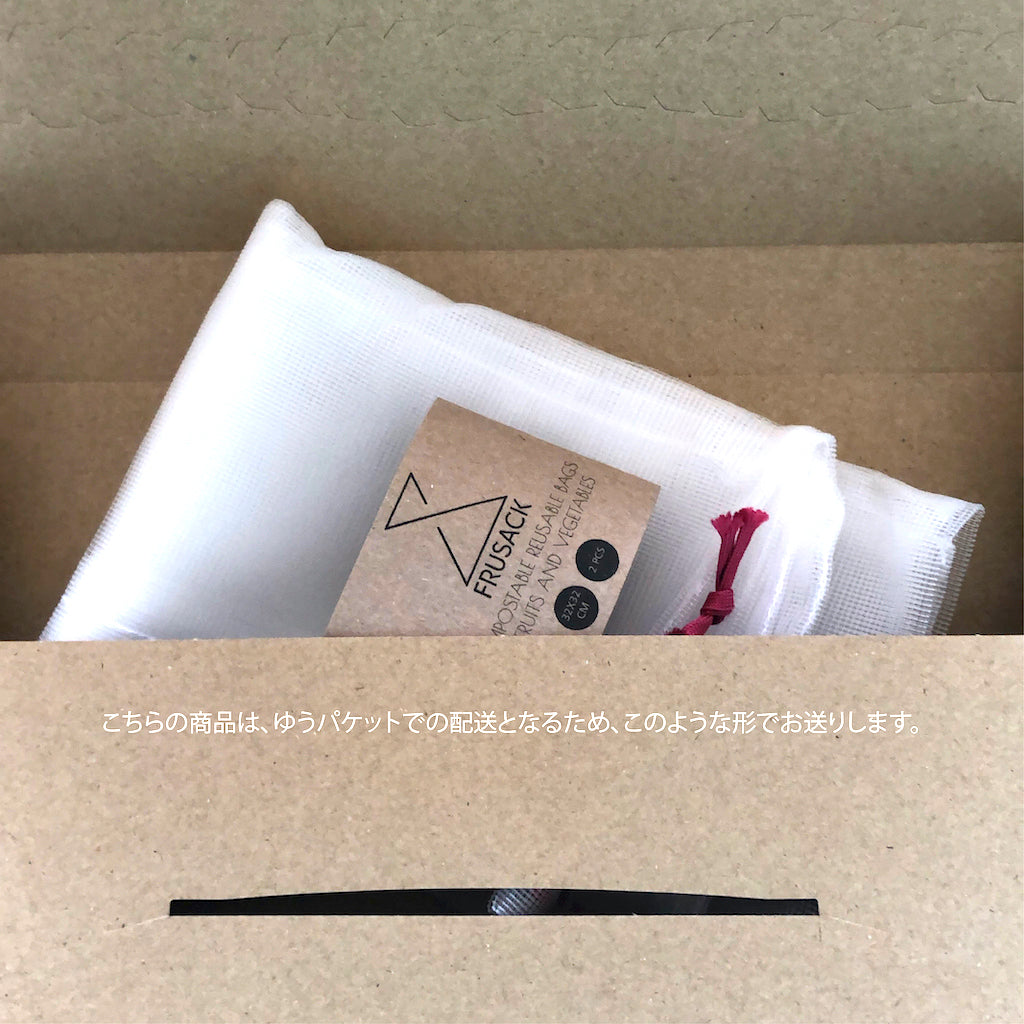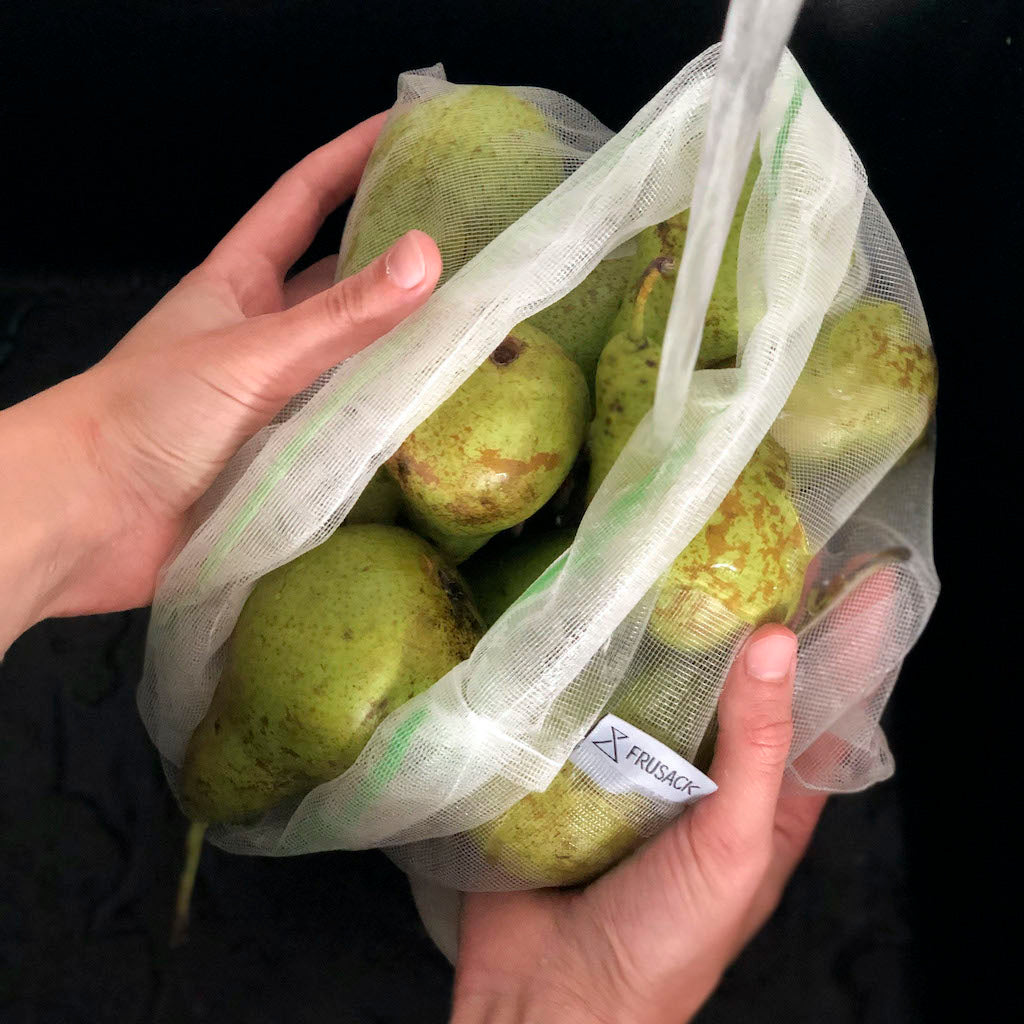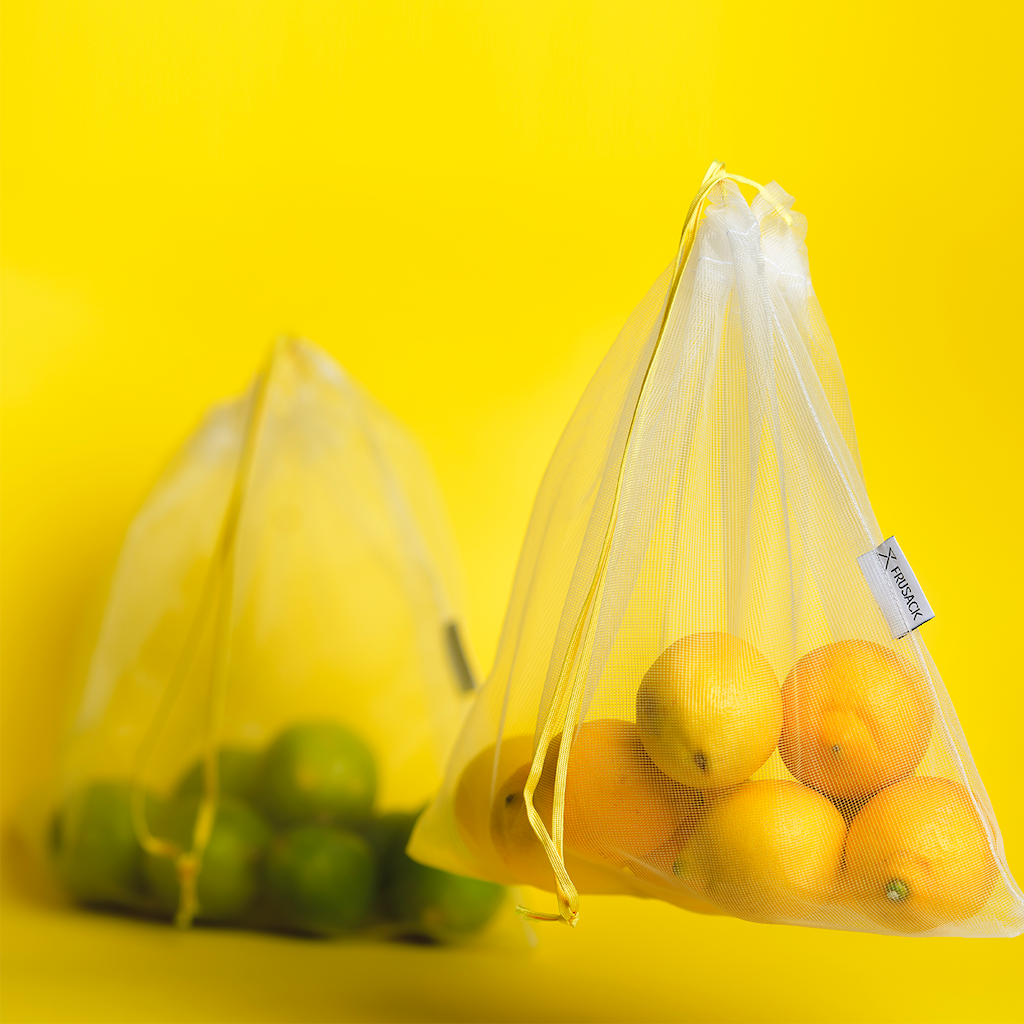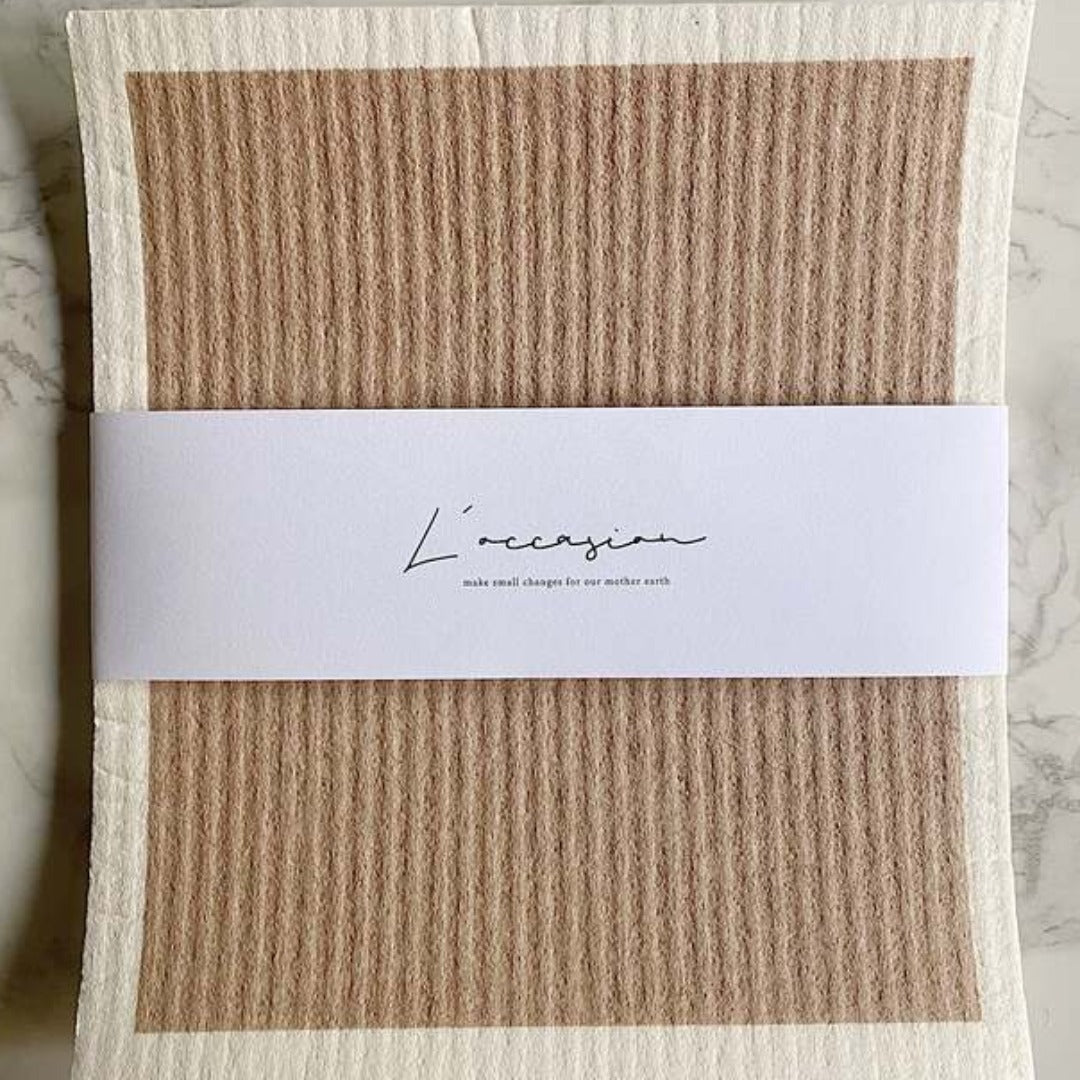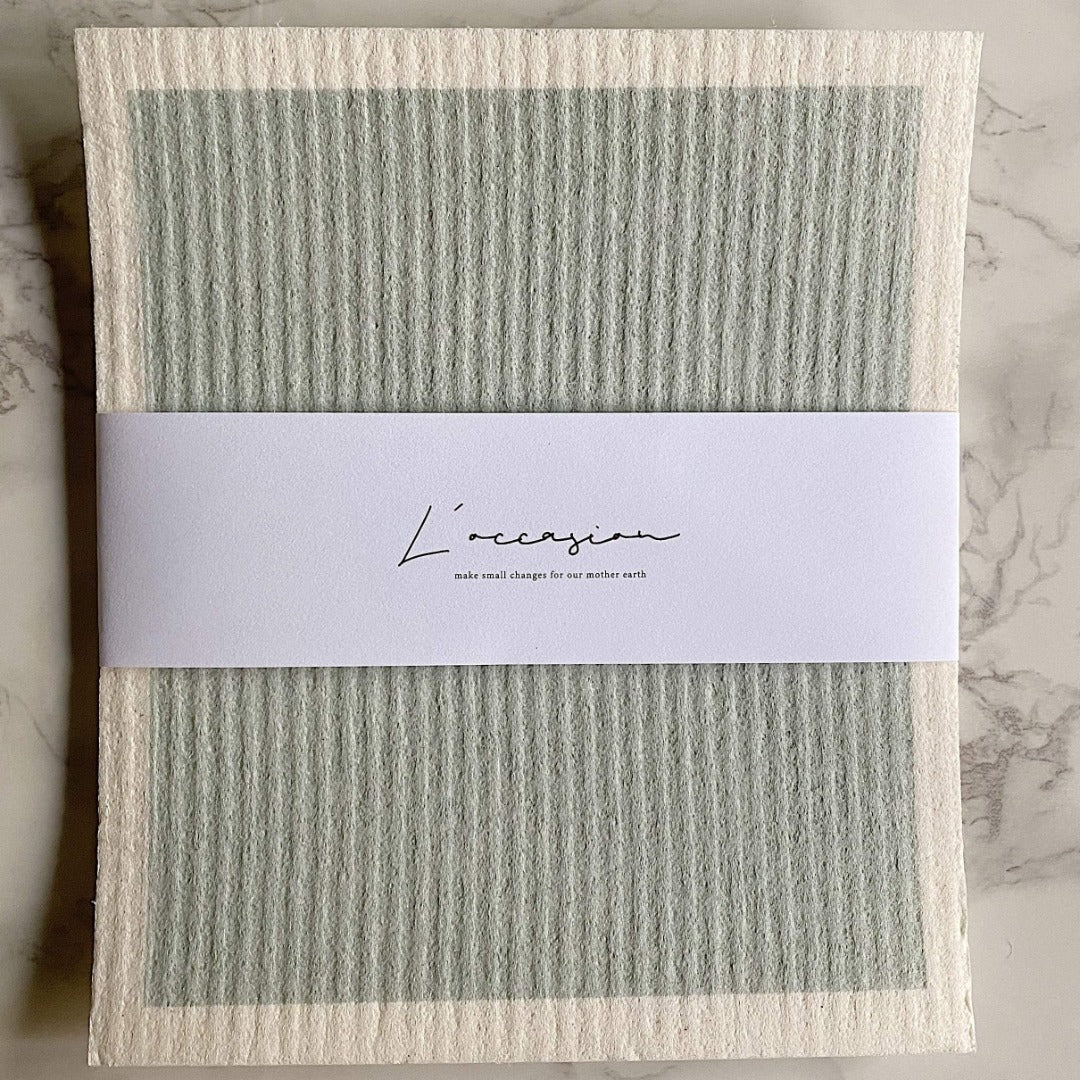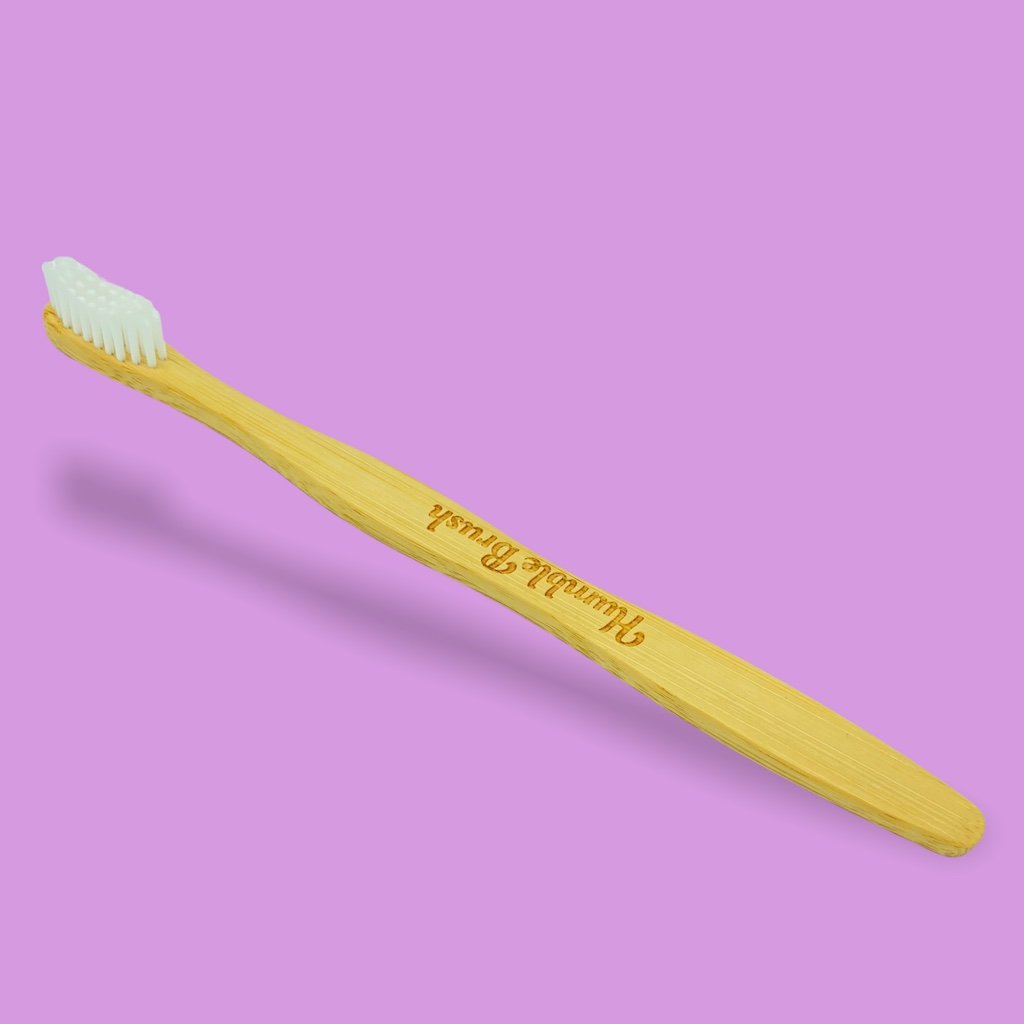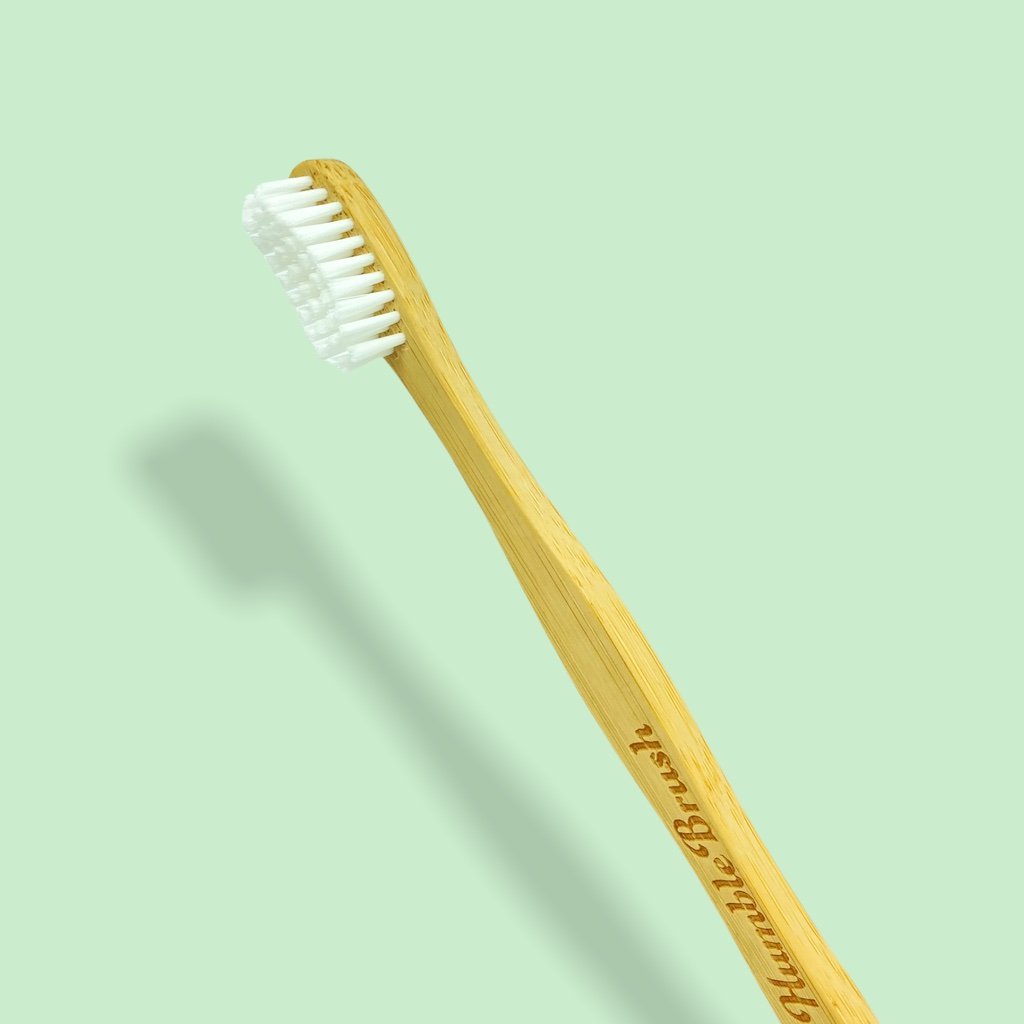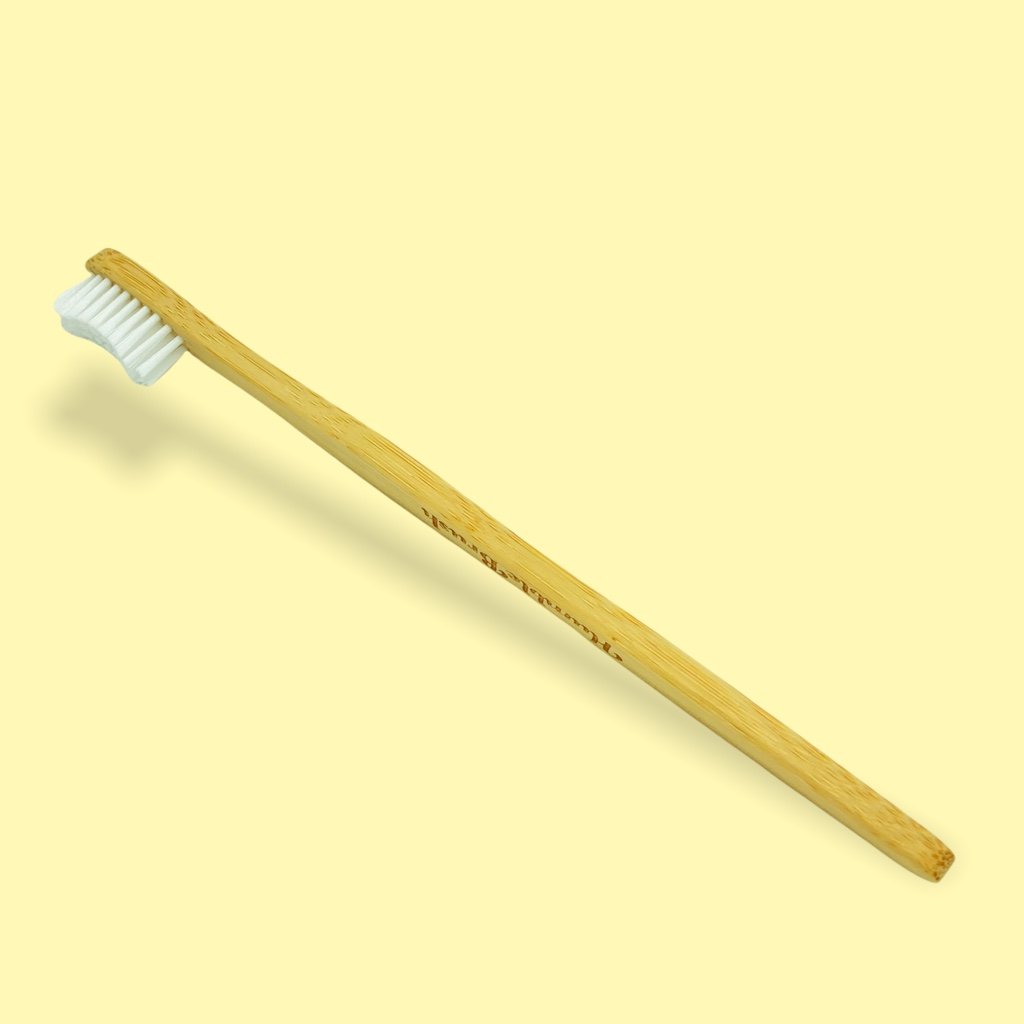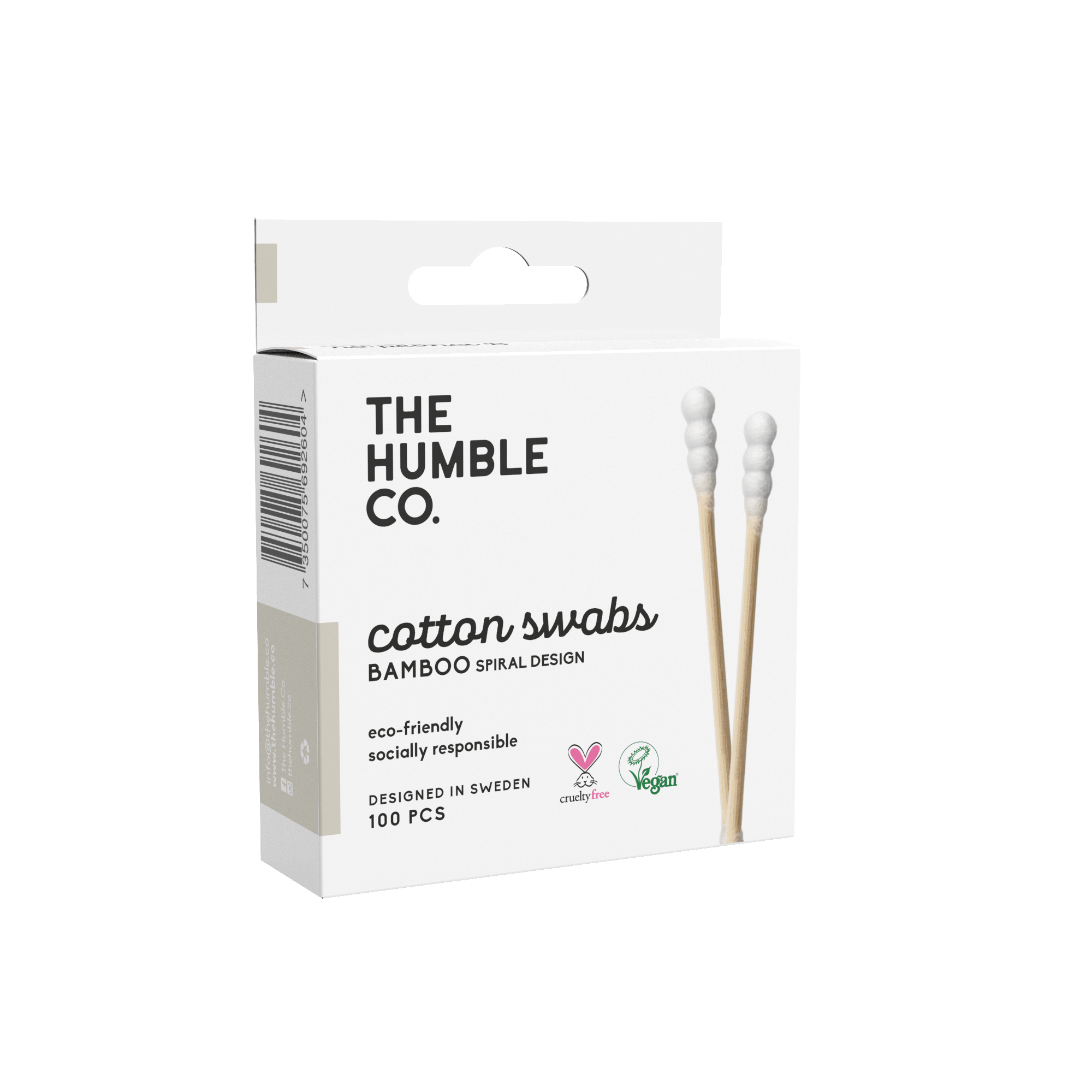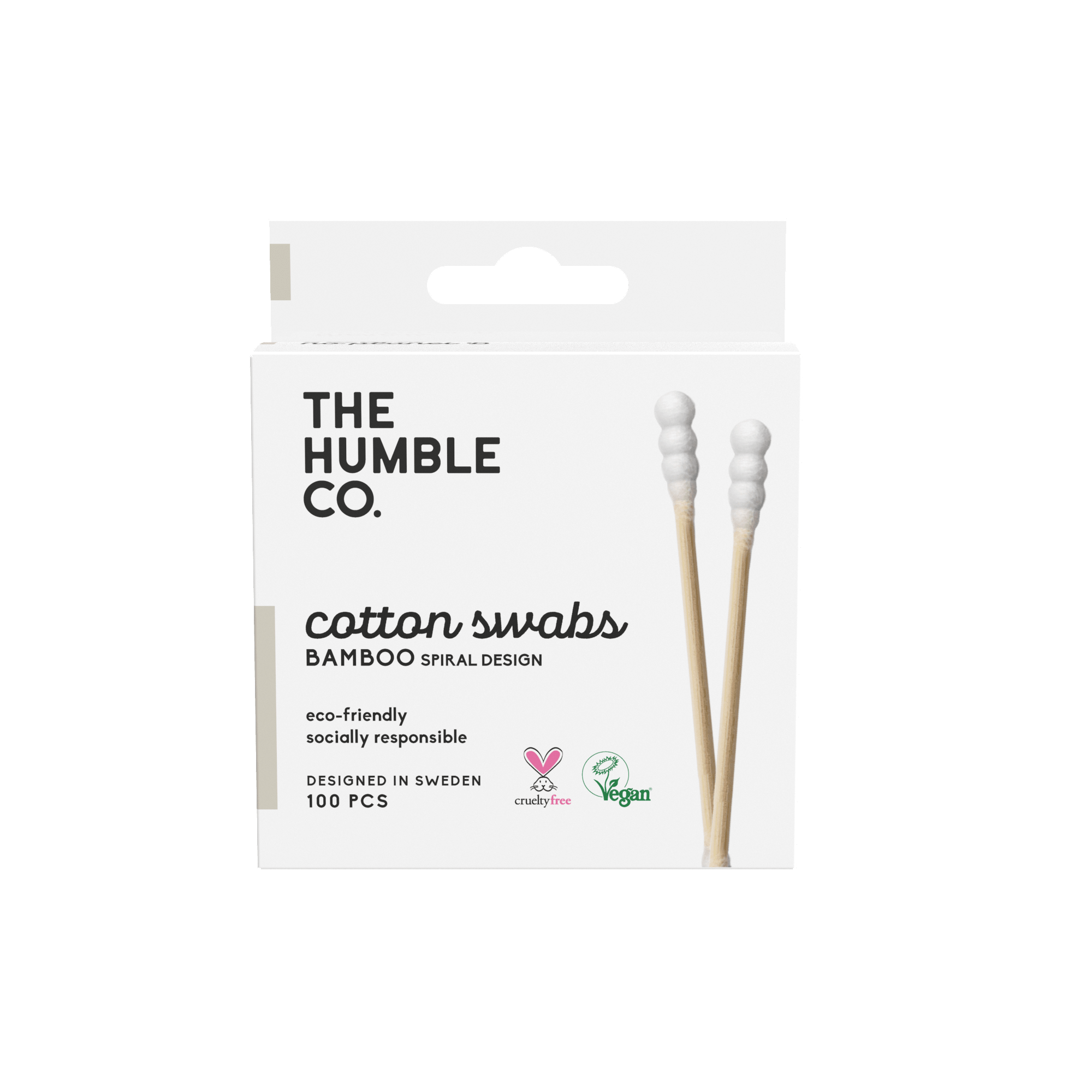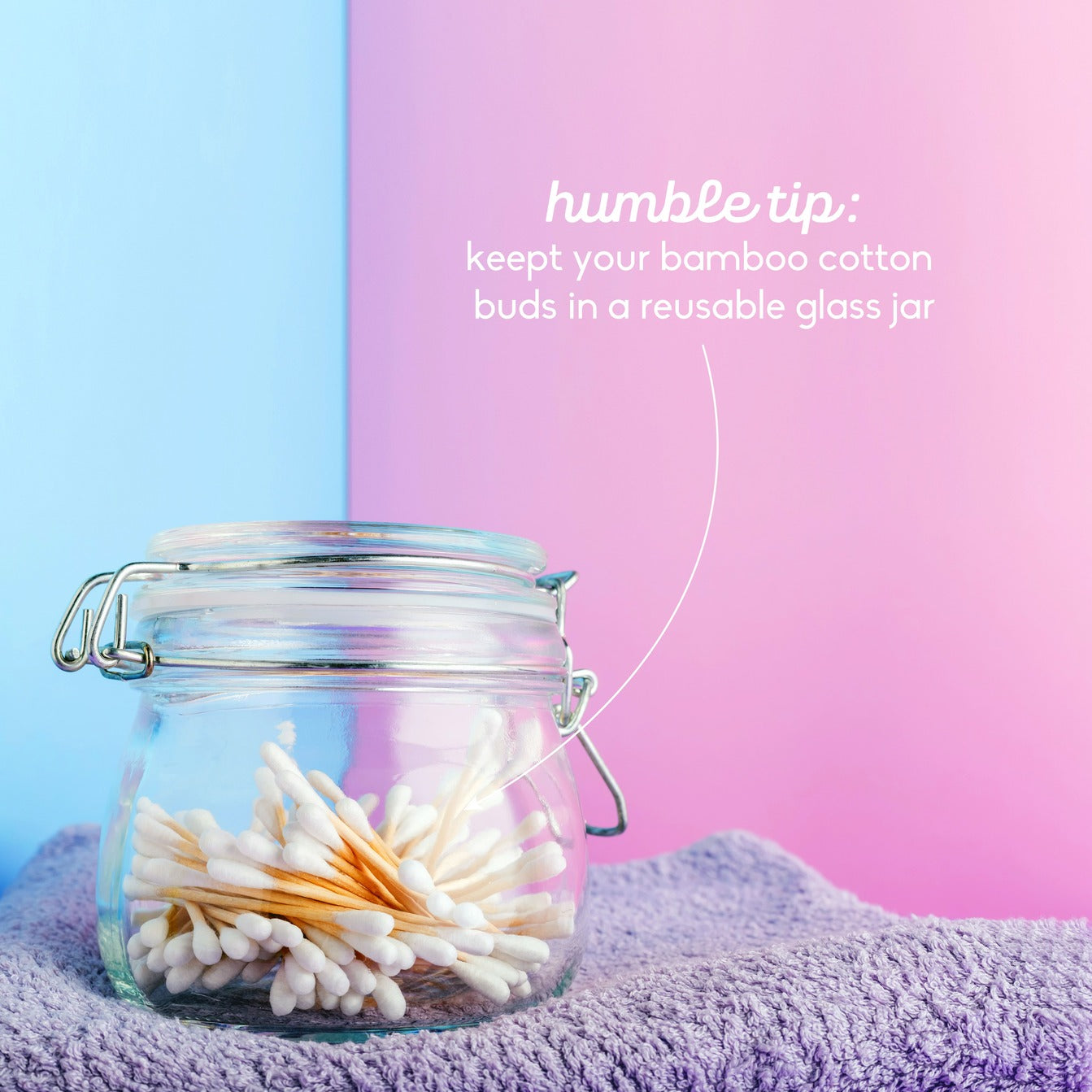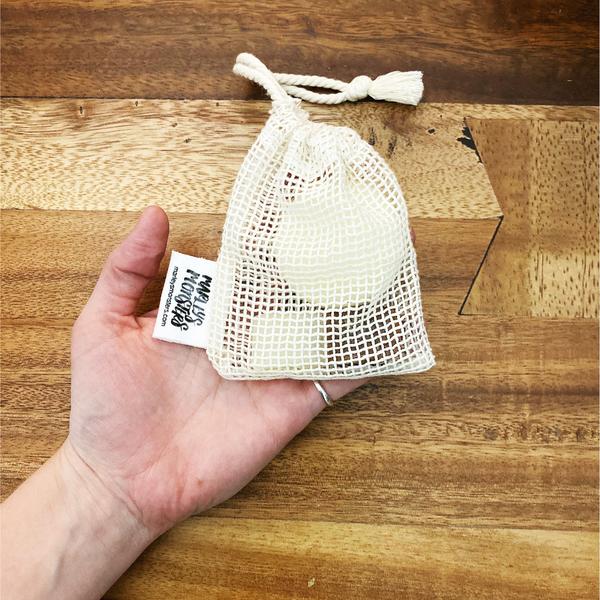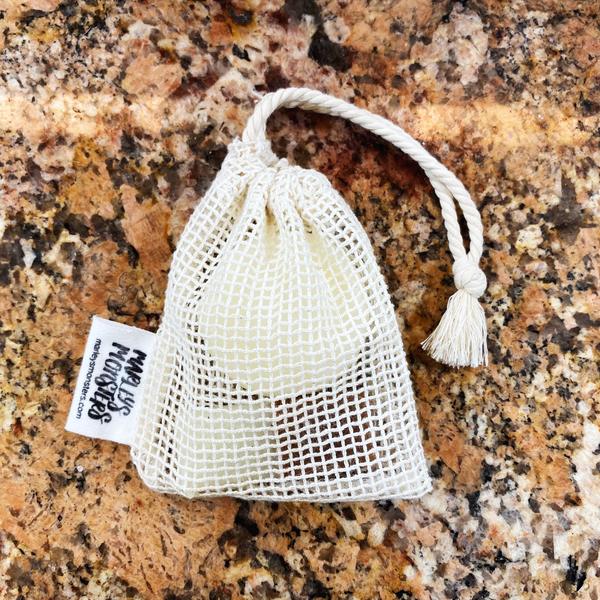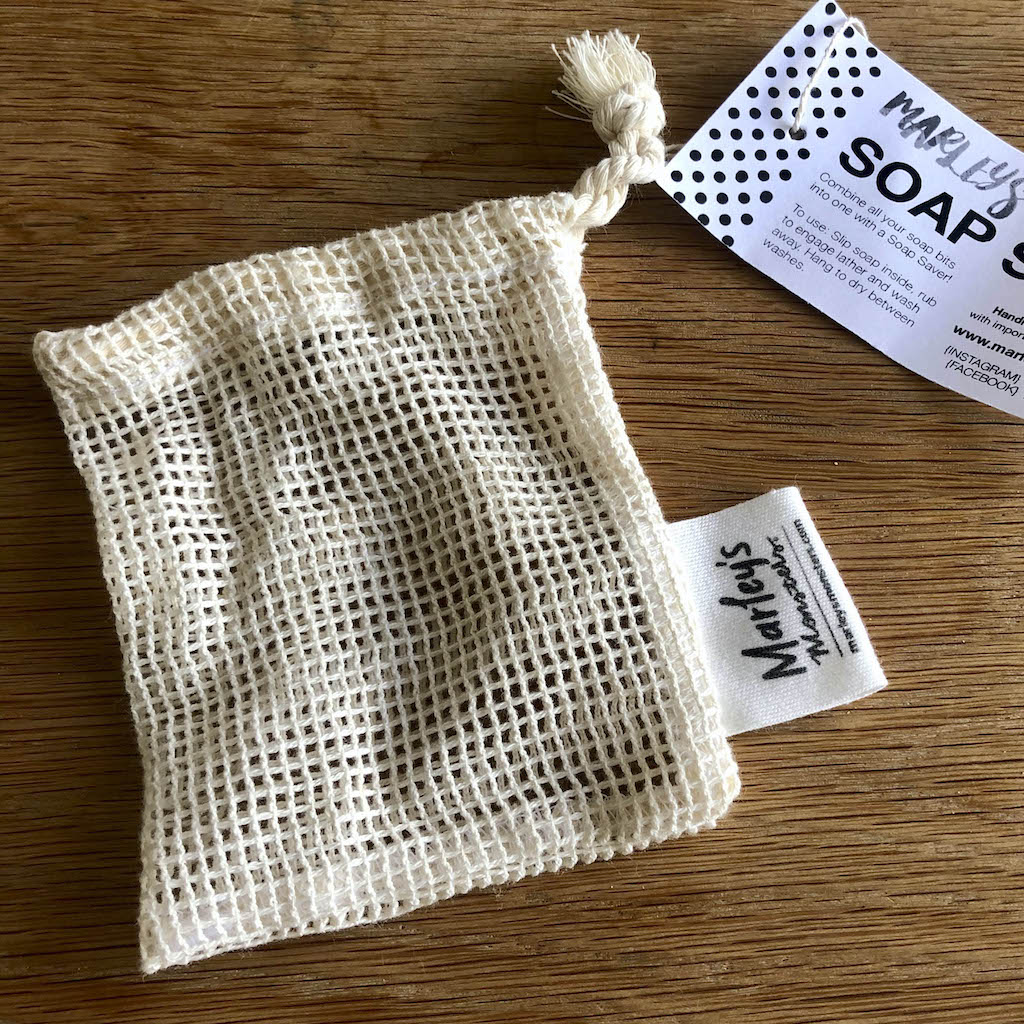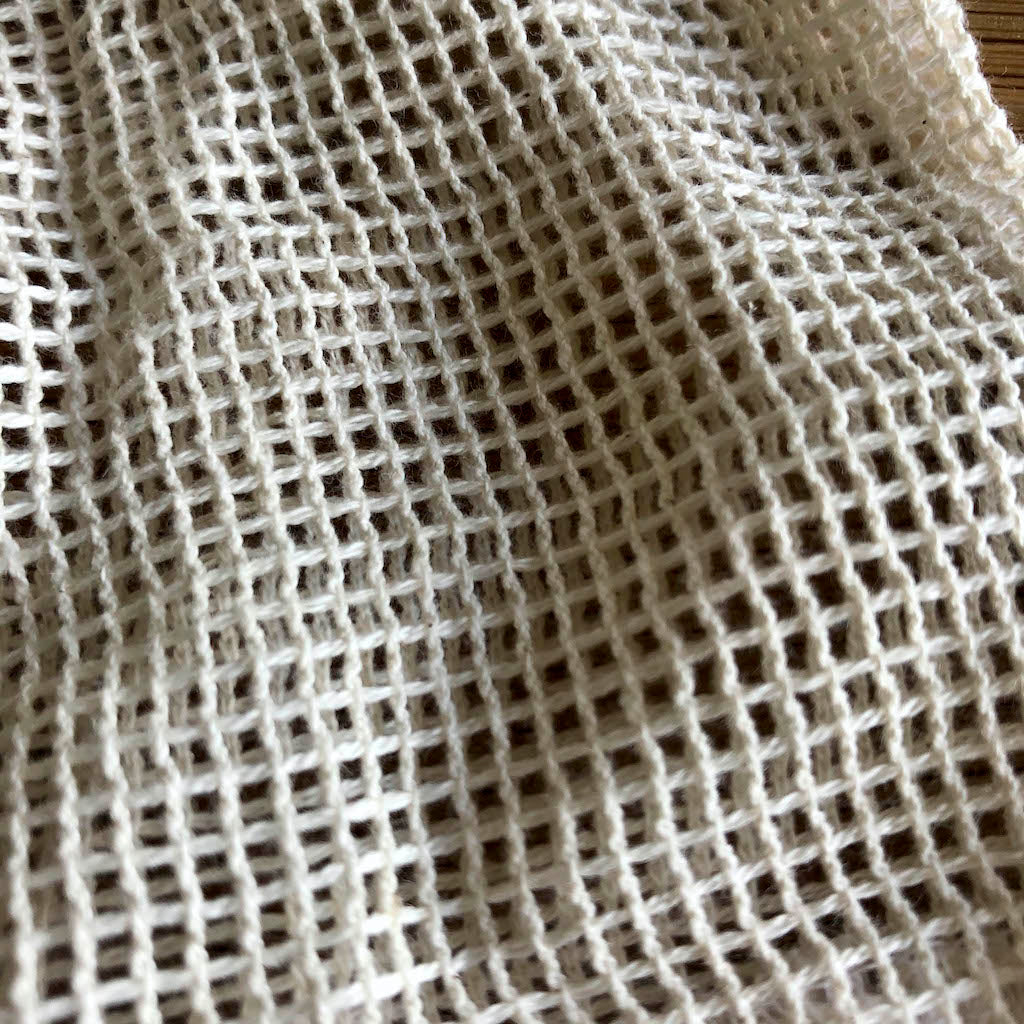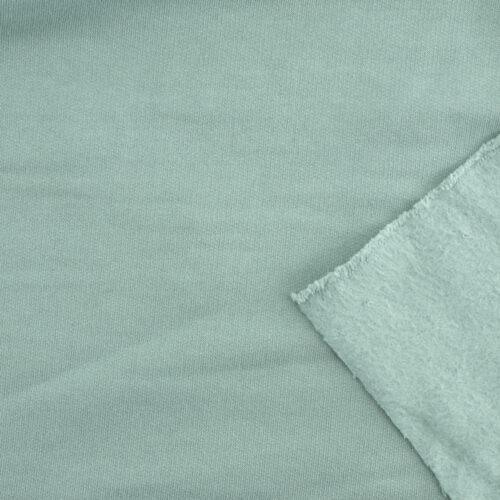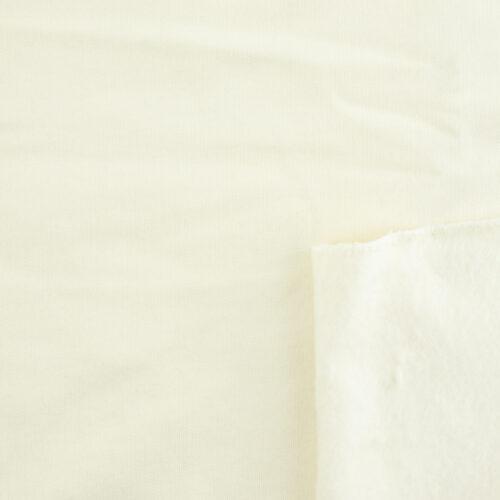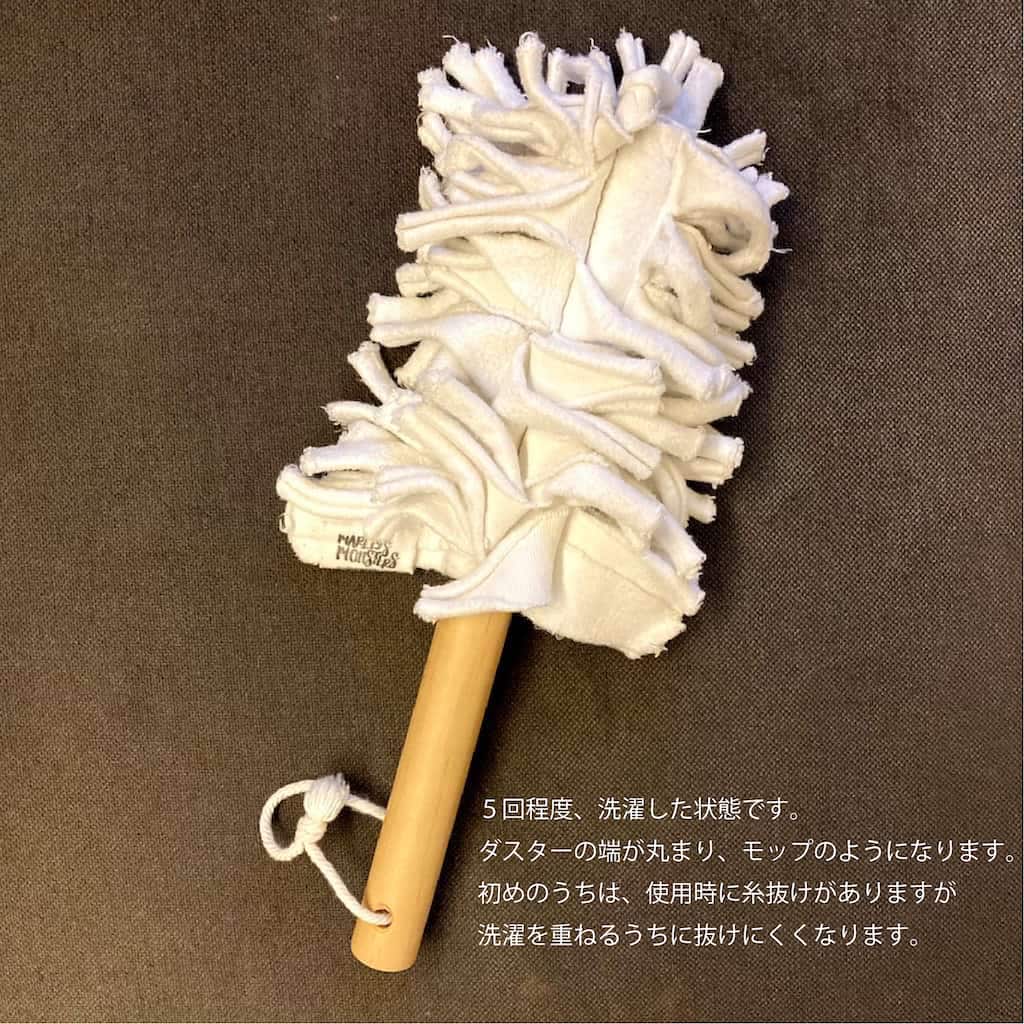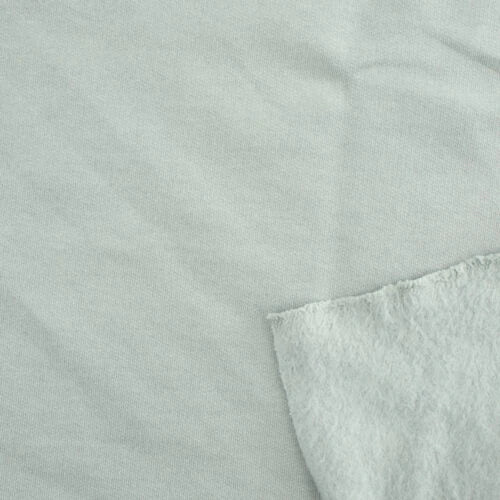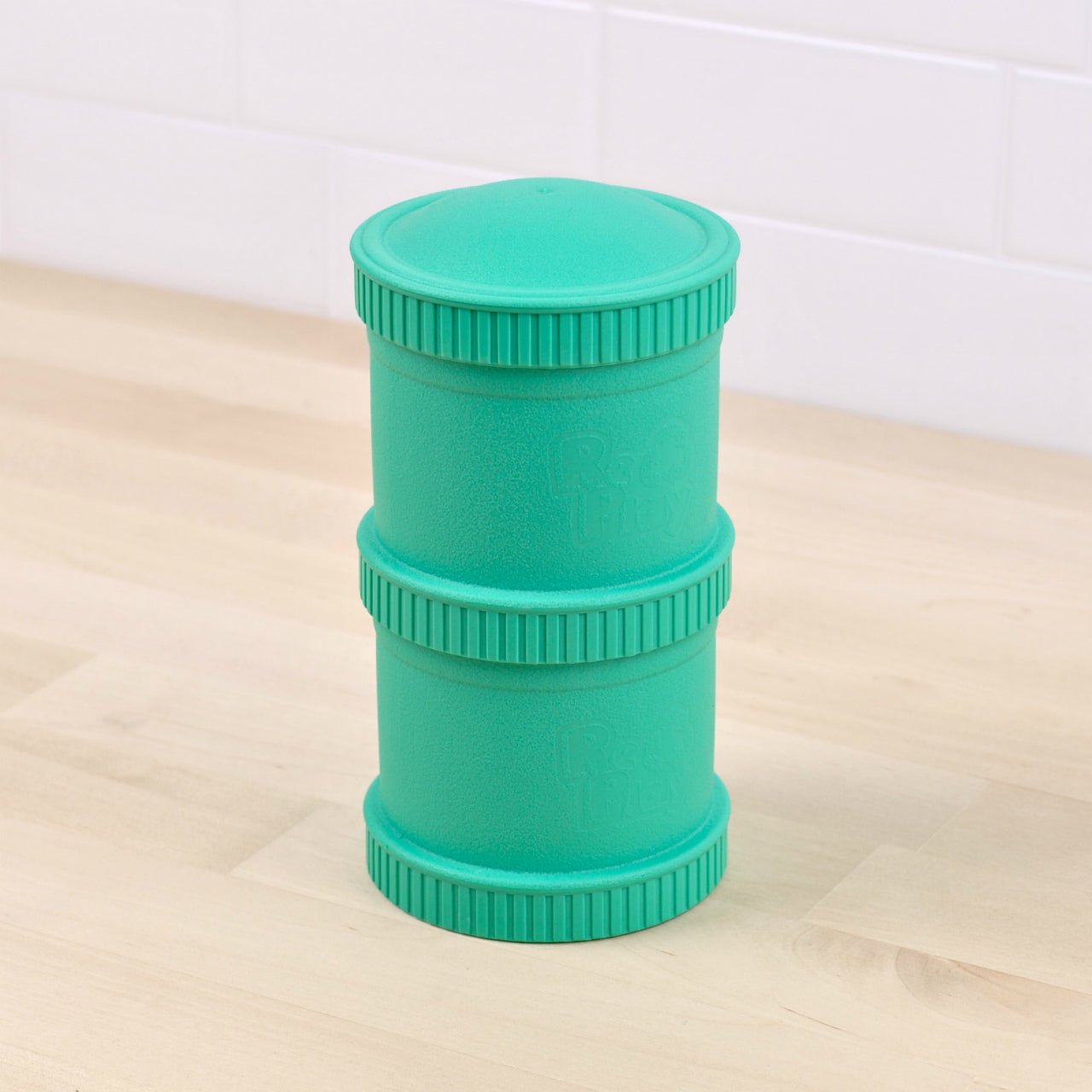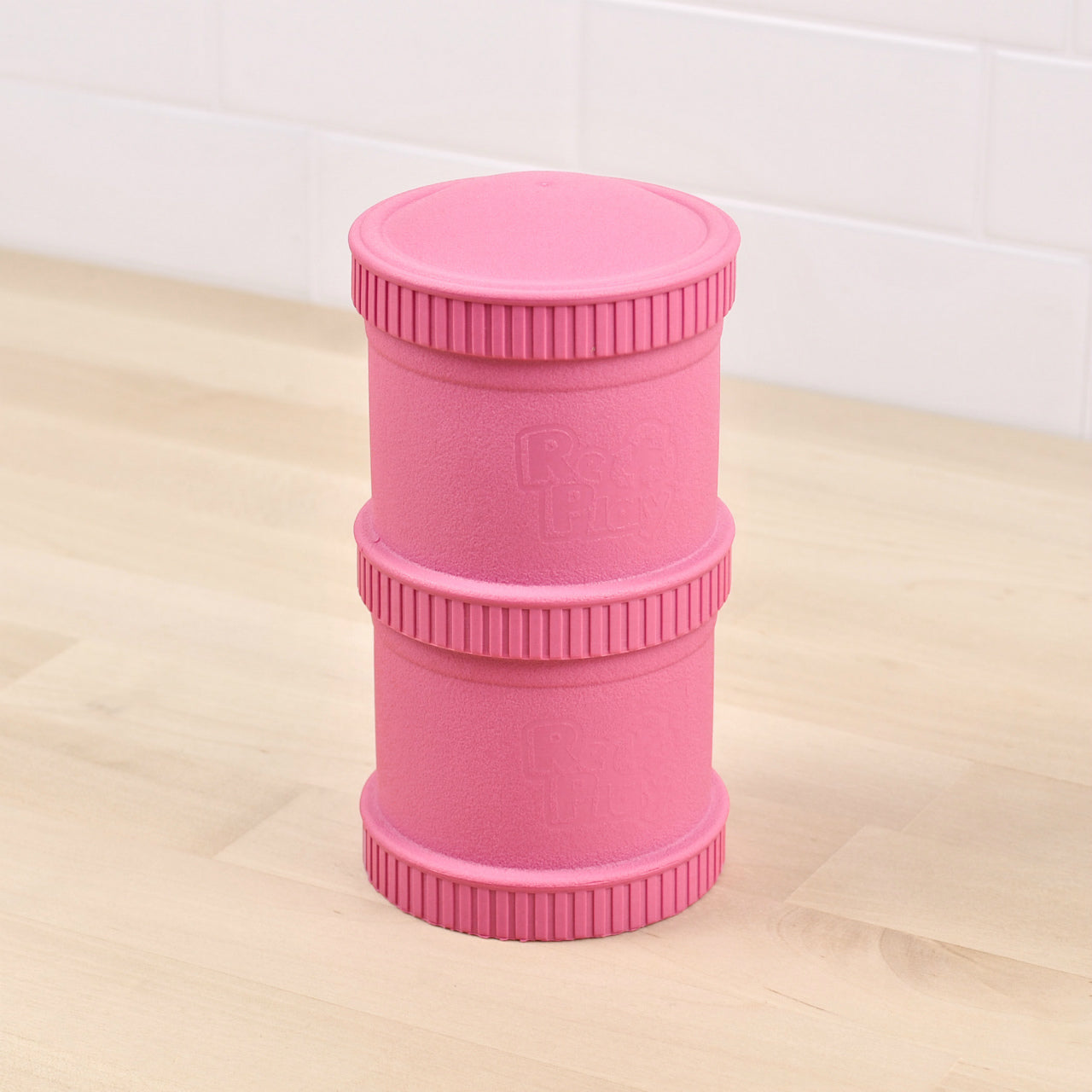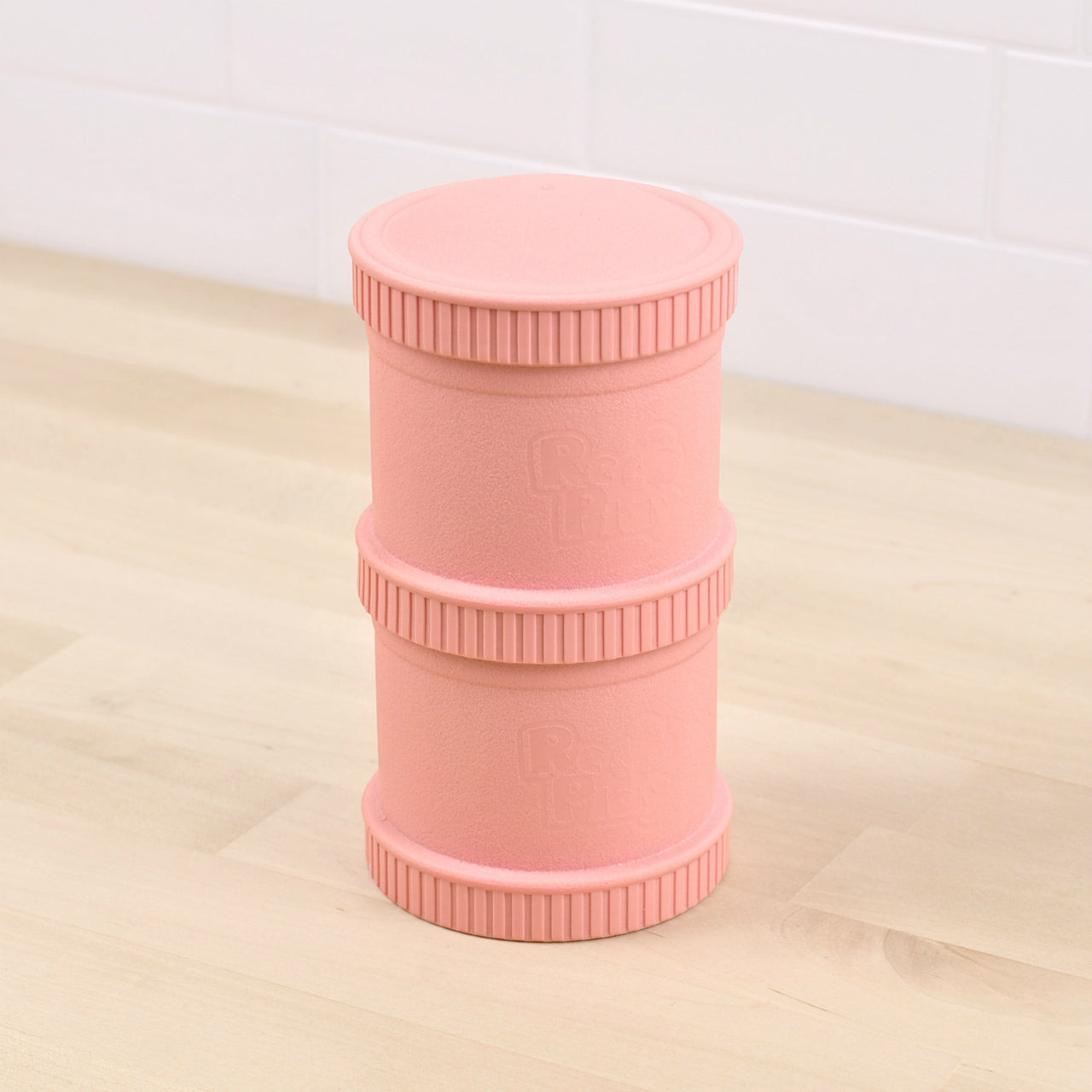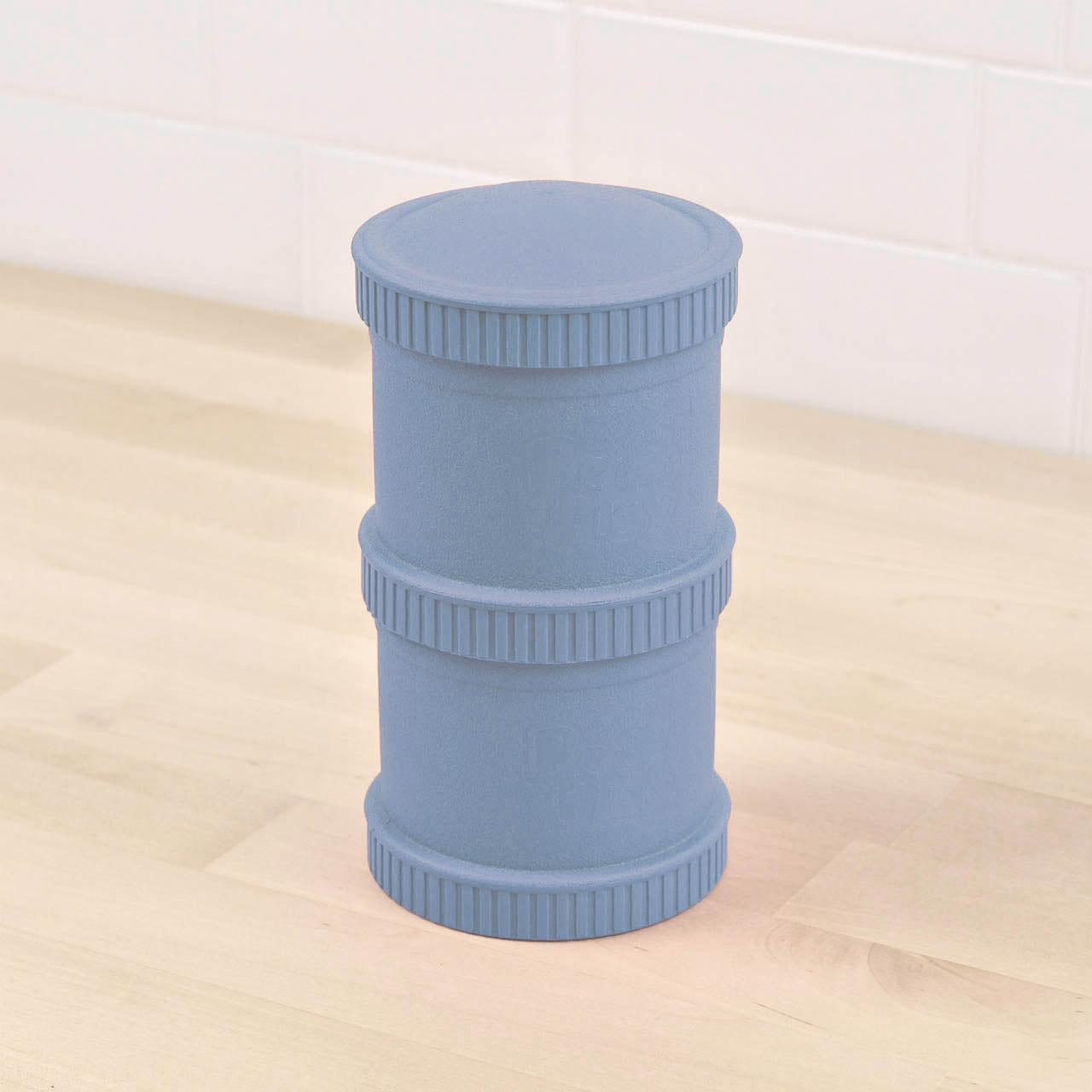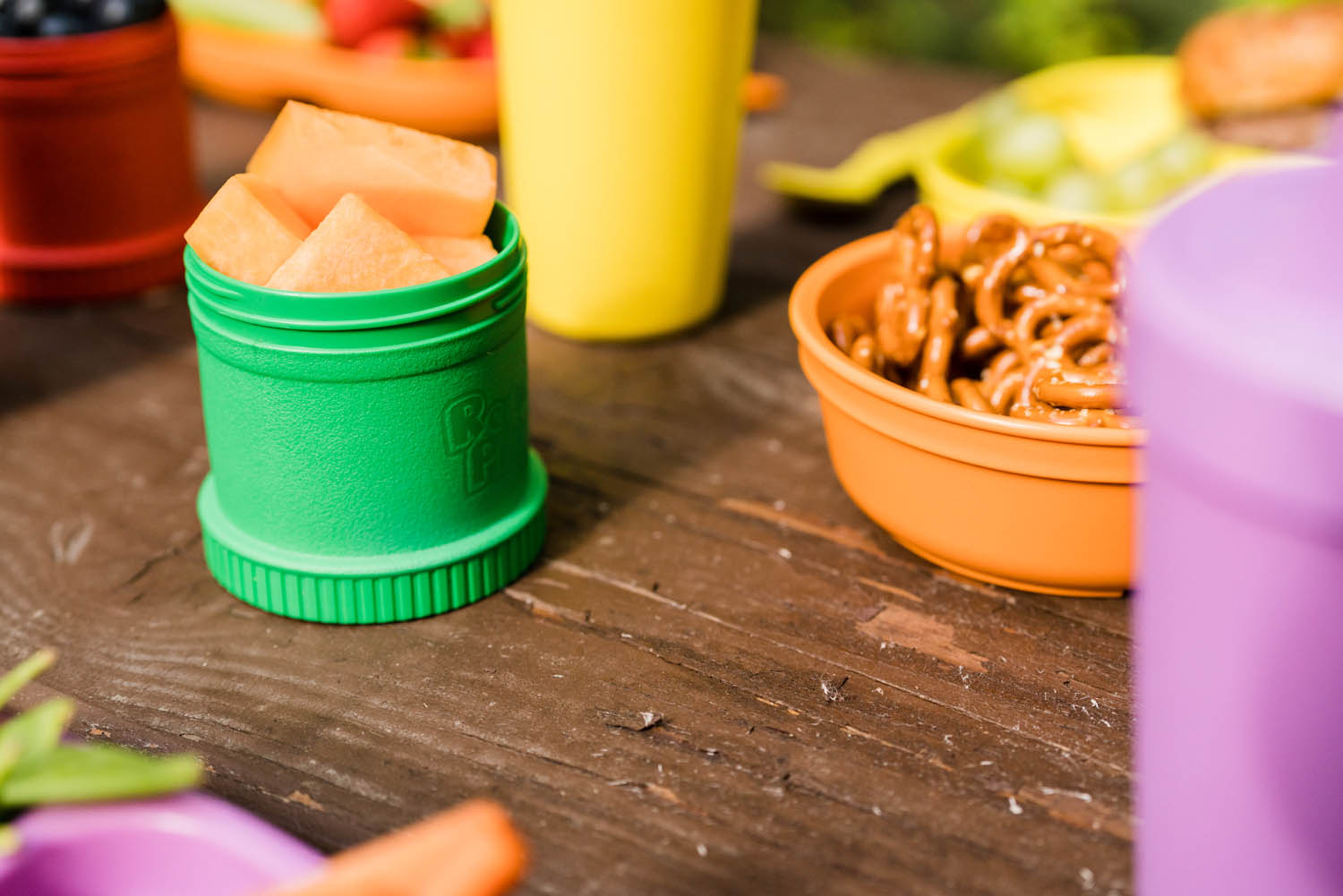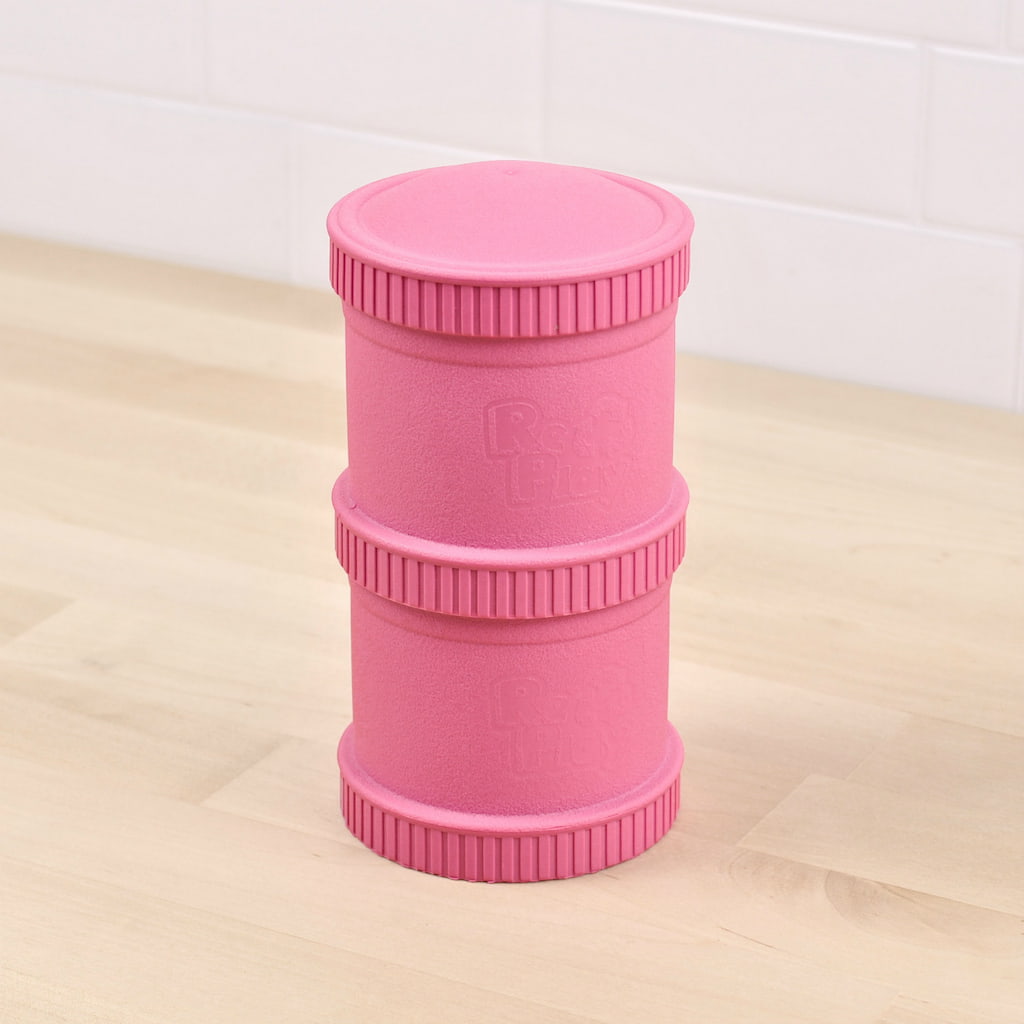
The reality is that we unknowingly release a significant number of microplastic particles into rivers in our daily lives.
The reason for this is because of "primary microplastics," tiny plastic particles that are hard to see with the naked eye and unknowingly flow from land into rivers. ("Primary microplastics" are tiny particles designed for commercial use, such as cosmetics, as well as microfibers shed from clothing and other textiles, such as fishing nets.)
The International Union for Conservation of Nature (IUCN) report describes the percentage this way:
There are also other types of microplastics, called "secondary microplastics," particles that result from the breakdown of larger plastic items, such as water bottles. This breakdown is caused by exposure to environmental factors, mainly the sun’s radiation and ocean waves. Masks and plastic trash found on the streets are one of these microplastics.
However, I was once told by a scholar who said:
"In Japan, there is no garbage on the streets. The streets are really clean, and the problem of plastic emitted from households needs to be solved first to make bigger changes."
I am sure that this does not mean that there is no trash at all, but that there is much less trash than in the rest of the world. Indeed, even in the neighborhoods where we participate in street cleanup, we pick up about 1 to 2 45-liter bags after walking around for more than an hour. When you think about it, the amount of trash on the streets is perceived as almost nothing.
Of course, littering is not good, and it is good to pick up trash for the sake of environmental beautification. However, I feel that it is equally important to raise awareness of problems in areas that are more familiar and difficult to visualize as well as activities to pick up trash that someone else has thrown away.
As mentioned earlier, 35% (more than 1/3) of all "primary microplastics" are shed through friction when washing or wearing synthetic fabrics.
We encourage everyone to use the GUPPYFRIEND Washing Bag so that we can bring this problem closer to home and lead to a bigger solution.

This bag is designed to minimize microfiber loss due to washing. It took 3 years to develop this product, which has been repeatedly tested and proven to be effective by various research institutes. (The product has been patented worldwide.)
[Verification of tests by research institutes].
1. Fibers shed in bags
Clothes containing synthetic fibers: 79% reduction
Garments made of fully synthetic fabrics: 86% reduction
2. Fiber loss from bags
More than 90% reduction (in most cases, 100% retained in the bag)
We, too, use these bags every day while doing laundry. And every few months, we collect the microfibers that have accumulated in the corners. (The product in the photo is an older model)

Microfibers, which are very fine and difficult to see, are not easily visualized, so when they accumulate to the point that they can be seen, remove them with tweezers or similar tools. Also, removed microfibers (synthetic fibers) are very light.


Once you take out the microfibers, we recommend that you store them in an airtight container until you have a large amount to keep them from being blown away by the wind. This is also your chance to make your actions visible!
Finally, according to a IG post by GUPPYFRIEND, the amount of microfiber that 100,000 households generate through daily laundry is equivalent to 15,000 plastic bags. This is also astonishing.
One for every household! is our goal, and we are now starting wholesale sales to retailers nationwide. We welcome questions from companies and retailers, so please contact us via our contact form.
You can also purchase the bag from Borderless Creations online store, so please visit the product page!

![[MEDIA] DECEMBER 2, 2025](http://borderlesscreations.com/cdn/shop/articles/MEDIA_3.png?crop=region&crop_height=1080&crop_left=0&crop_top=0&crop_width=1080&v=1764653760&width=1080)
